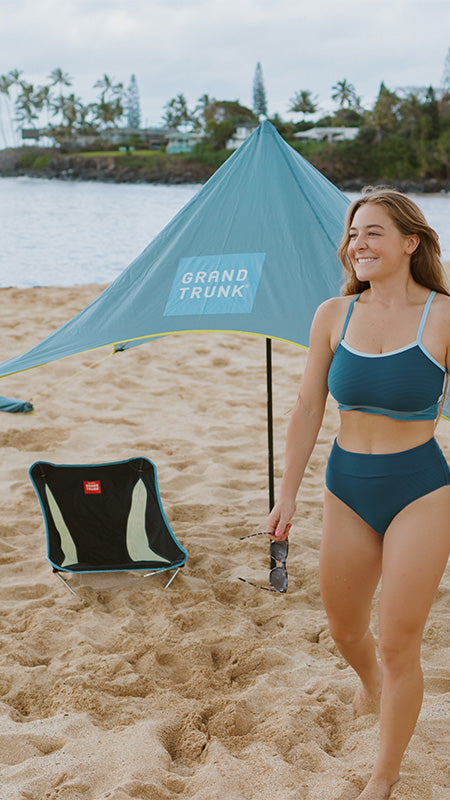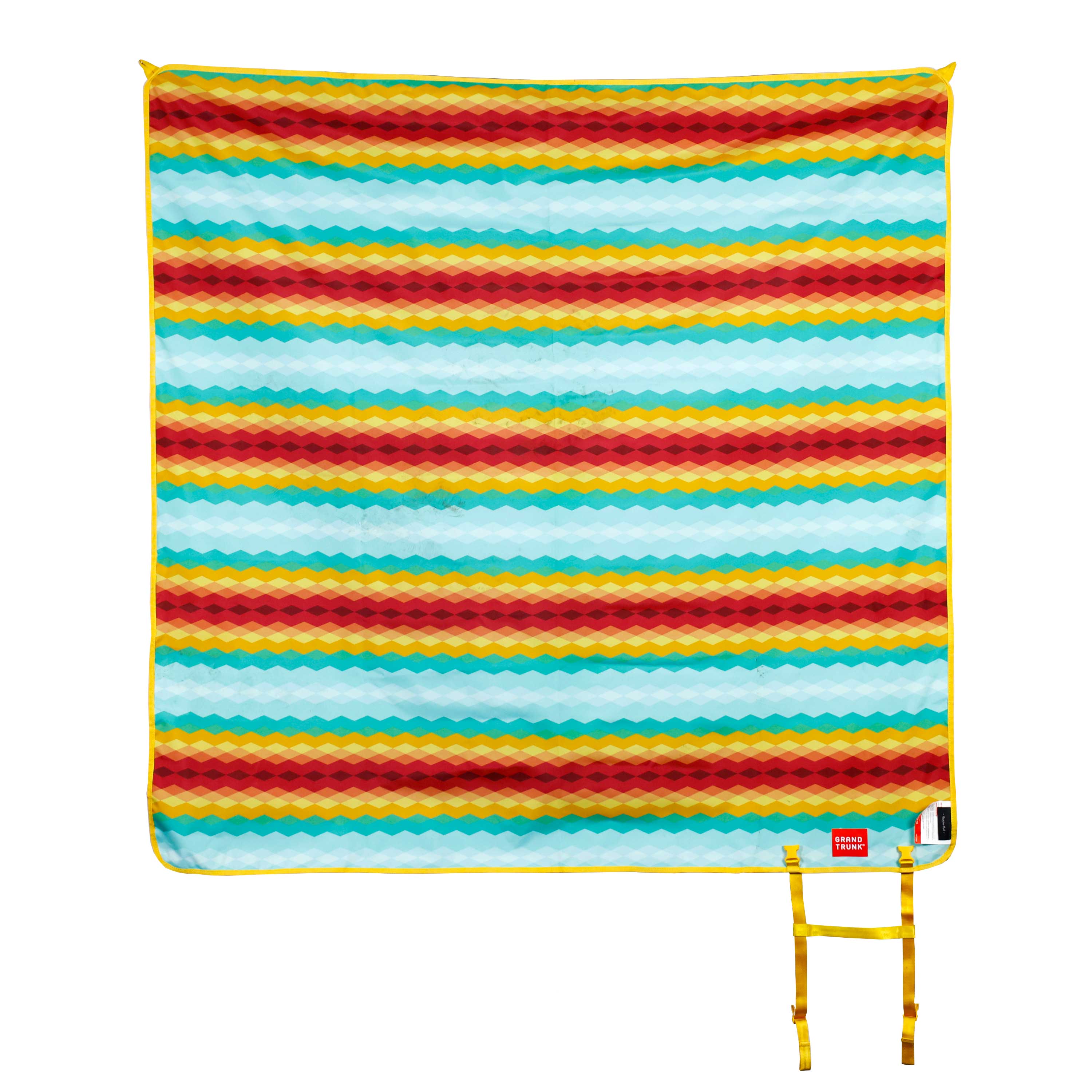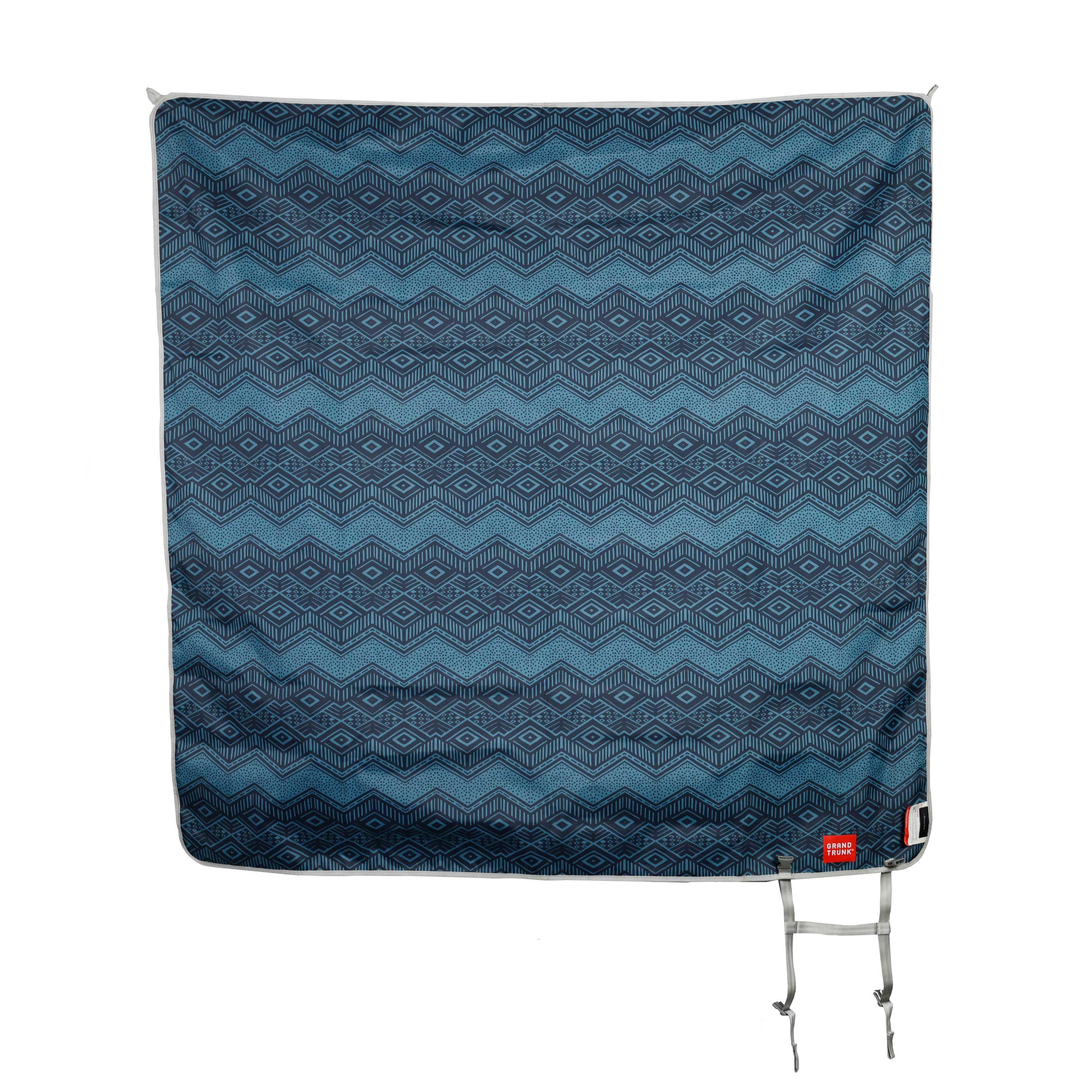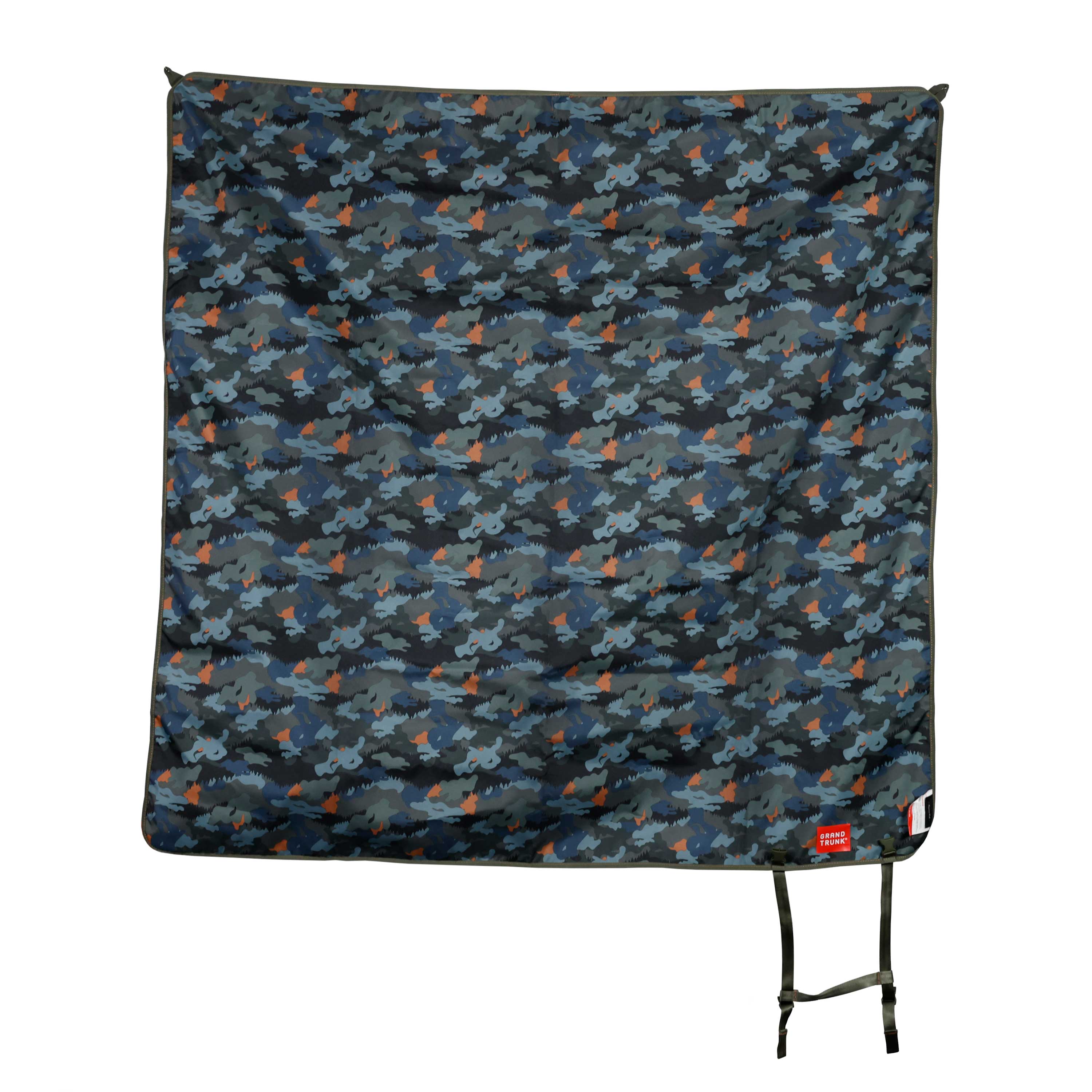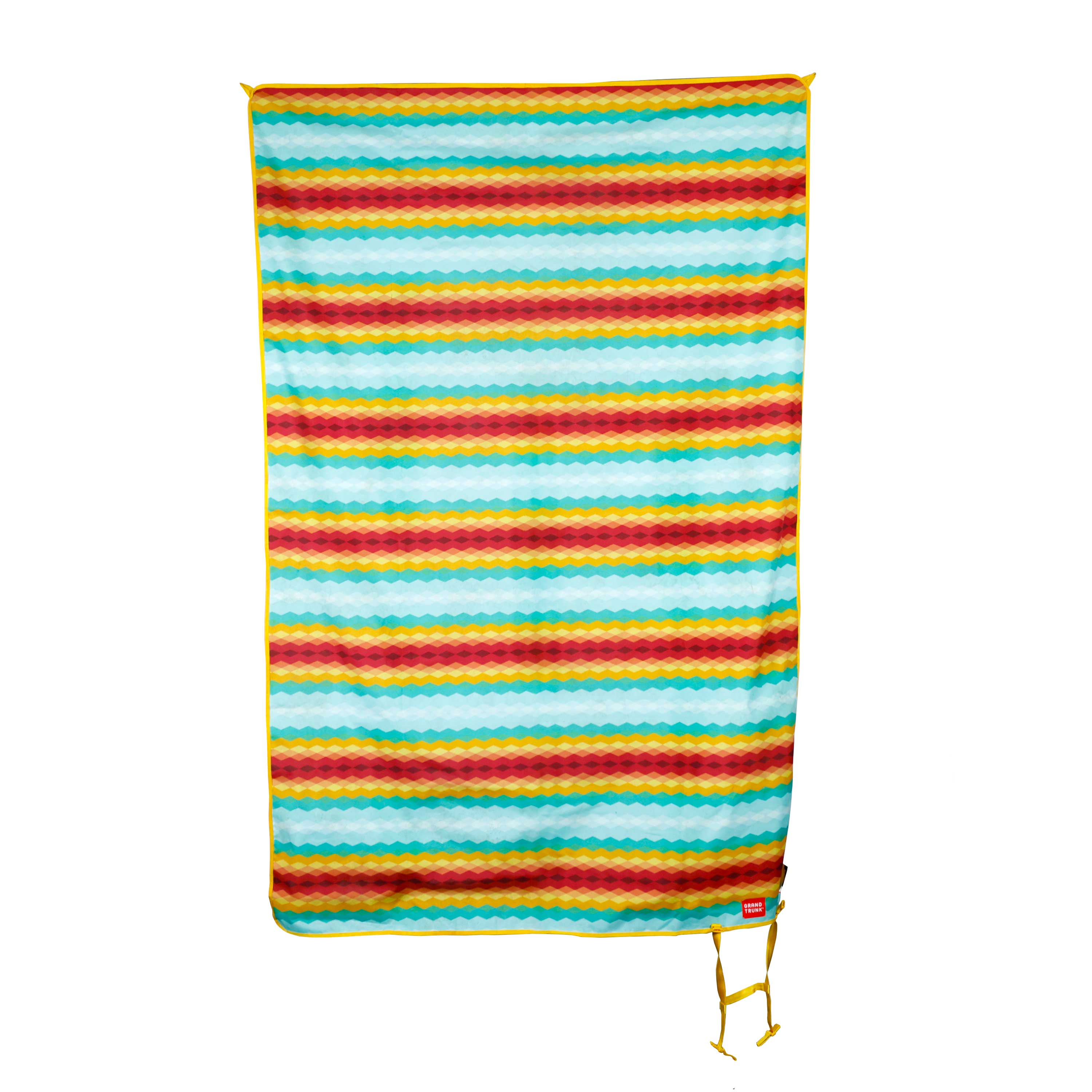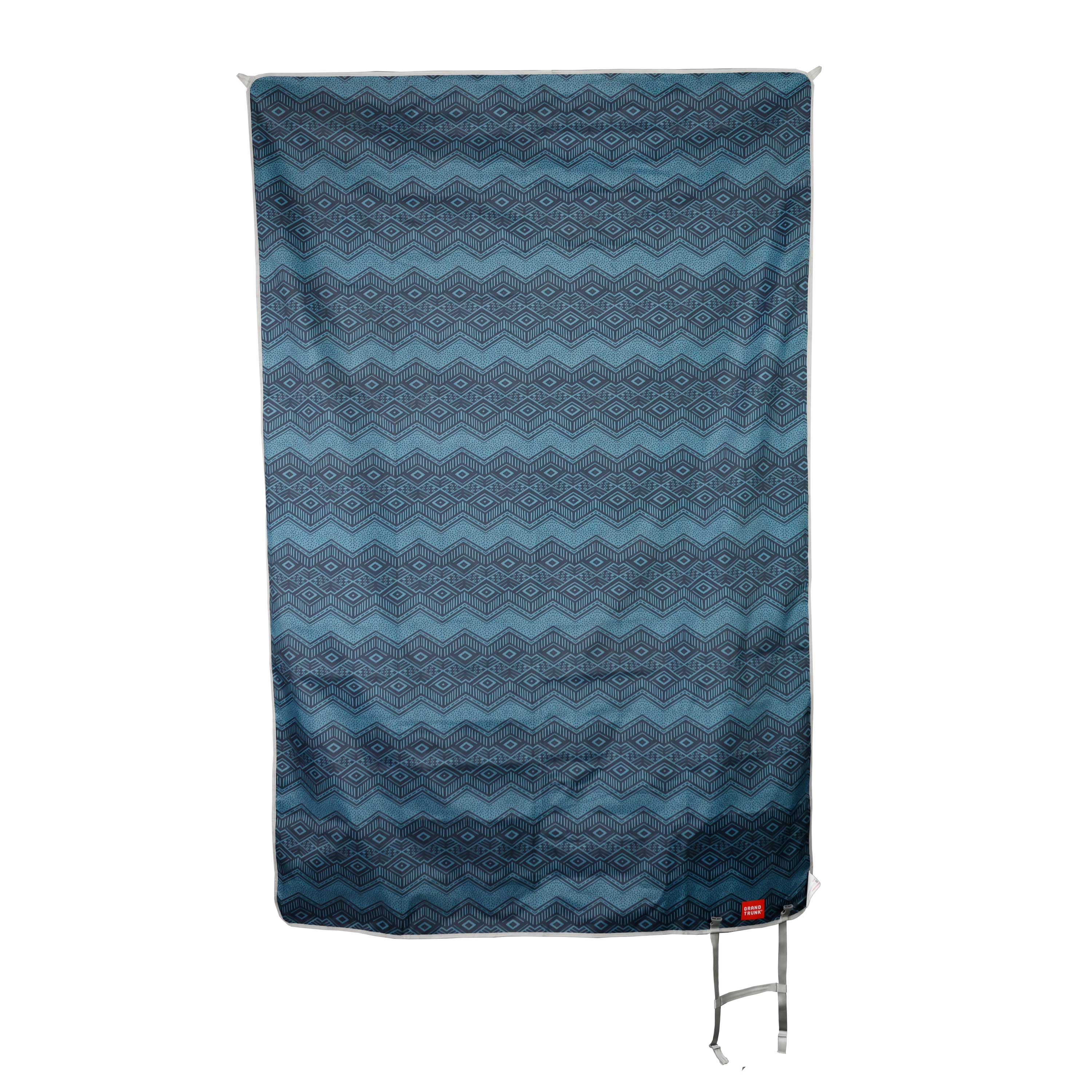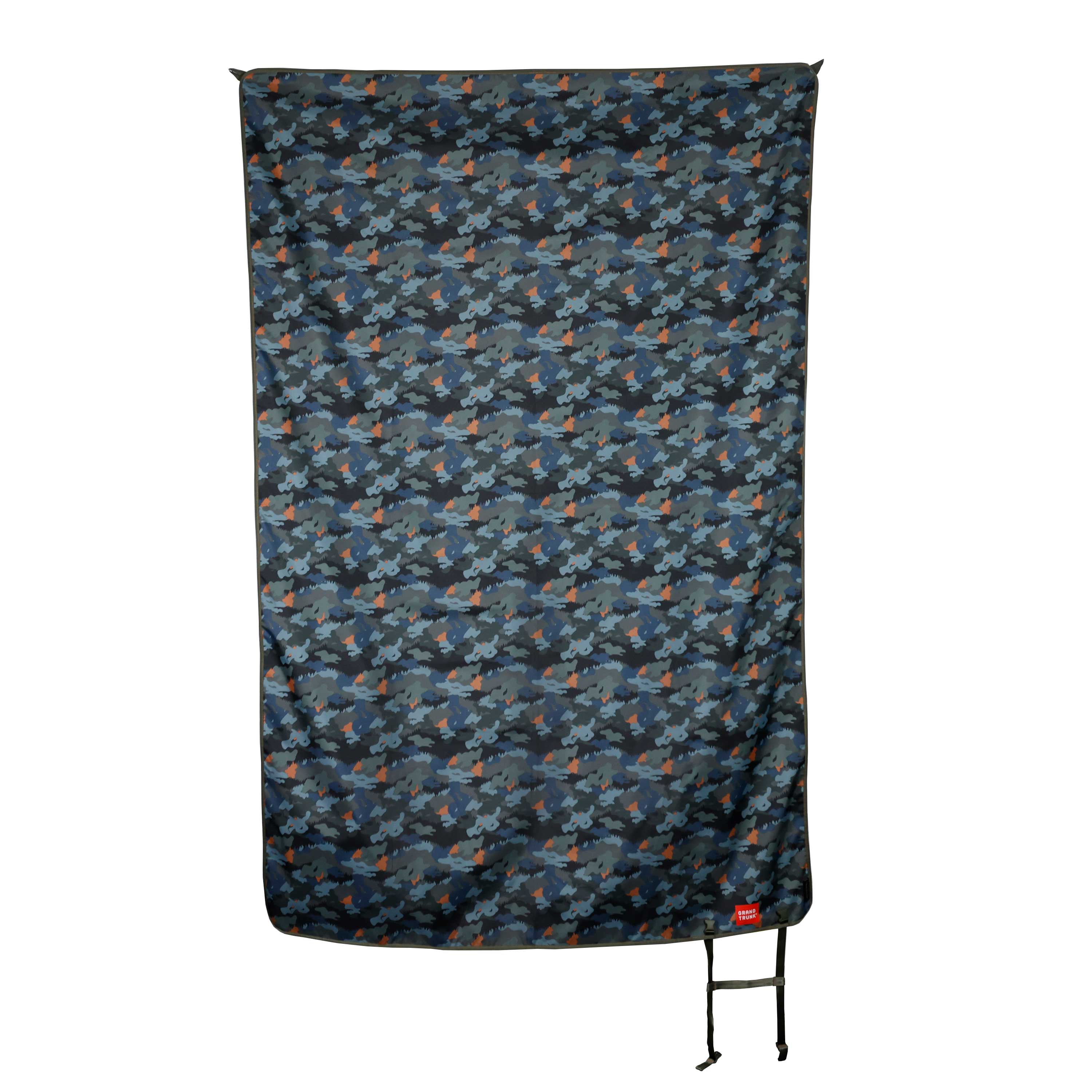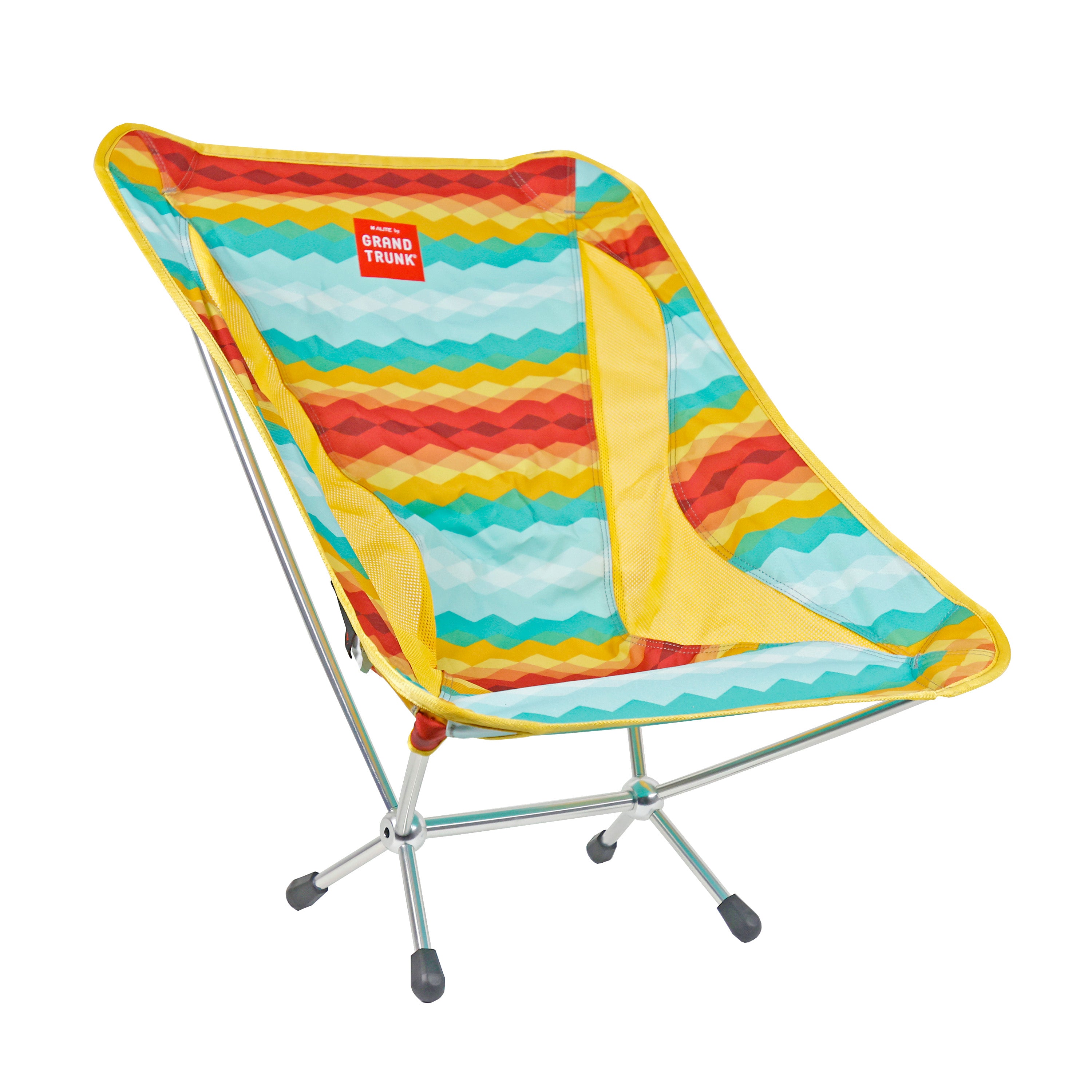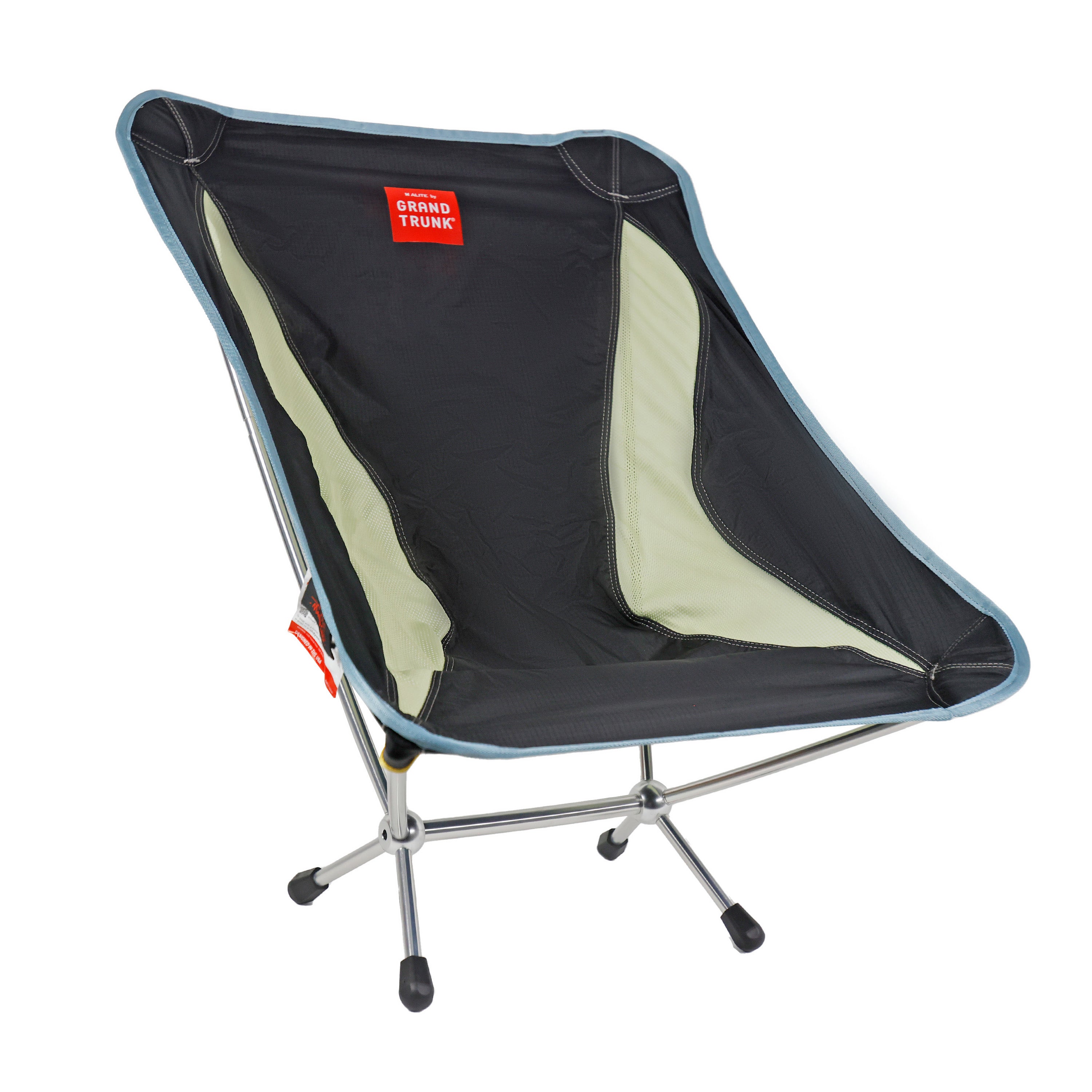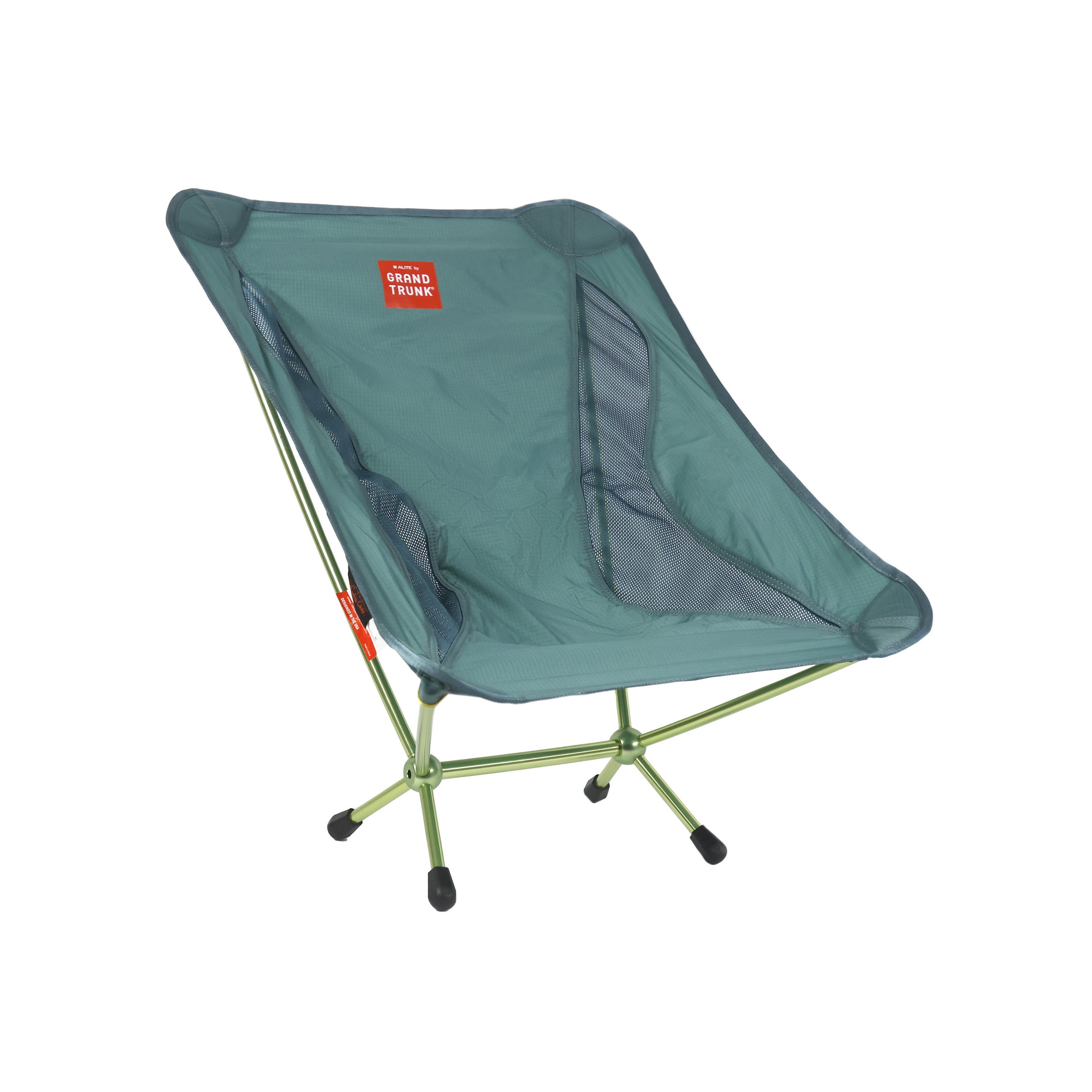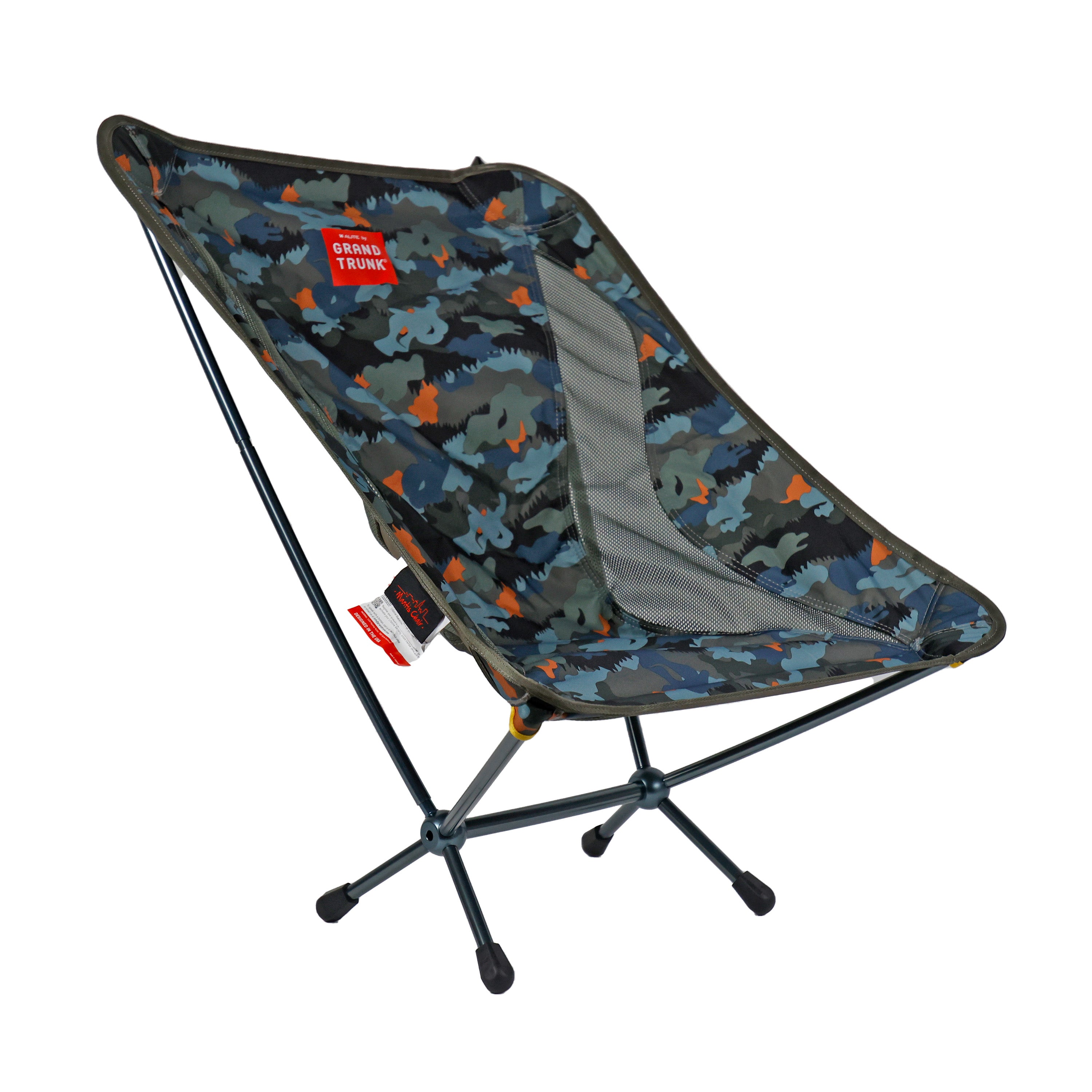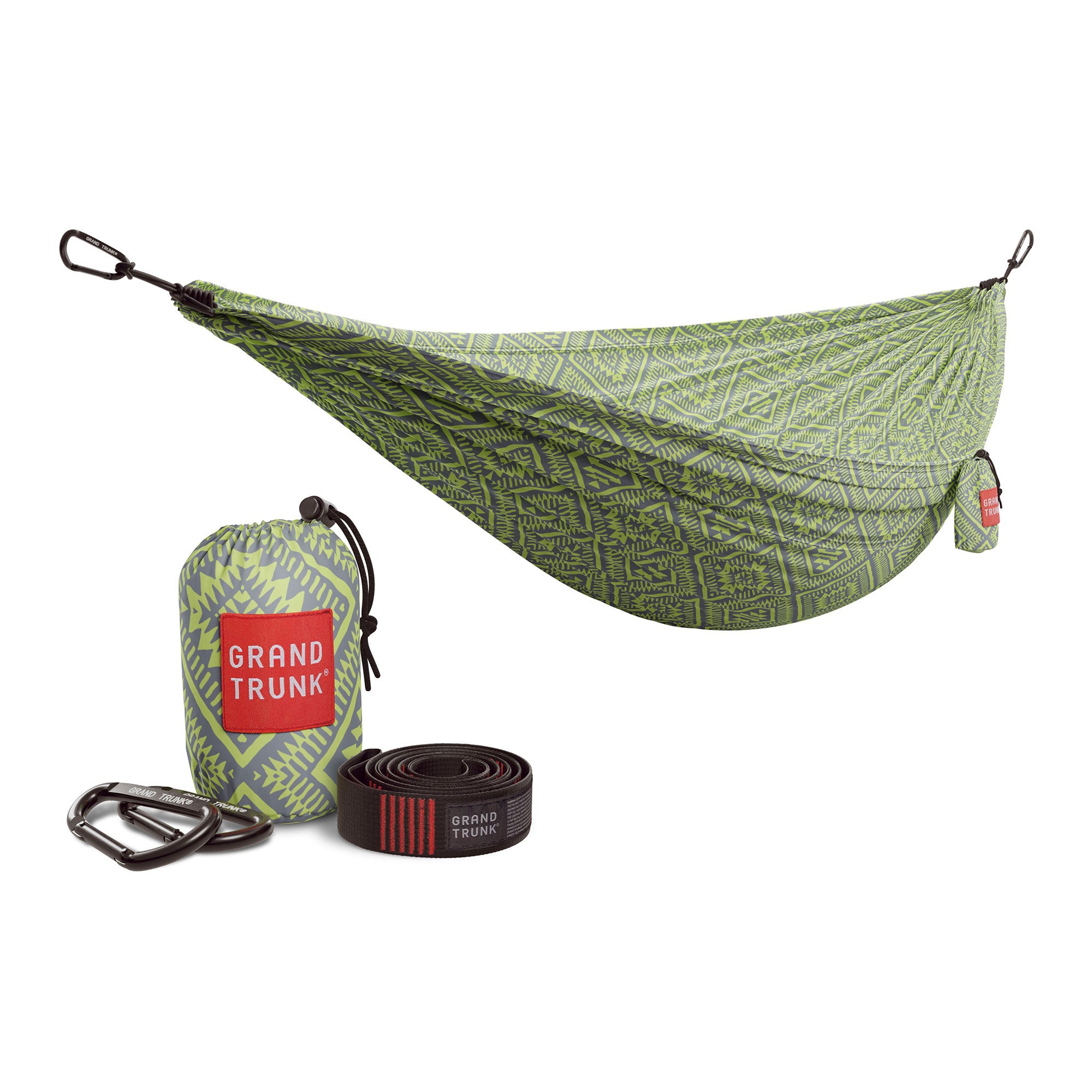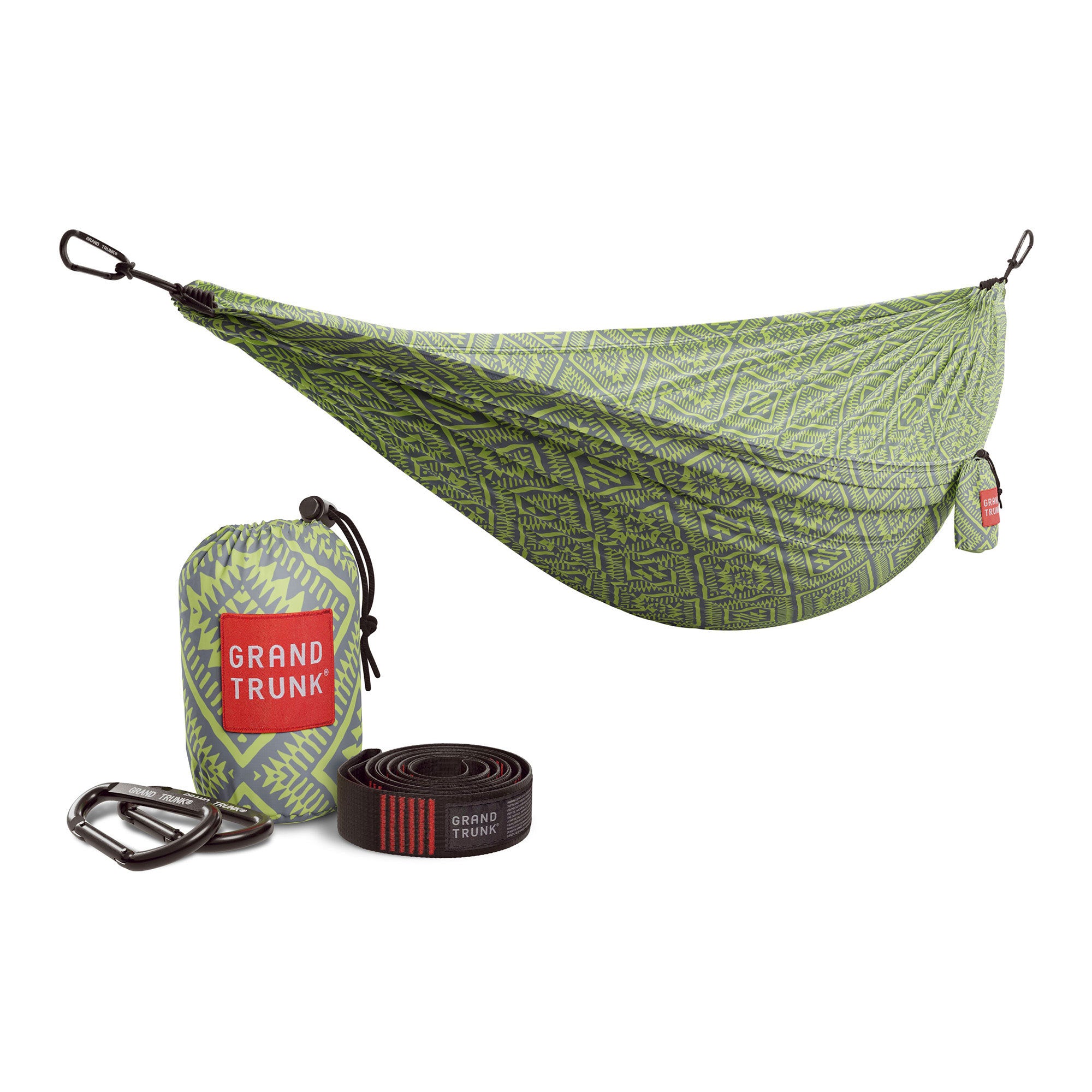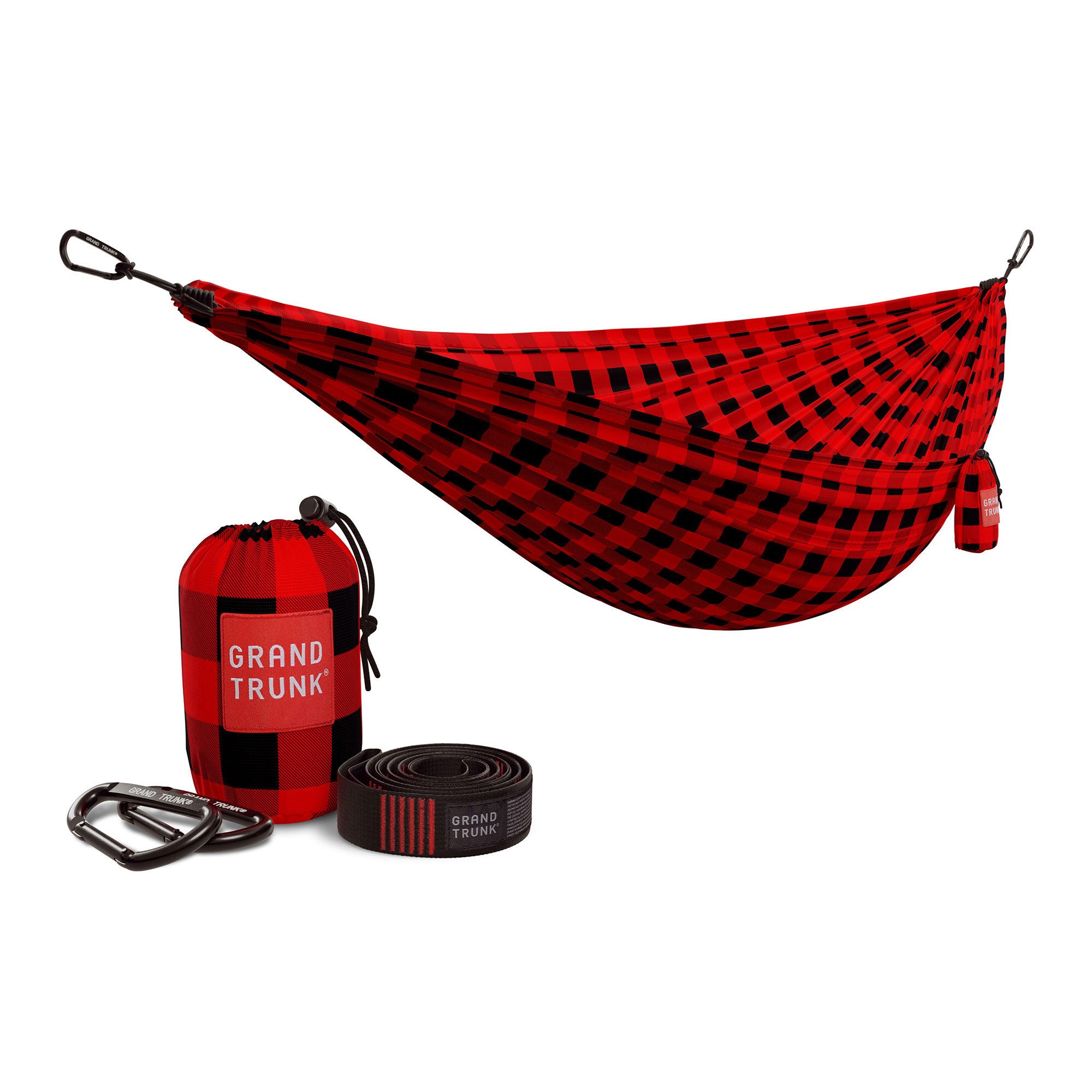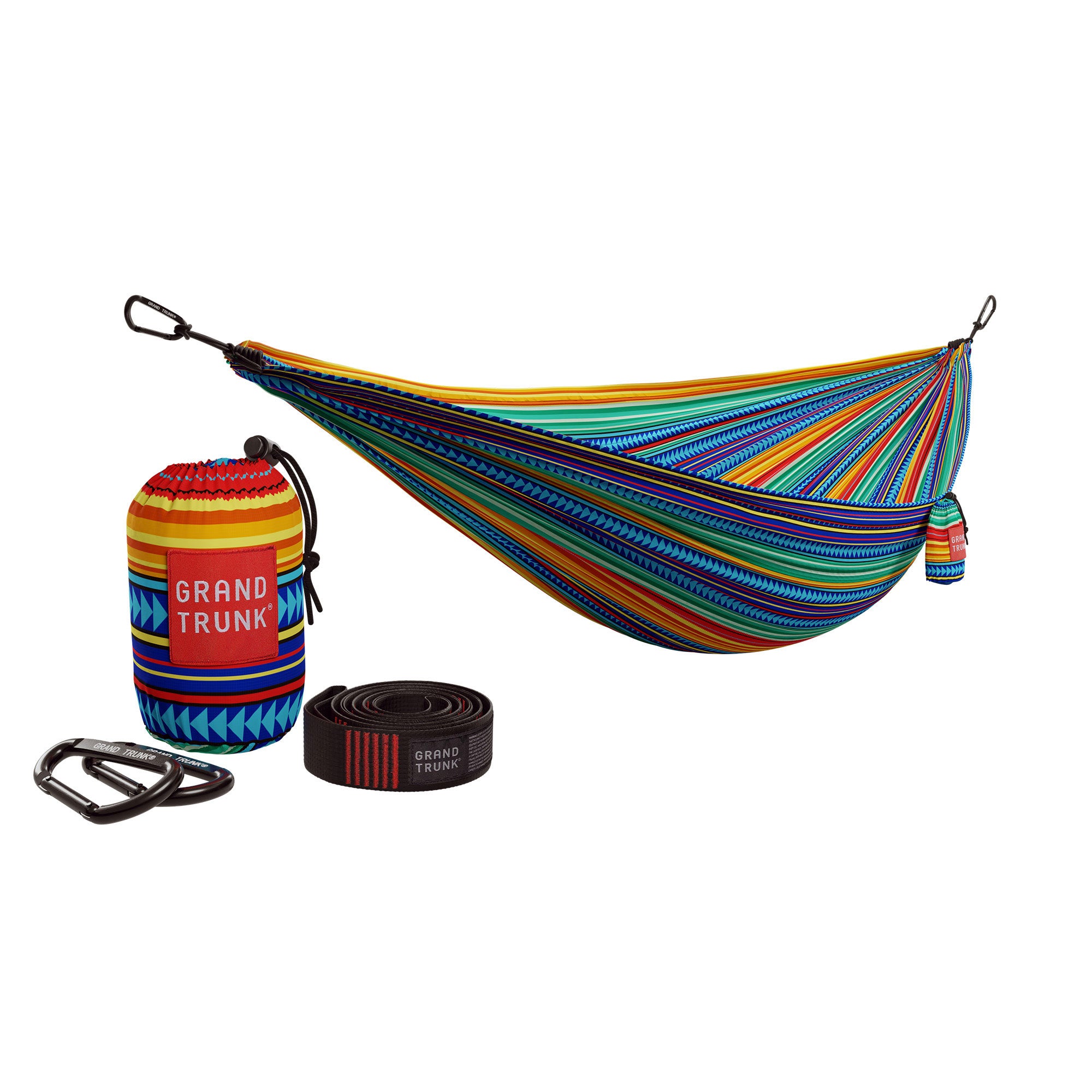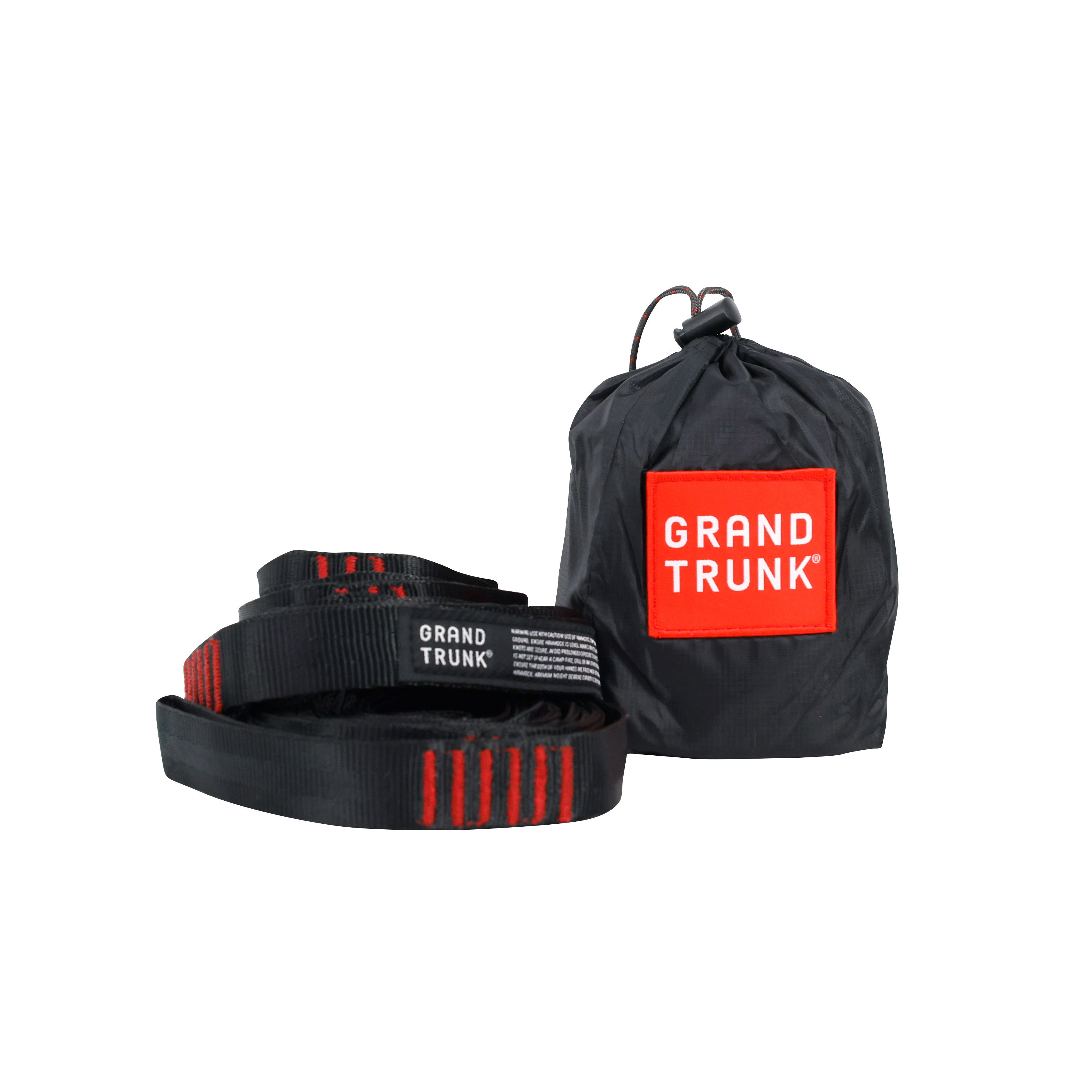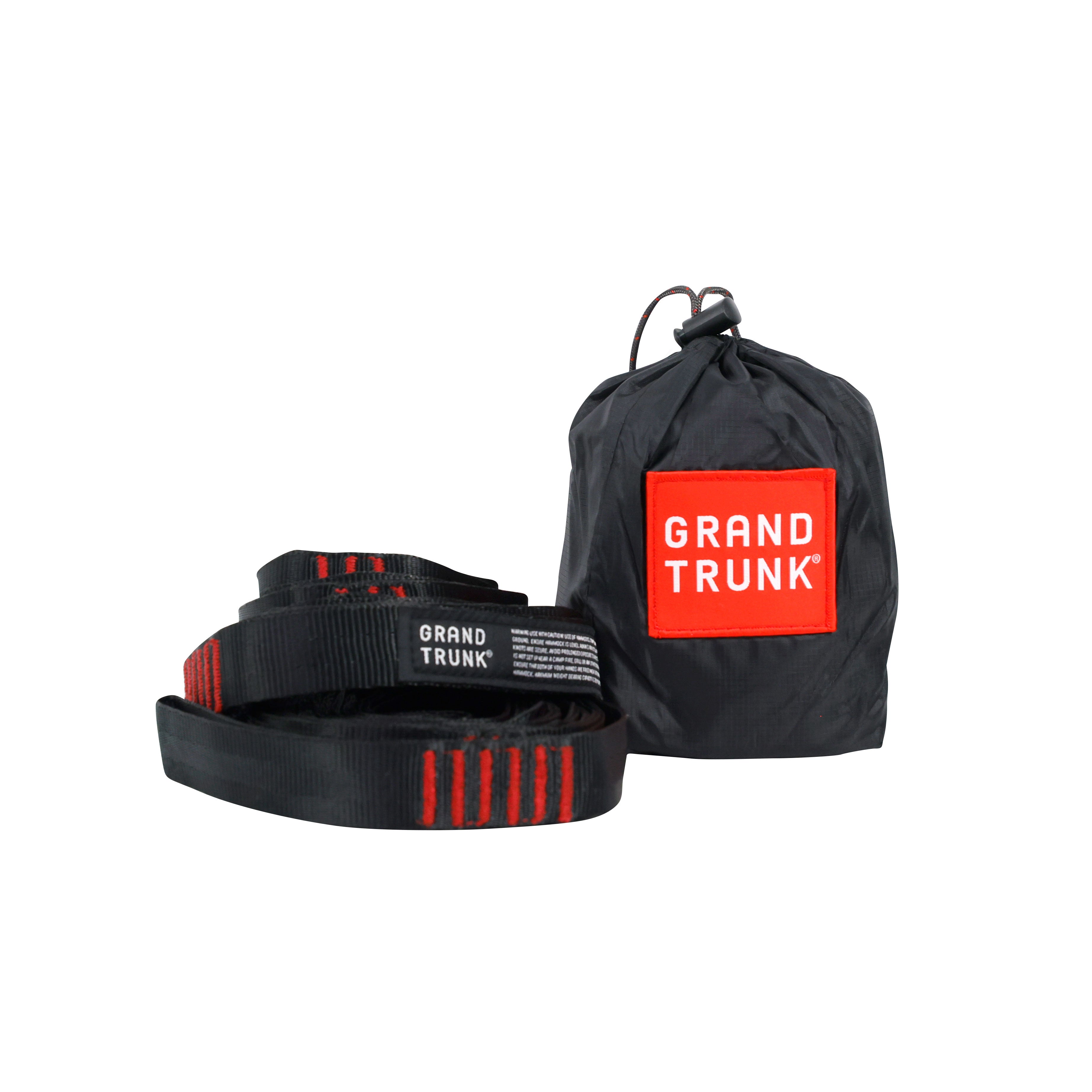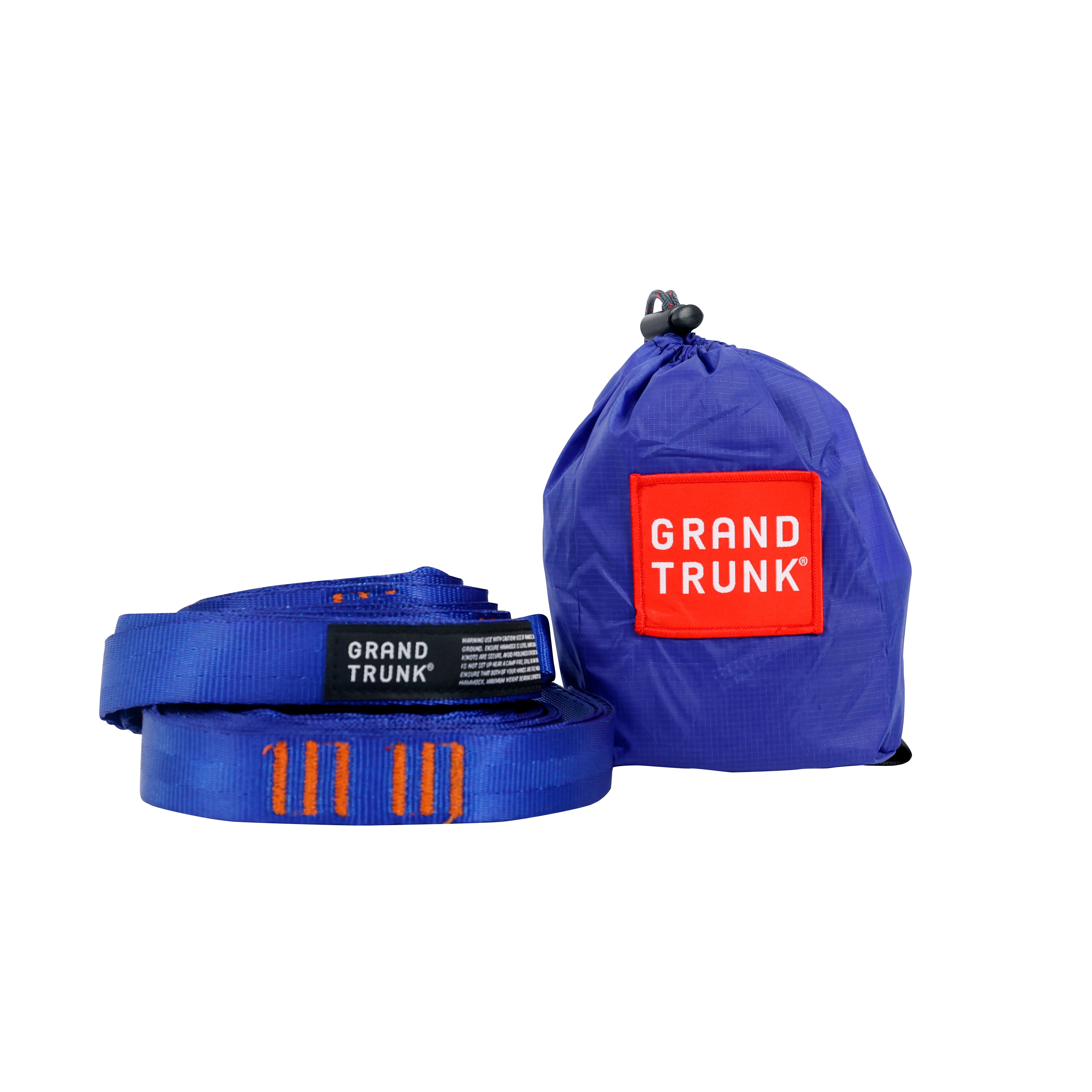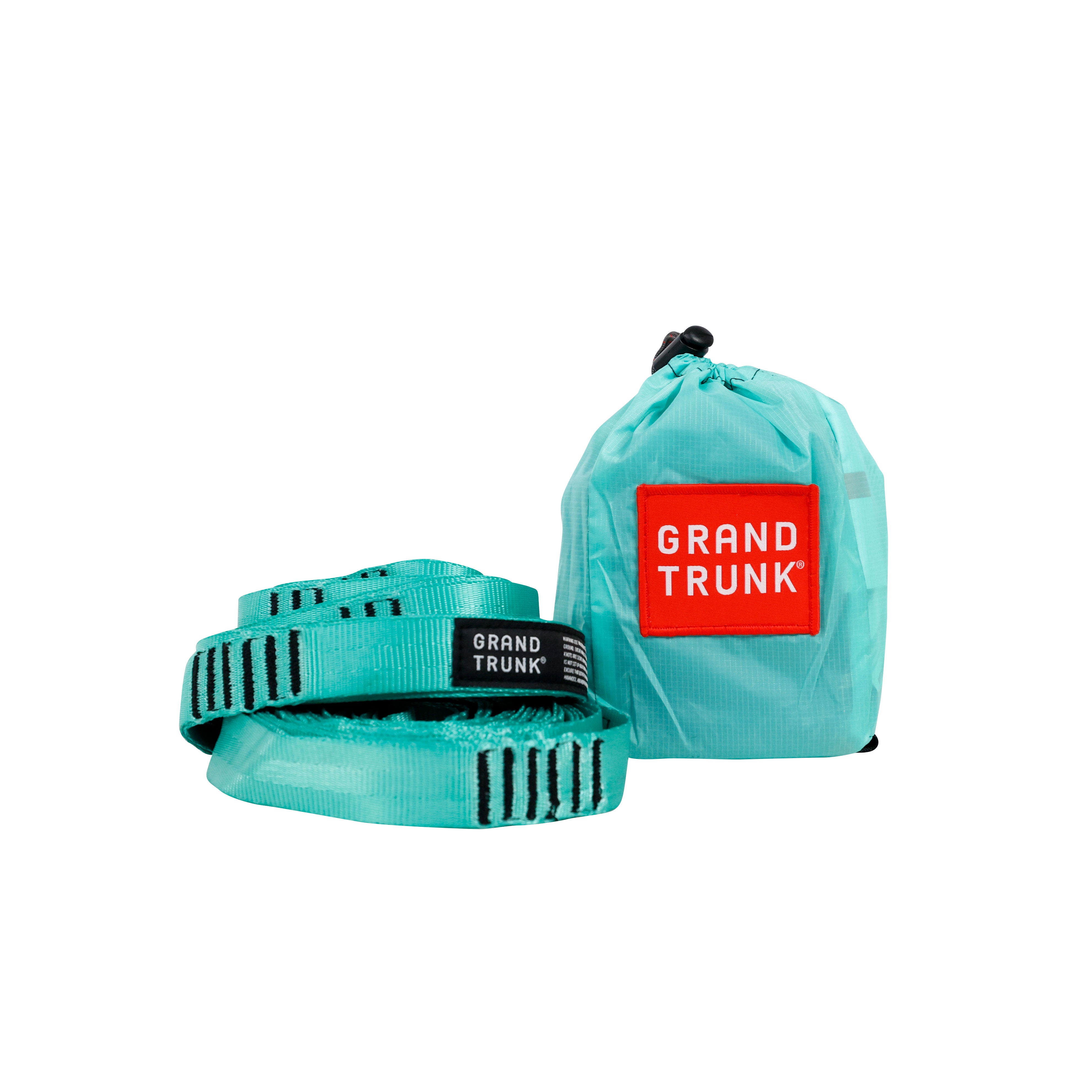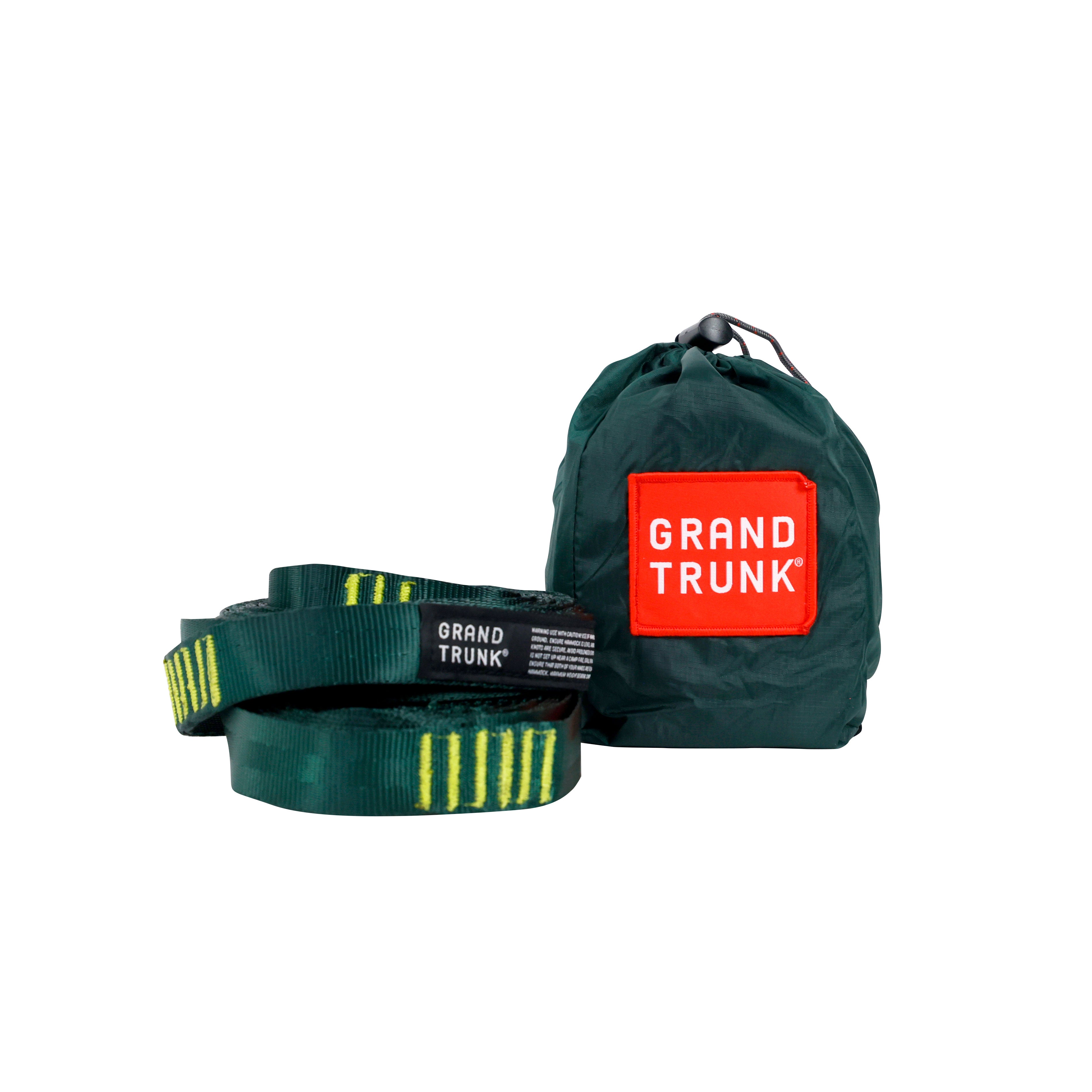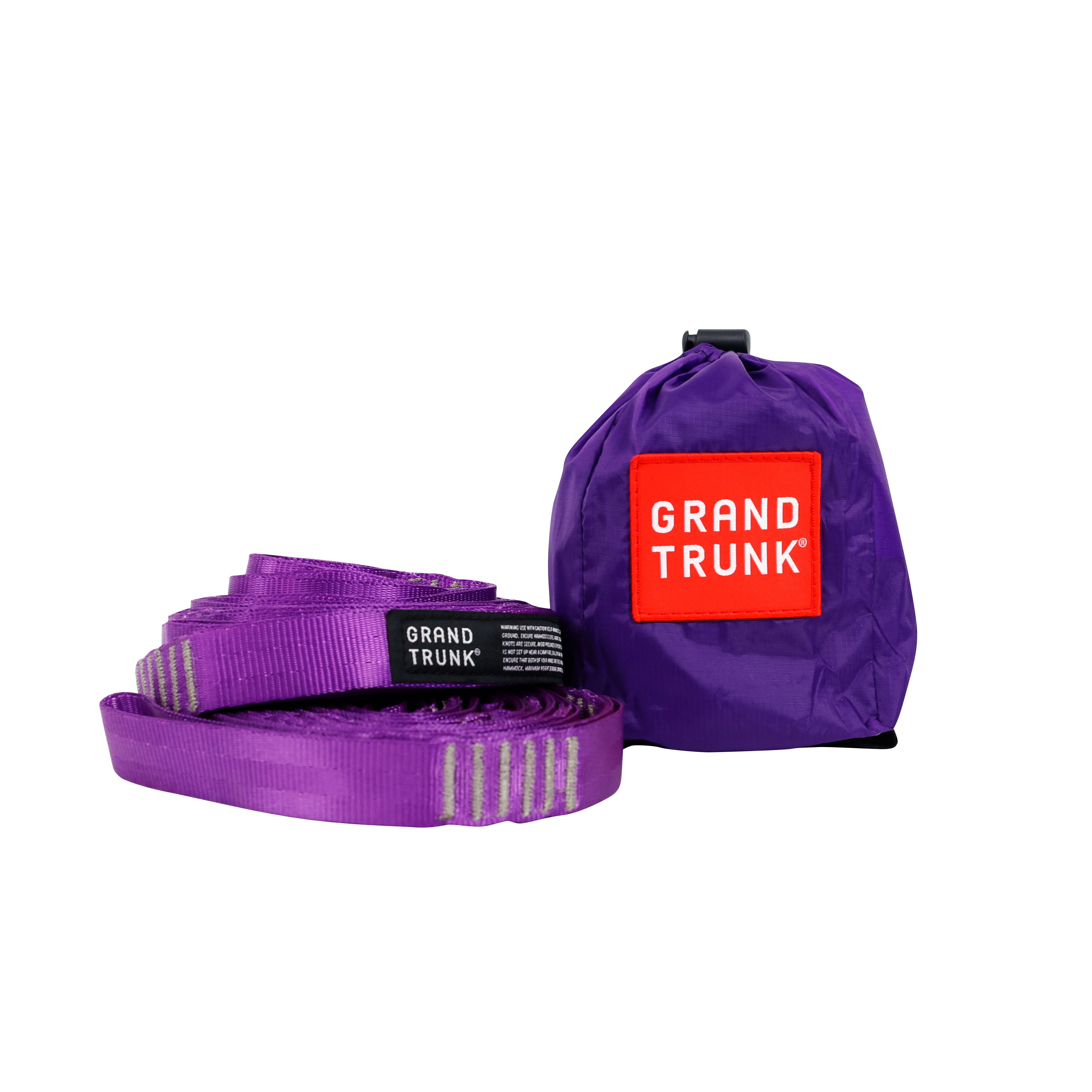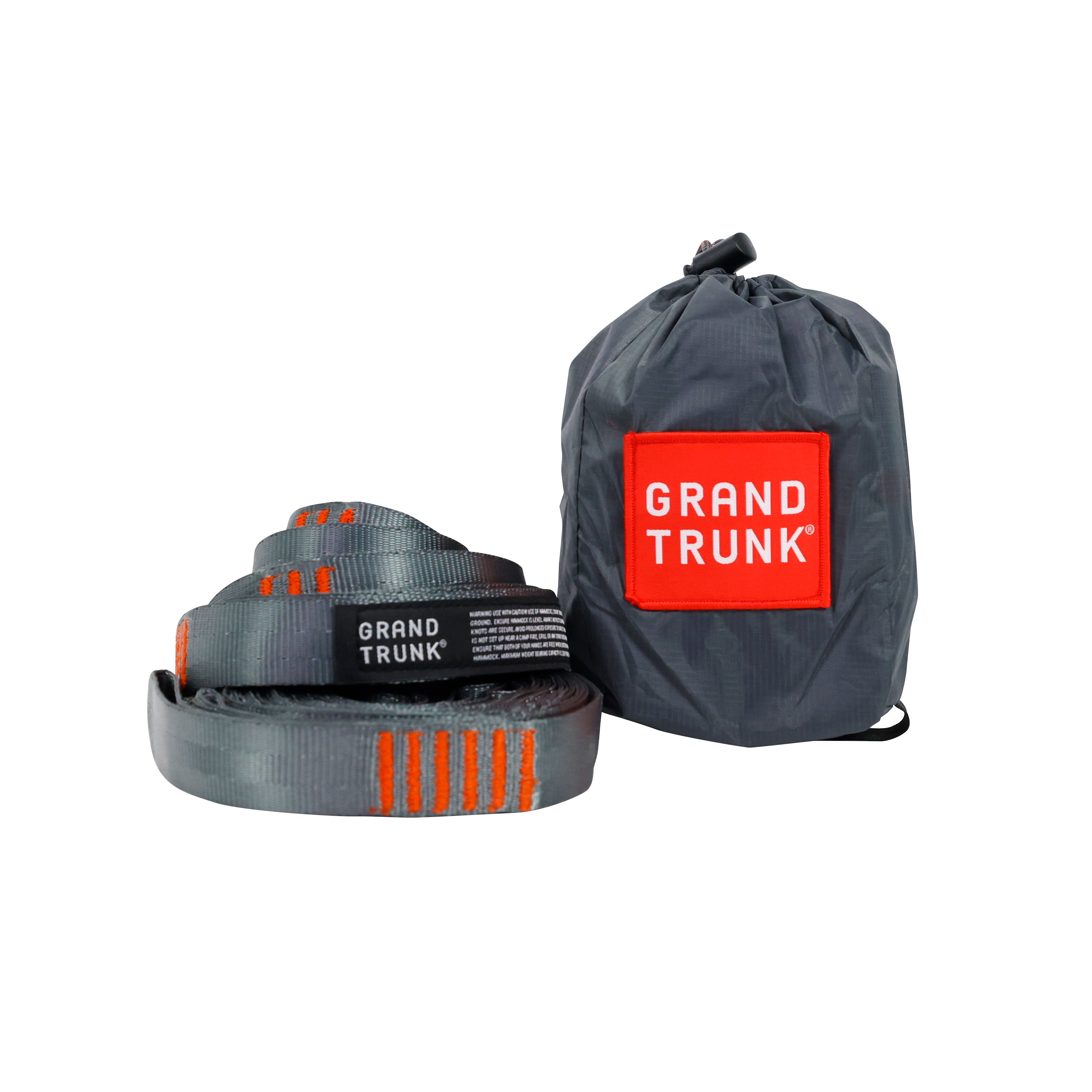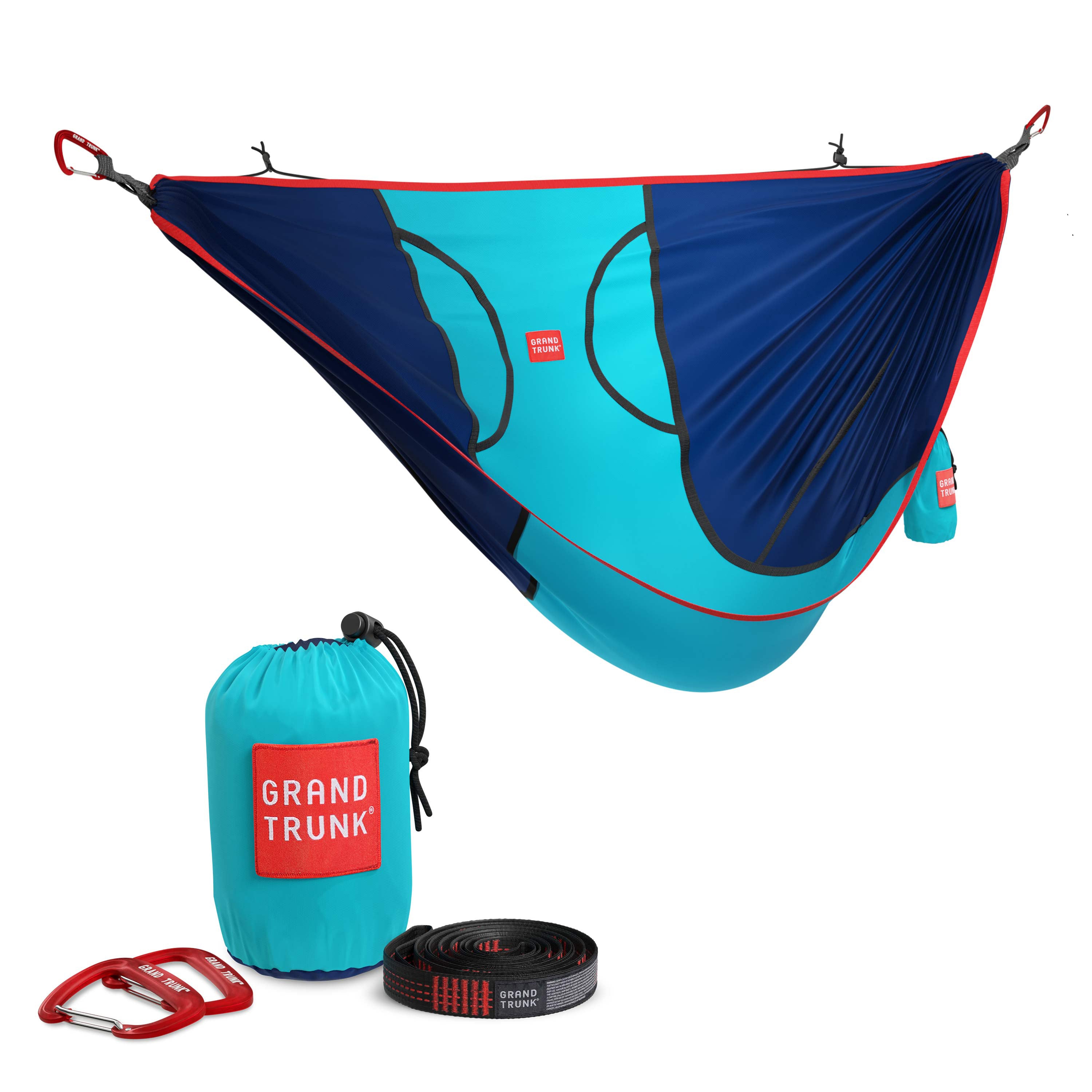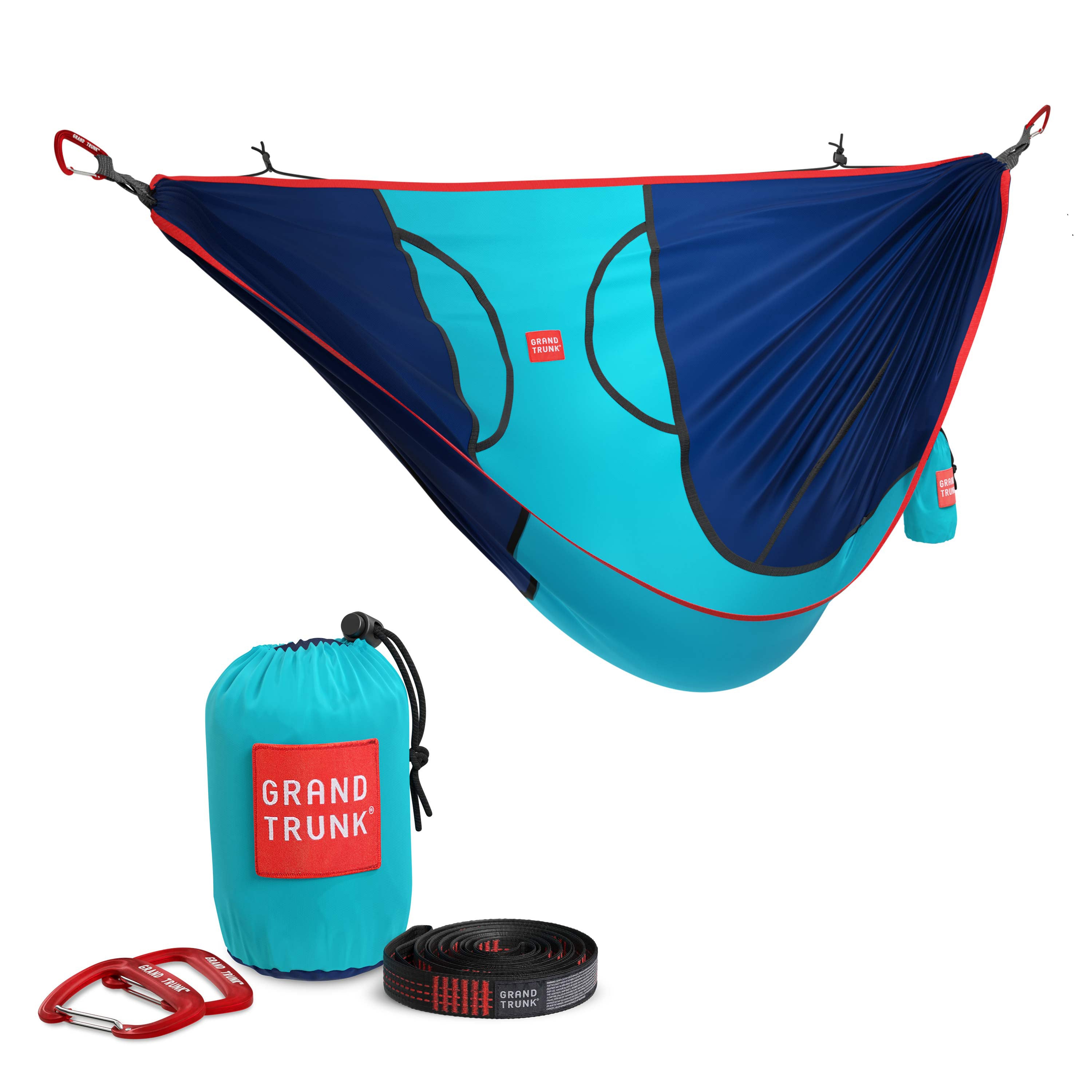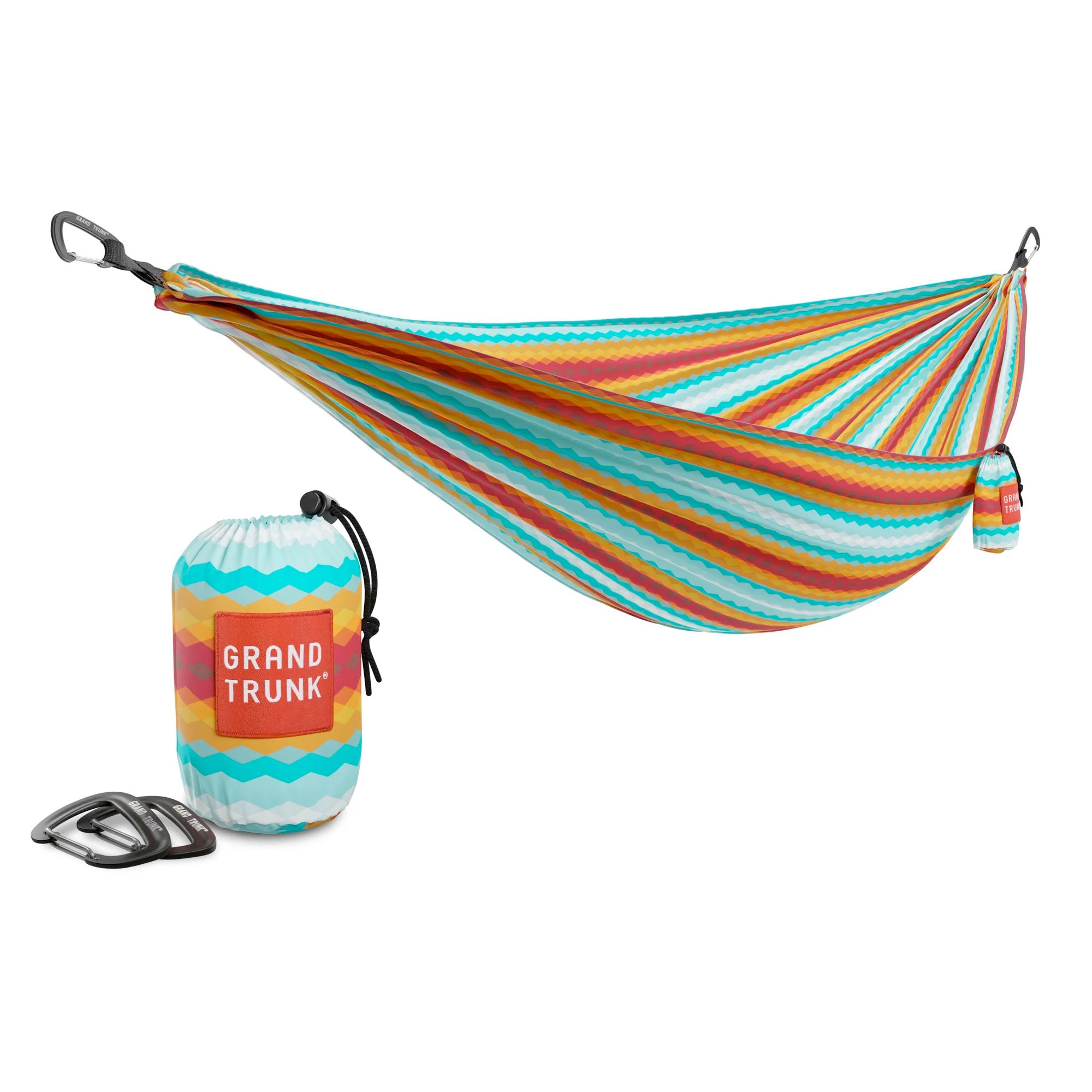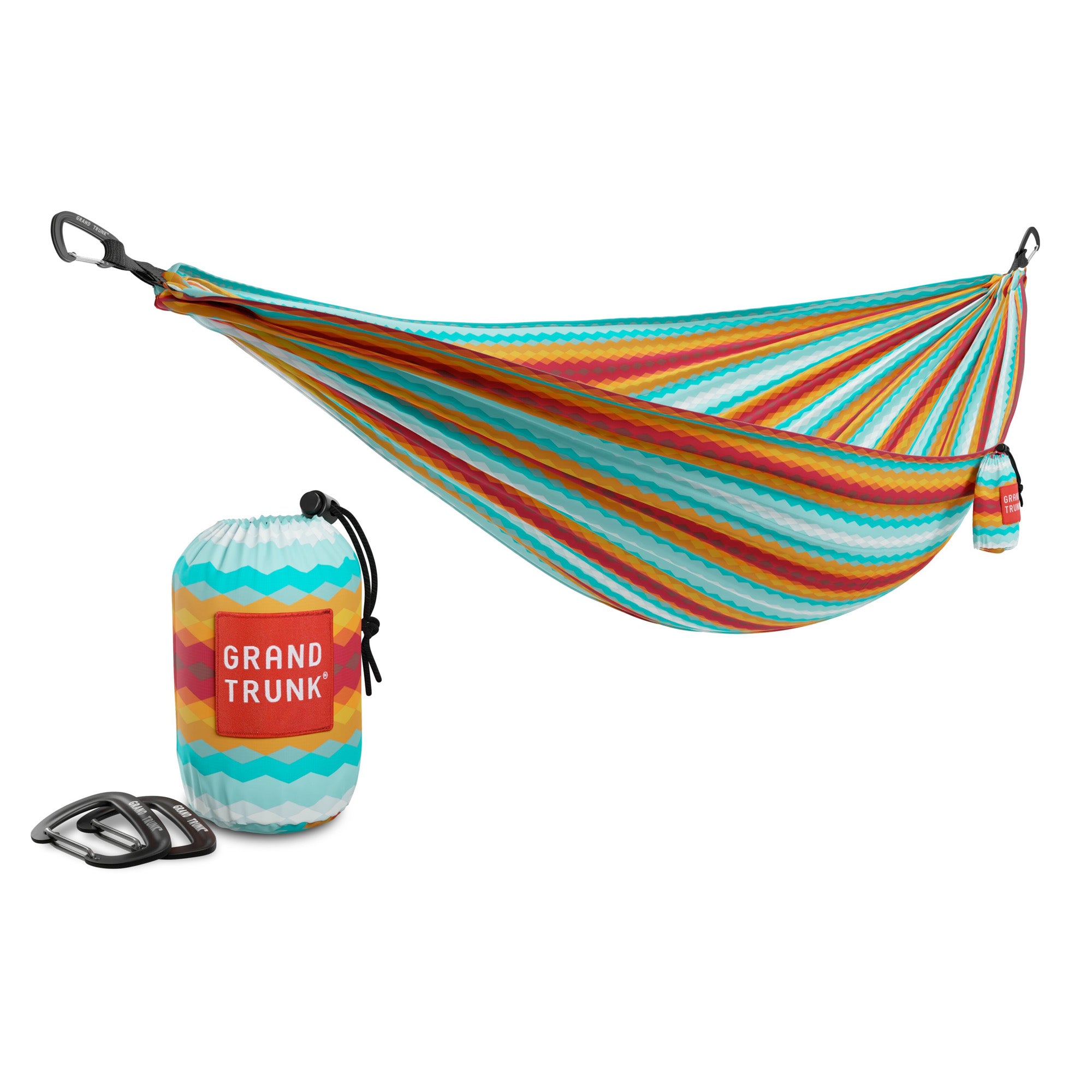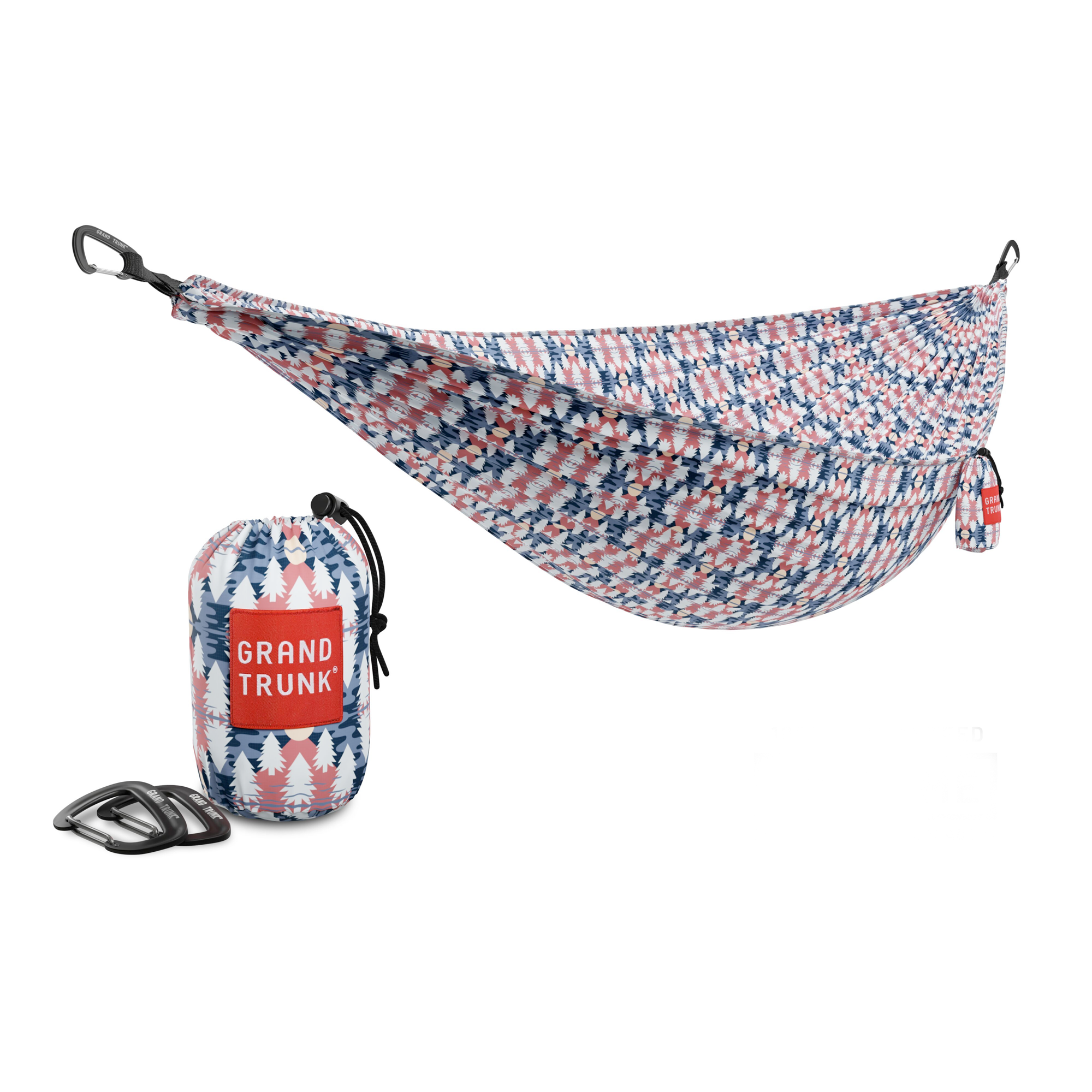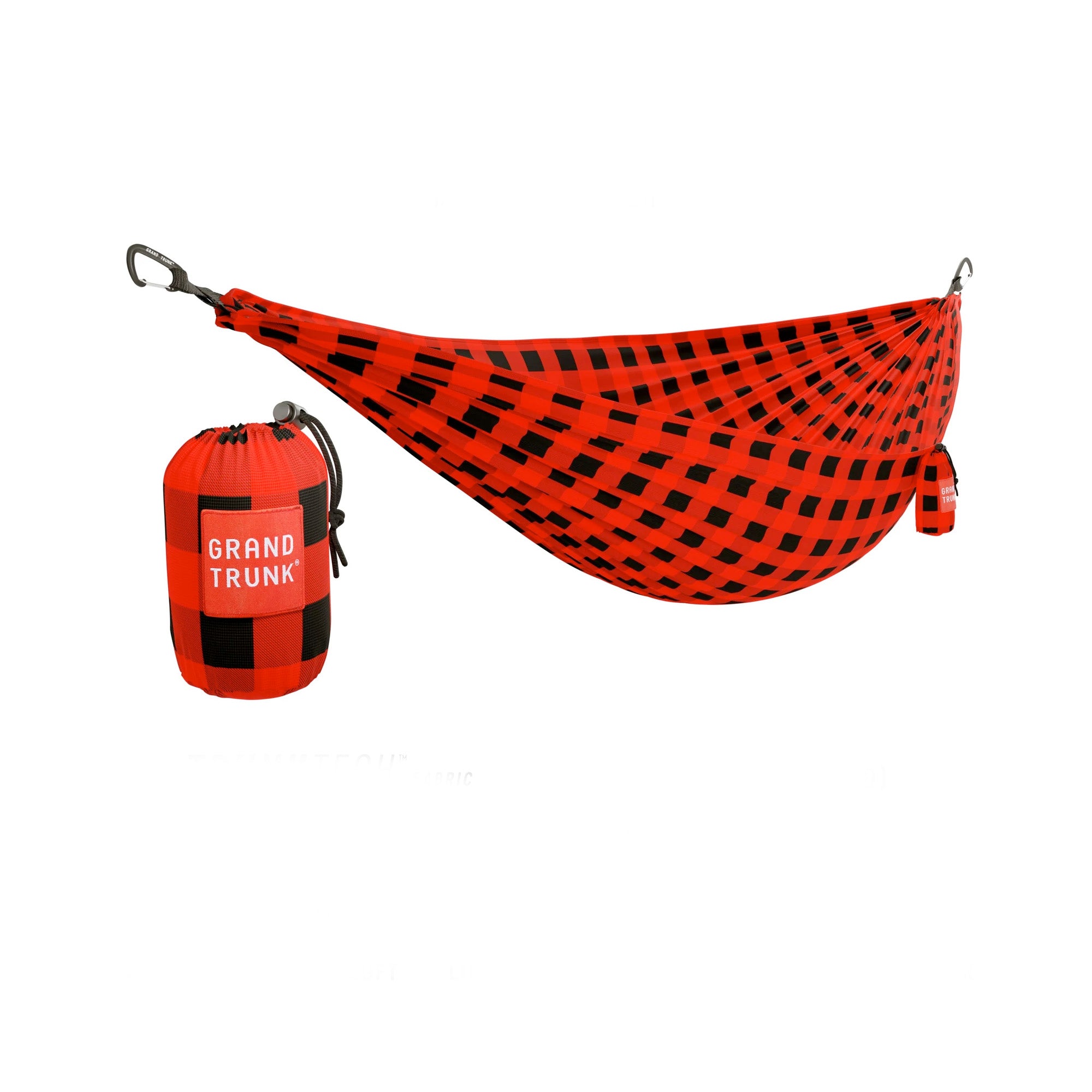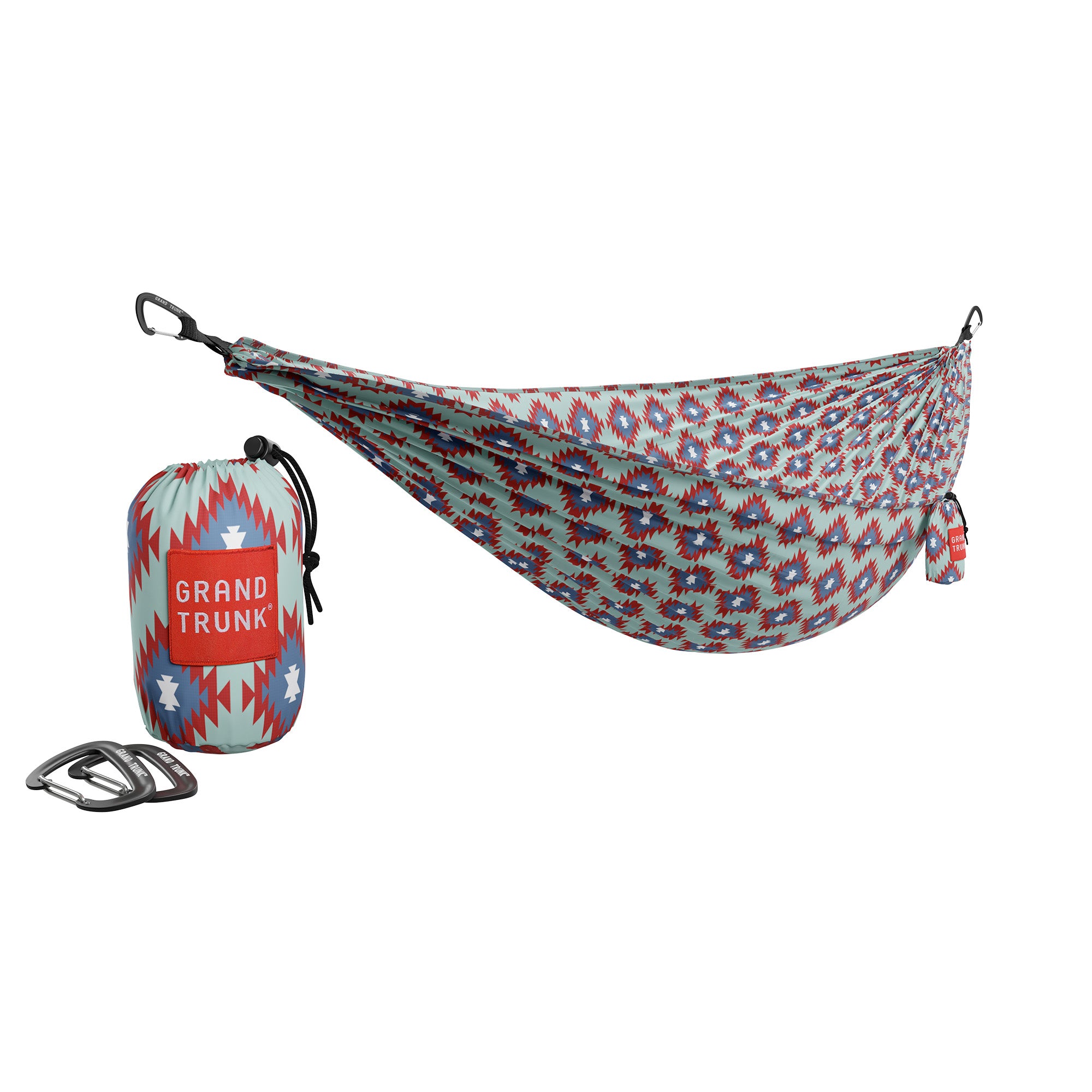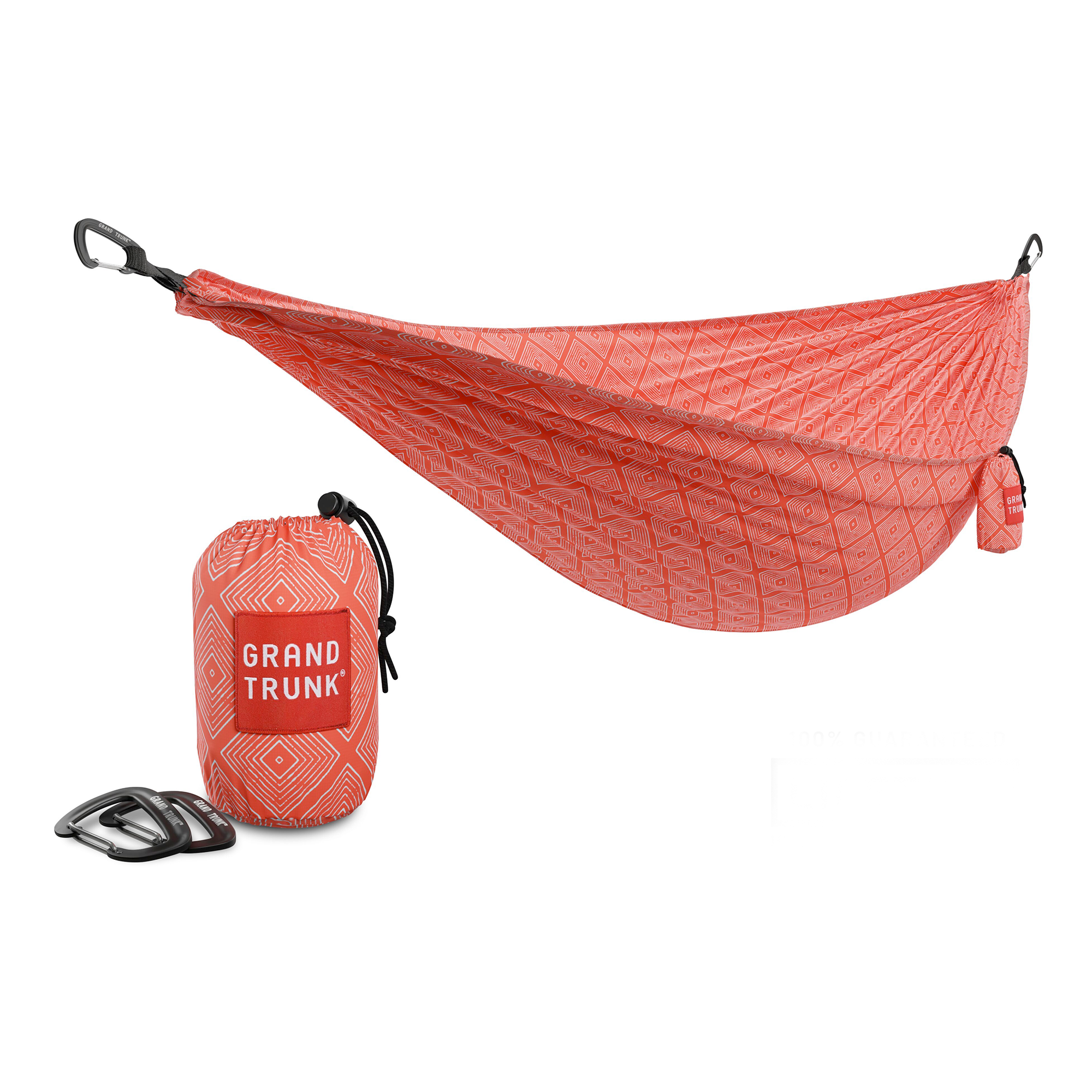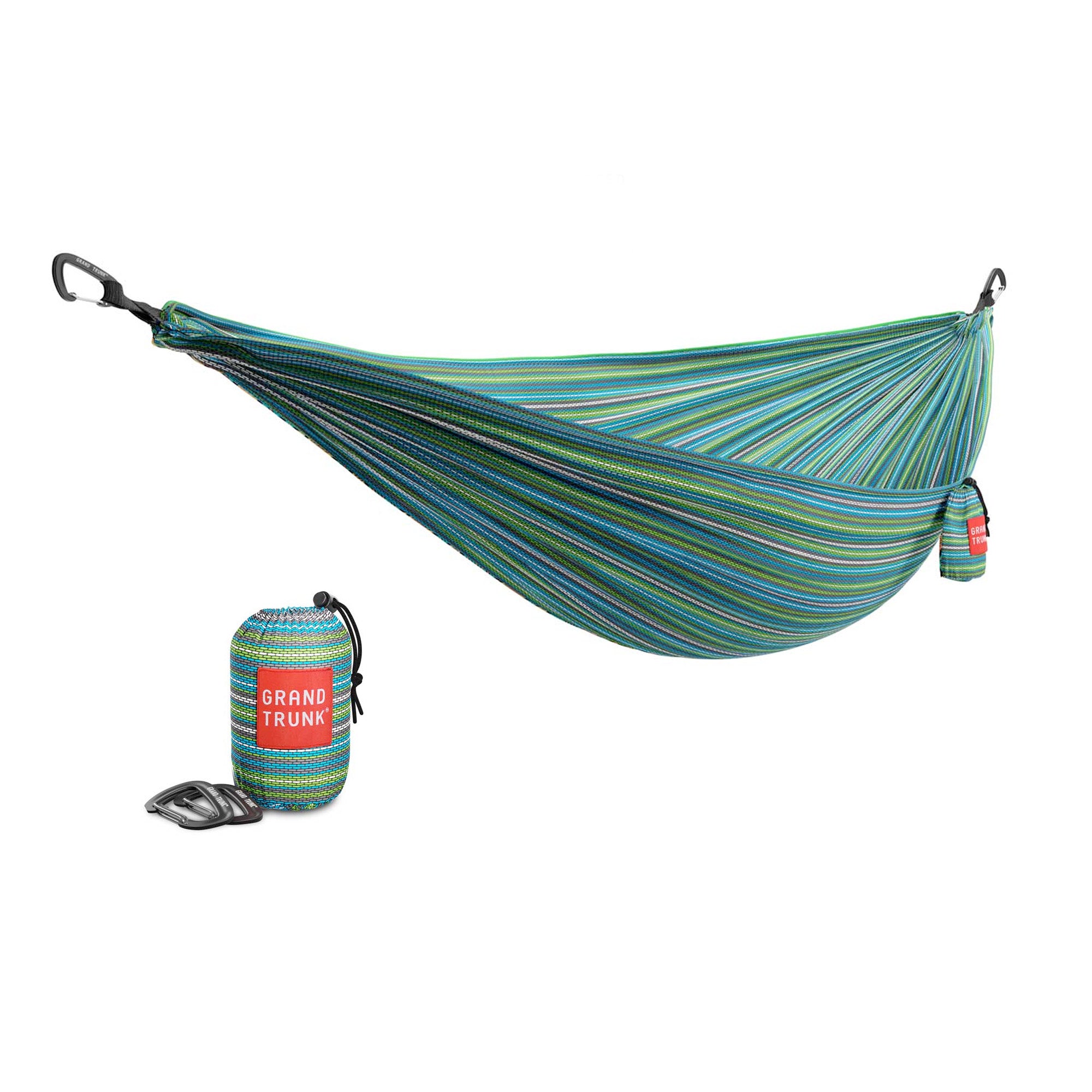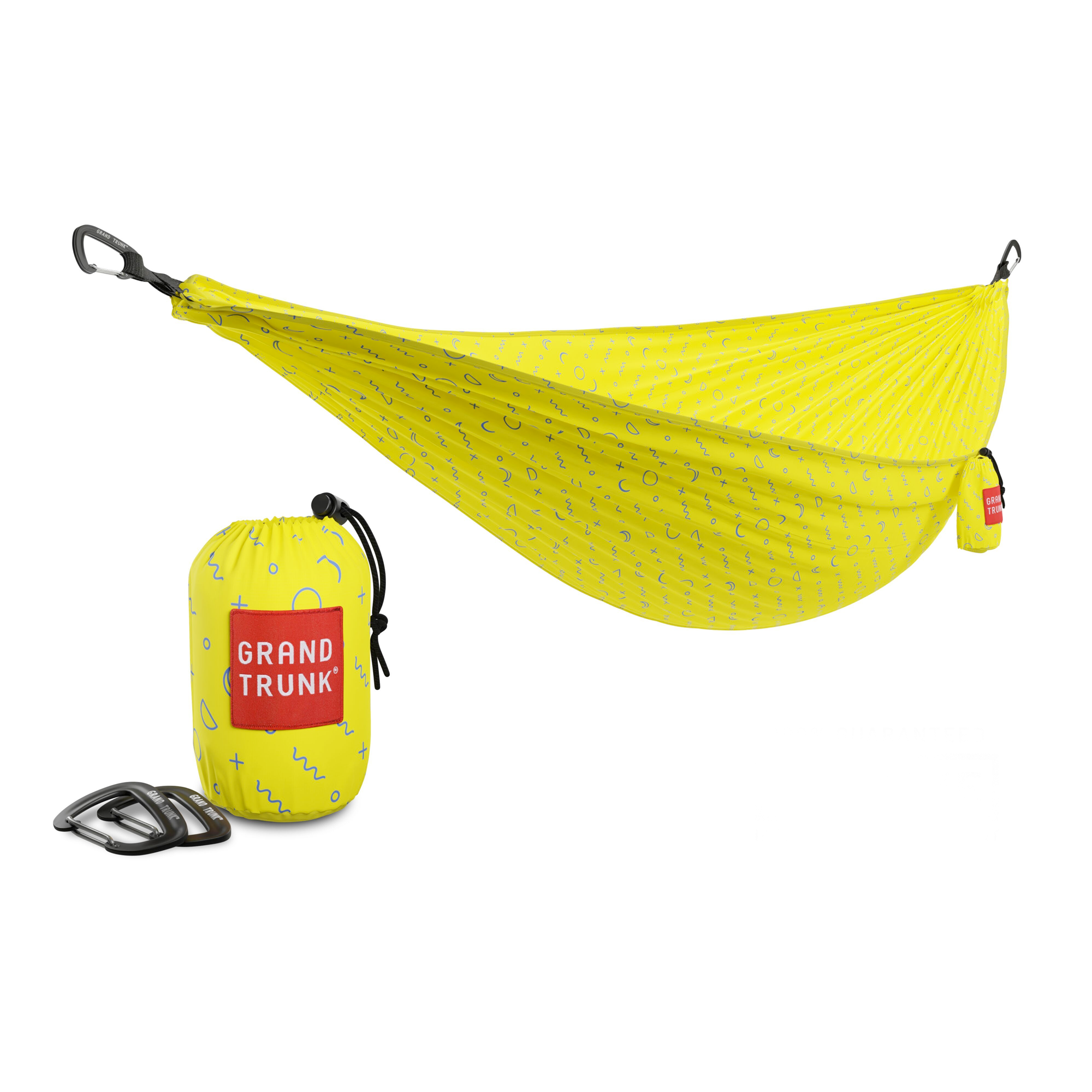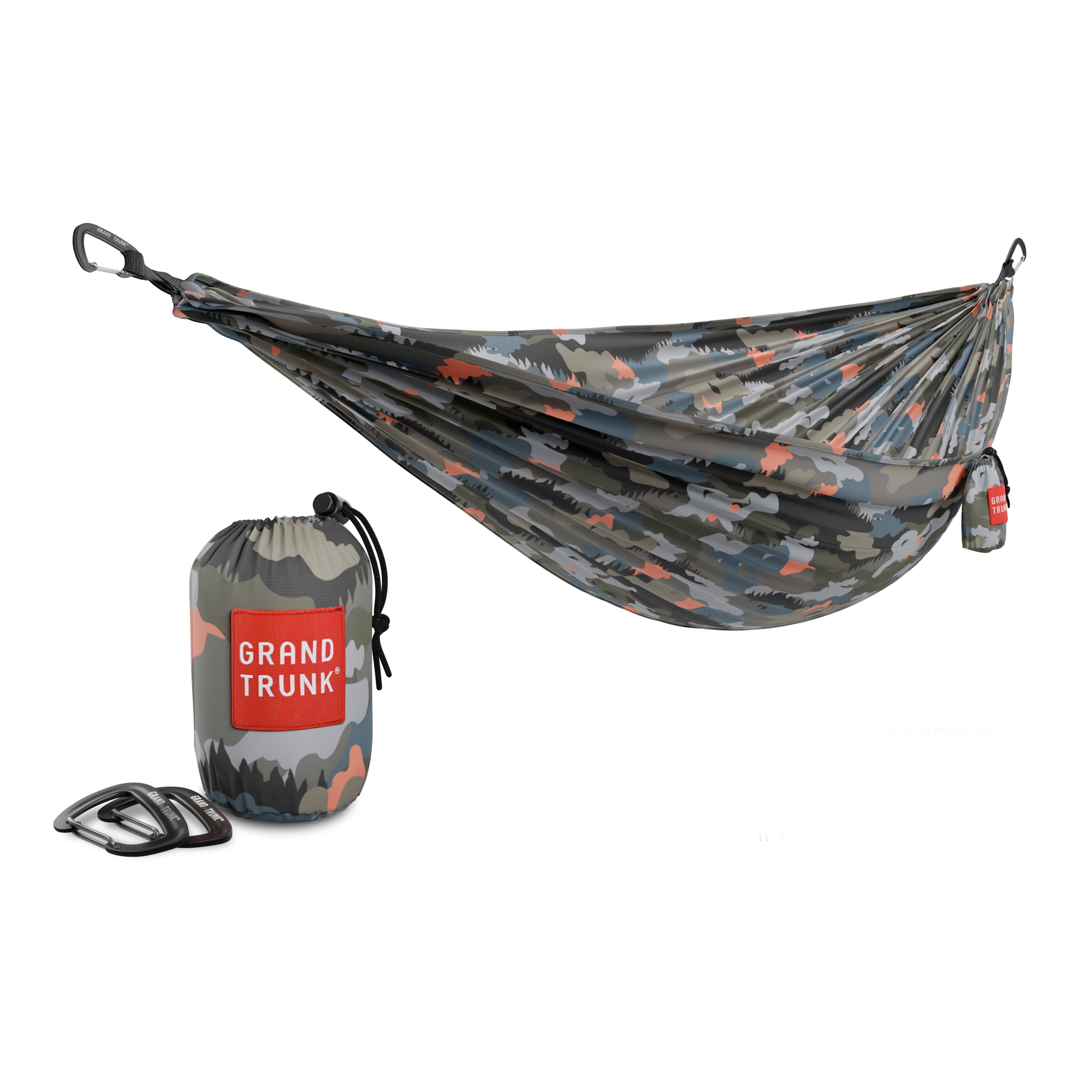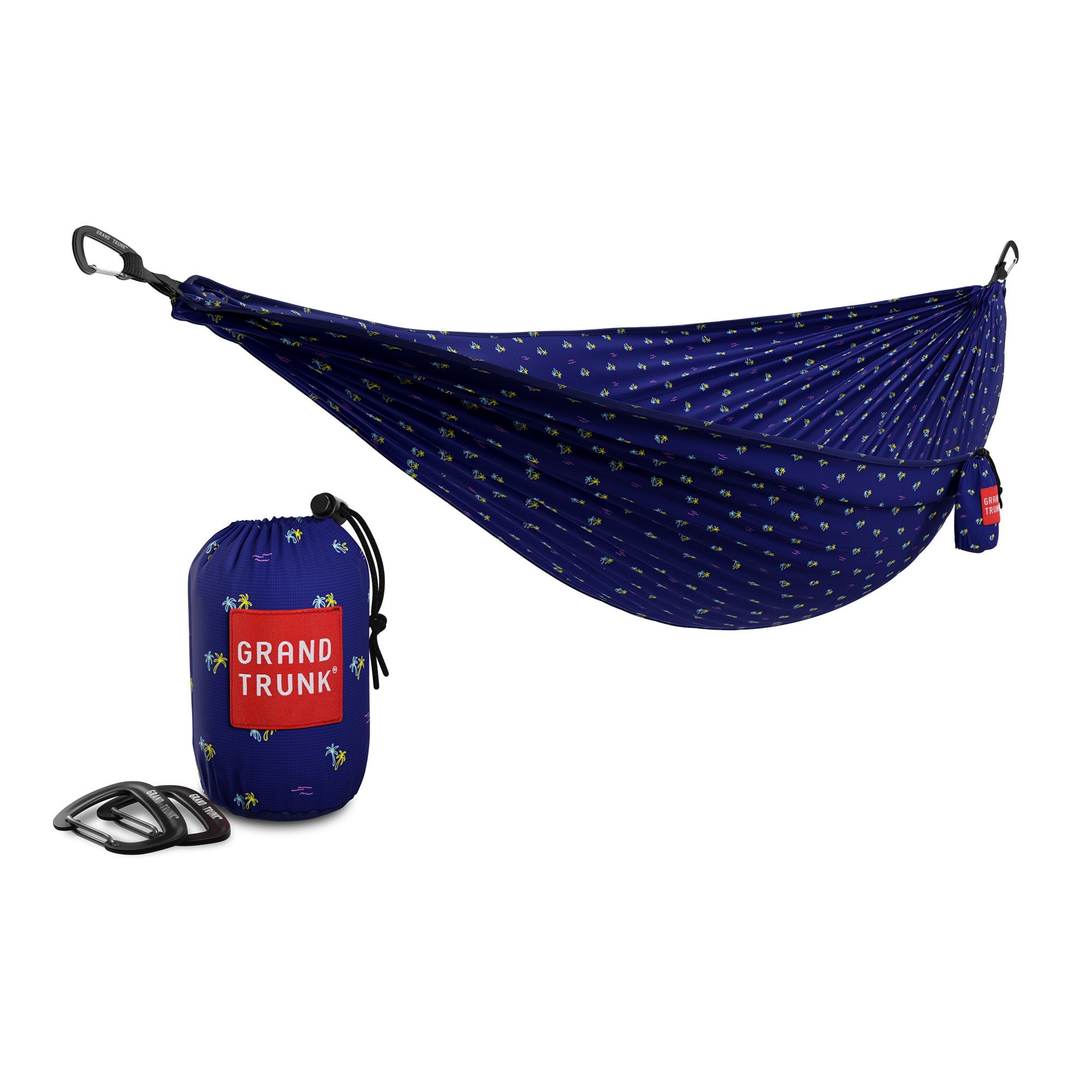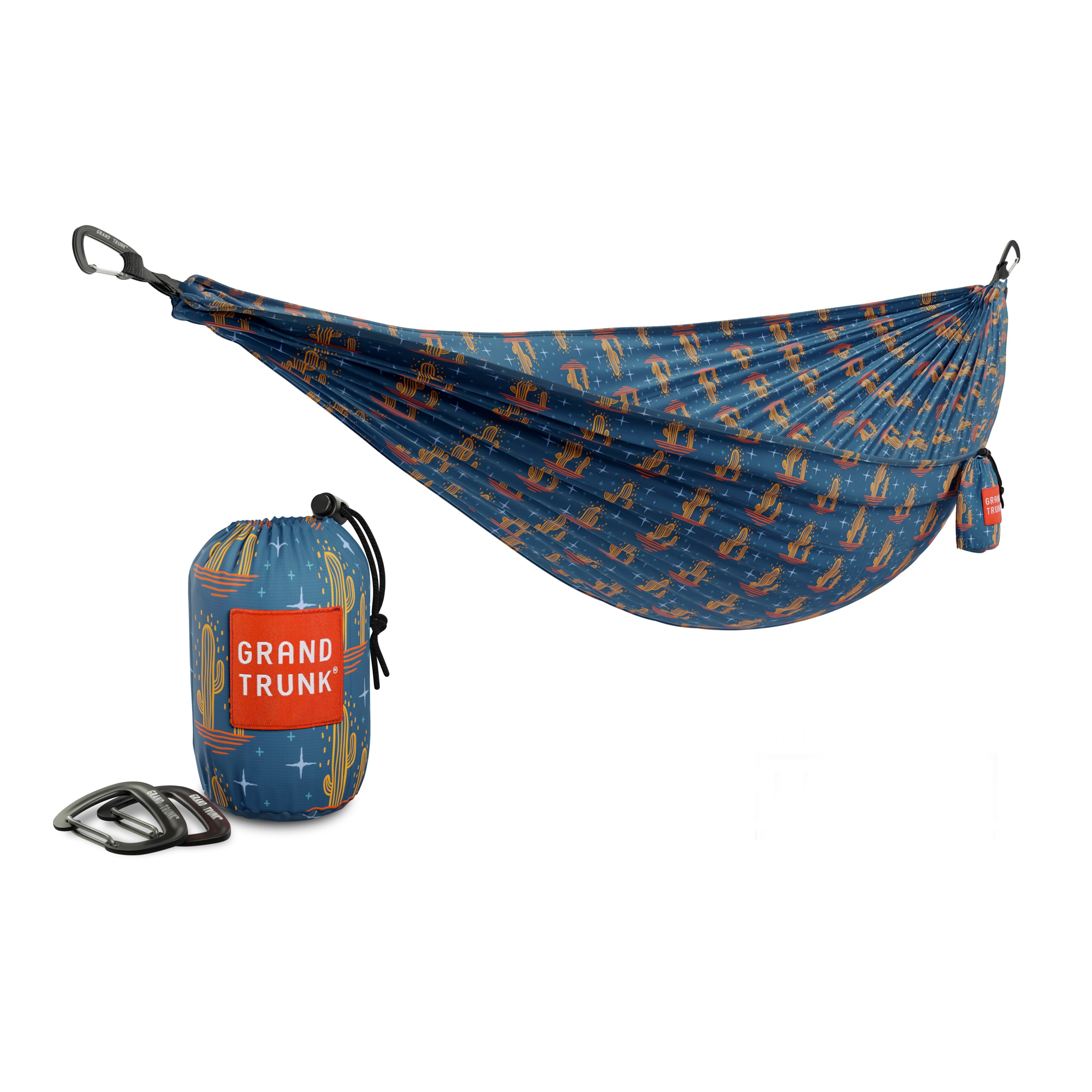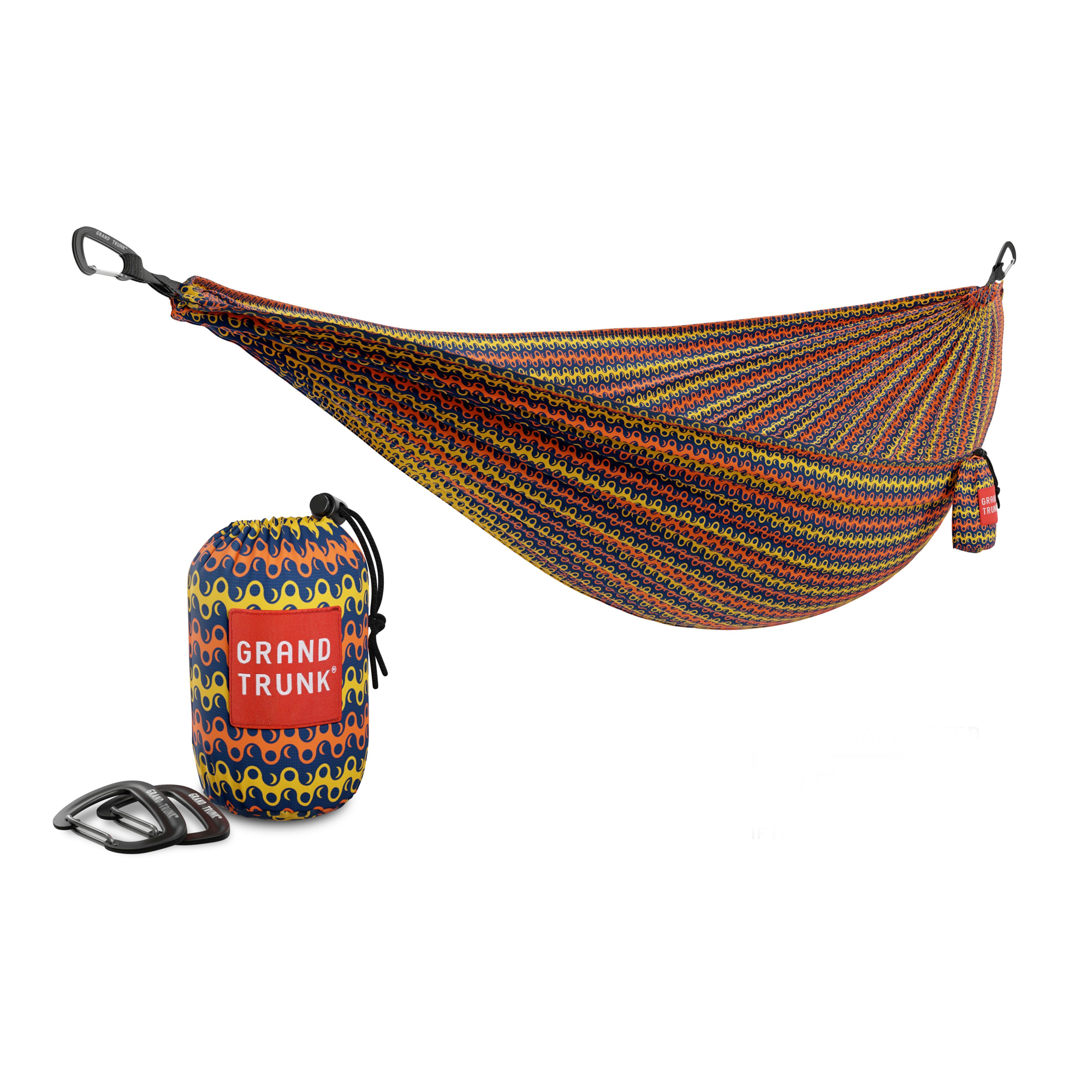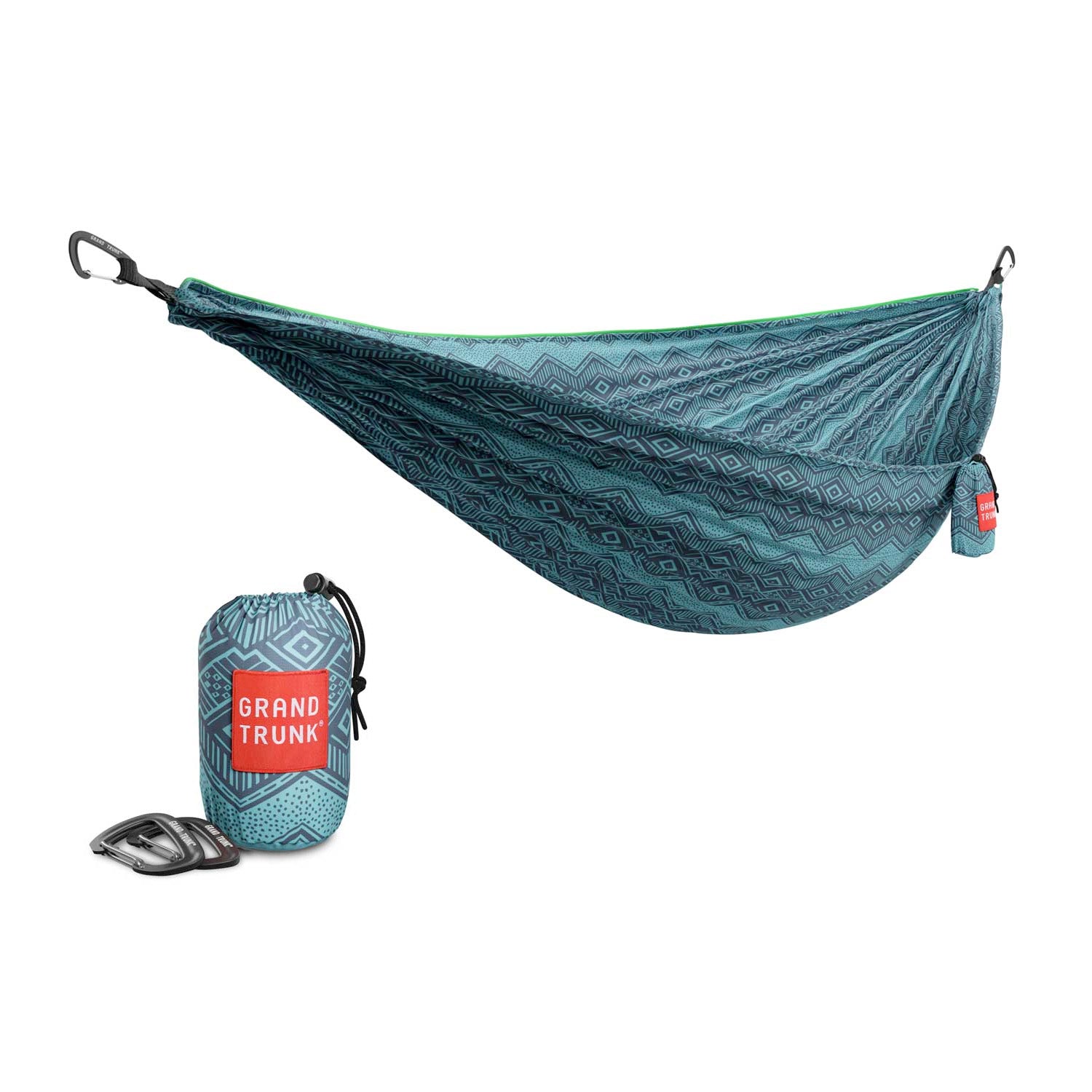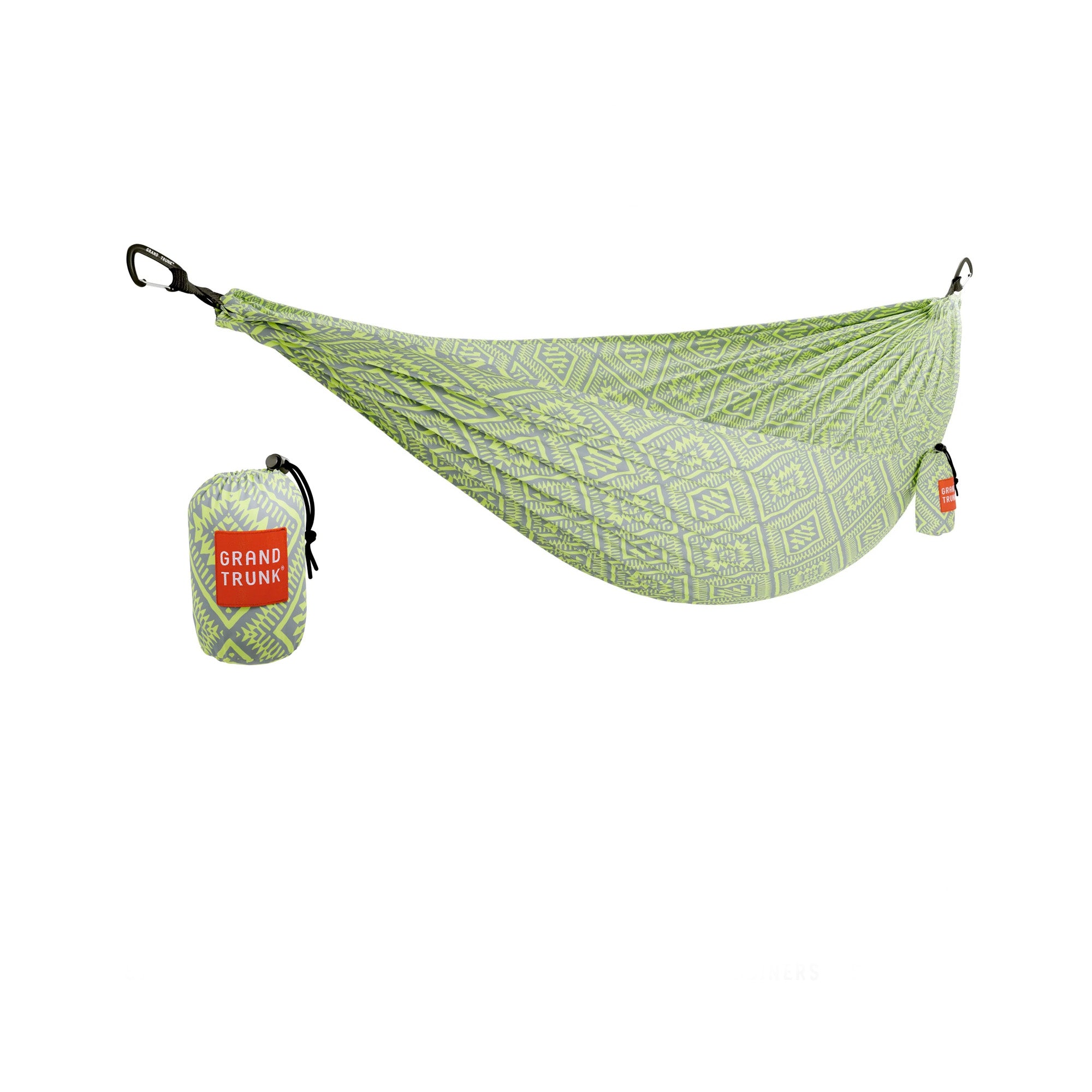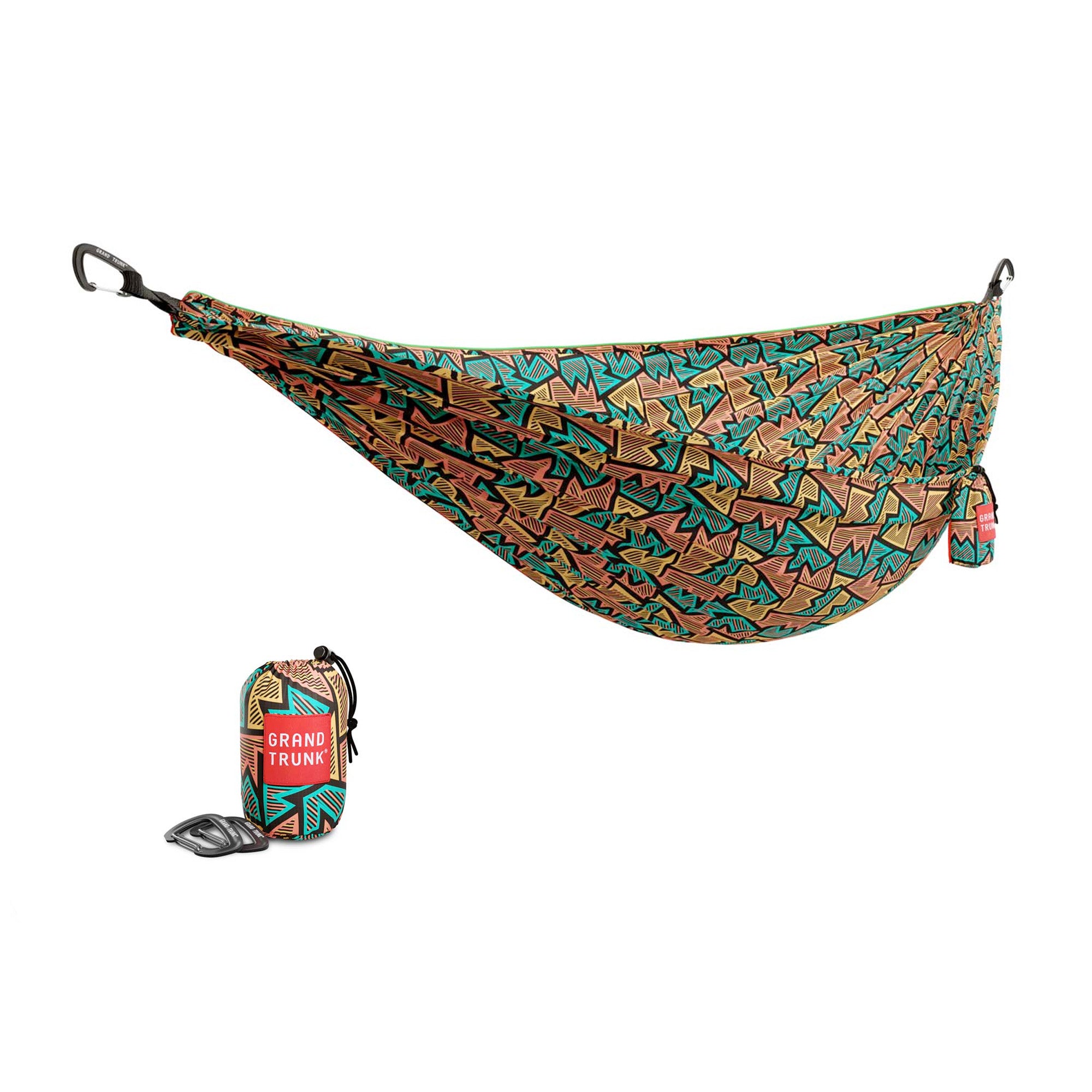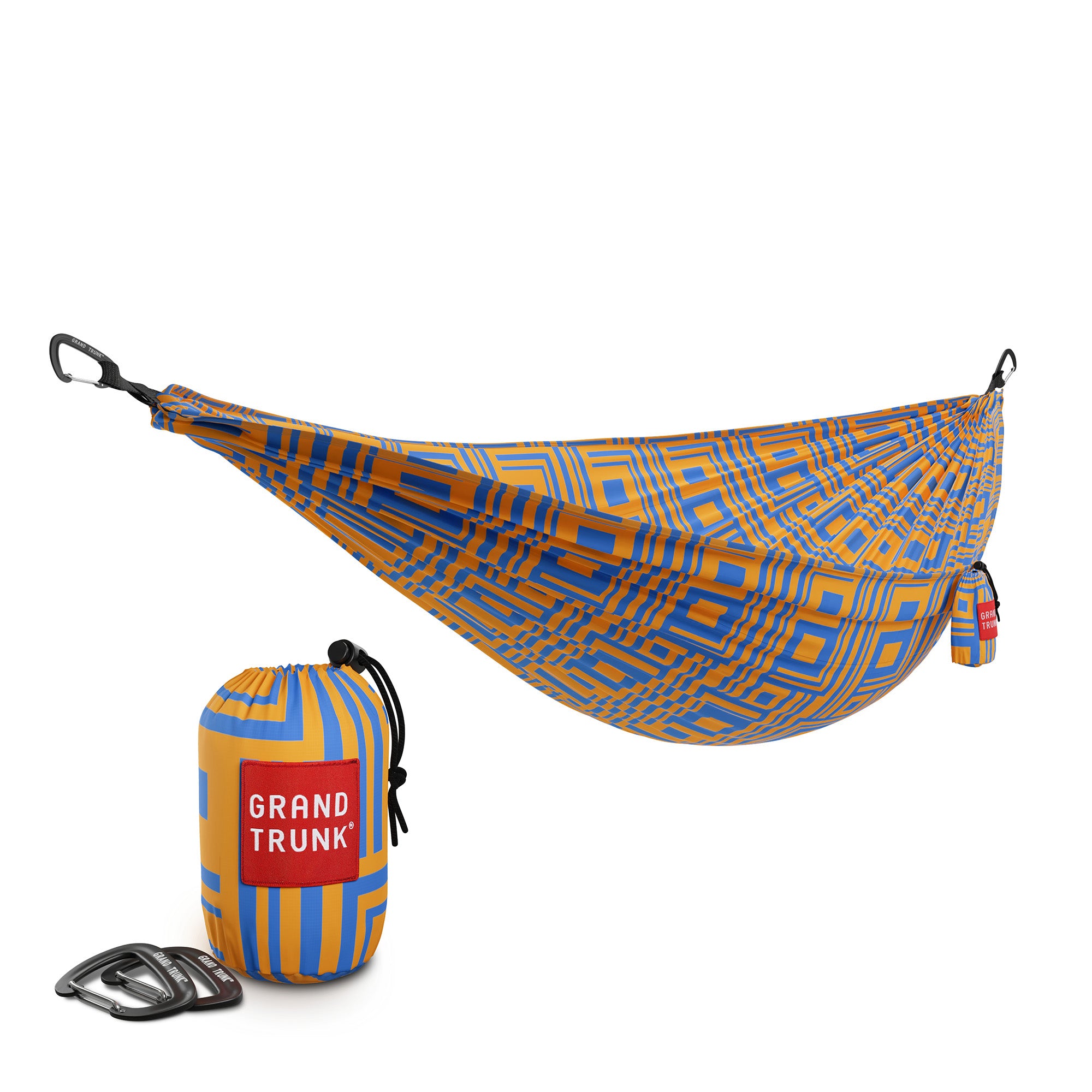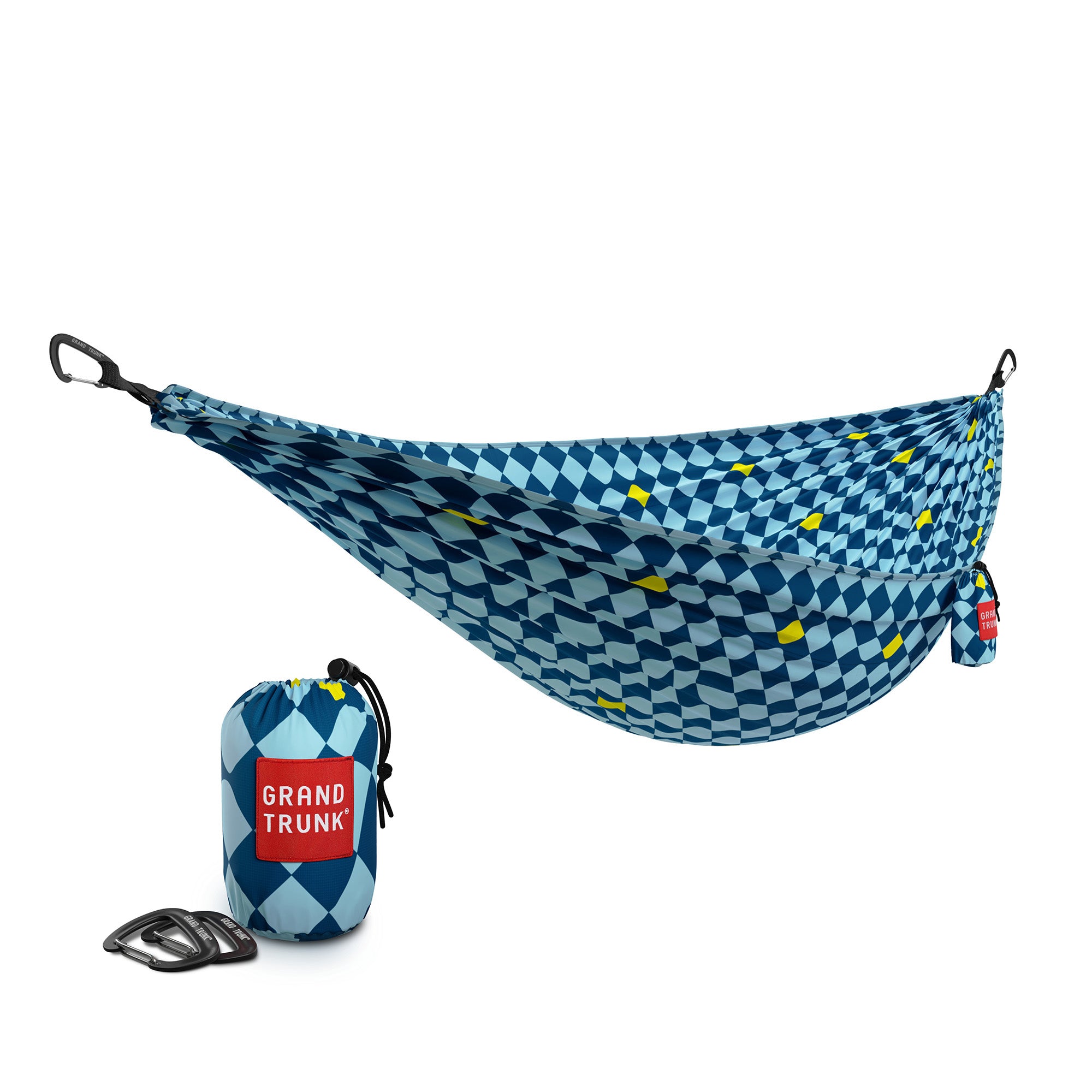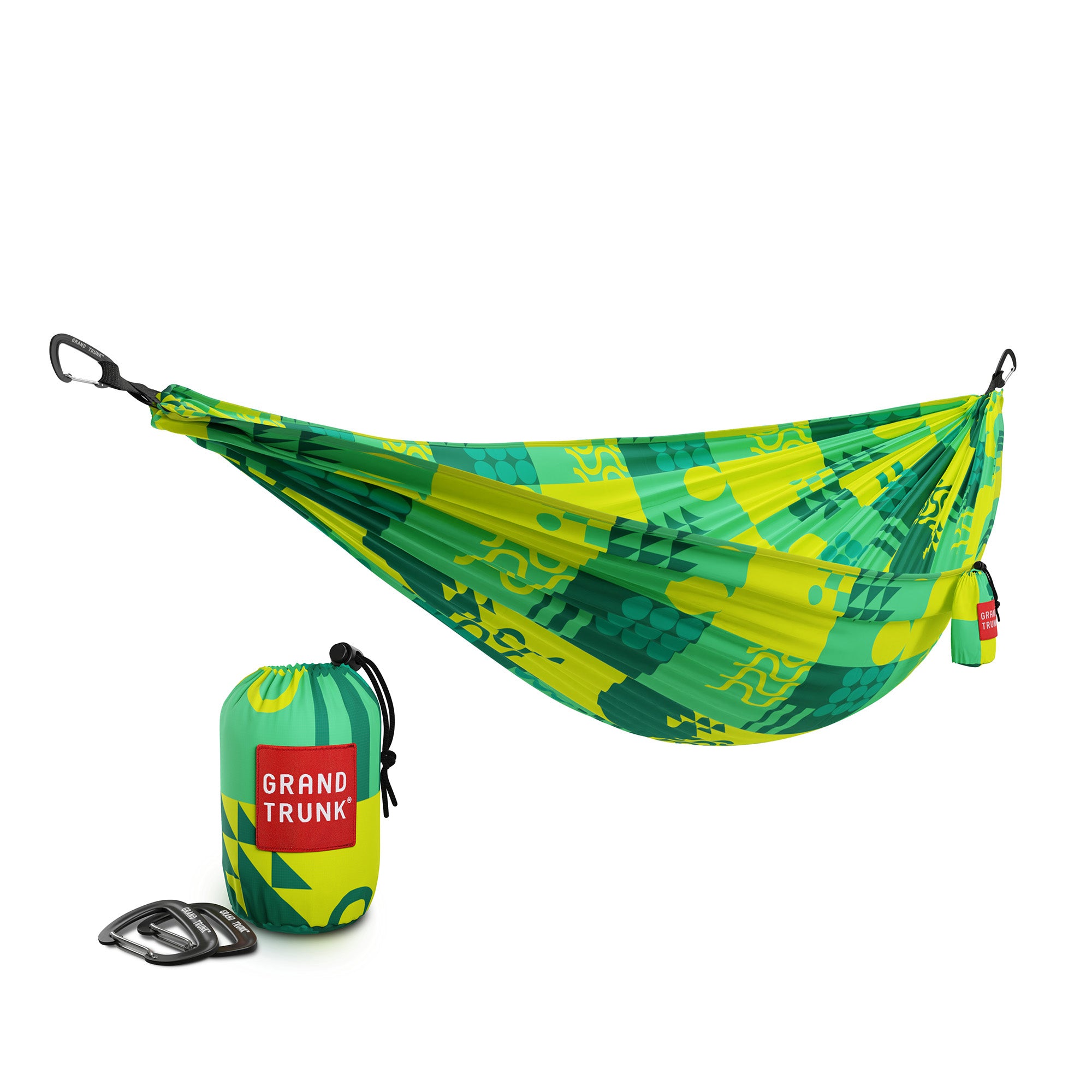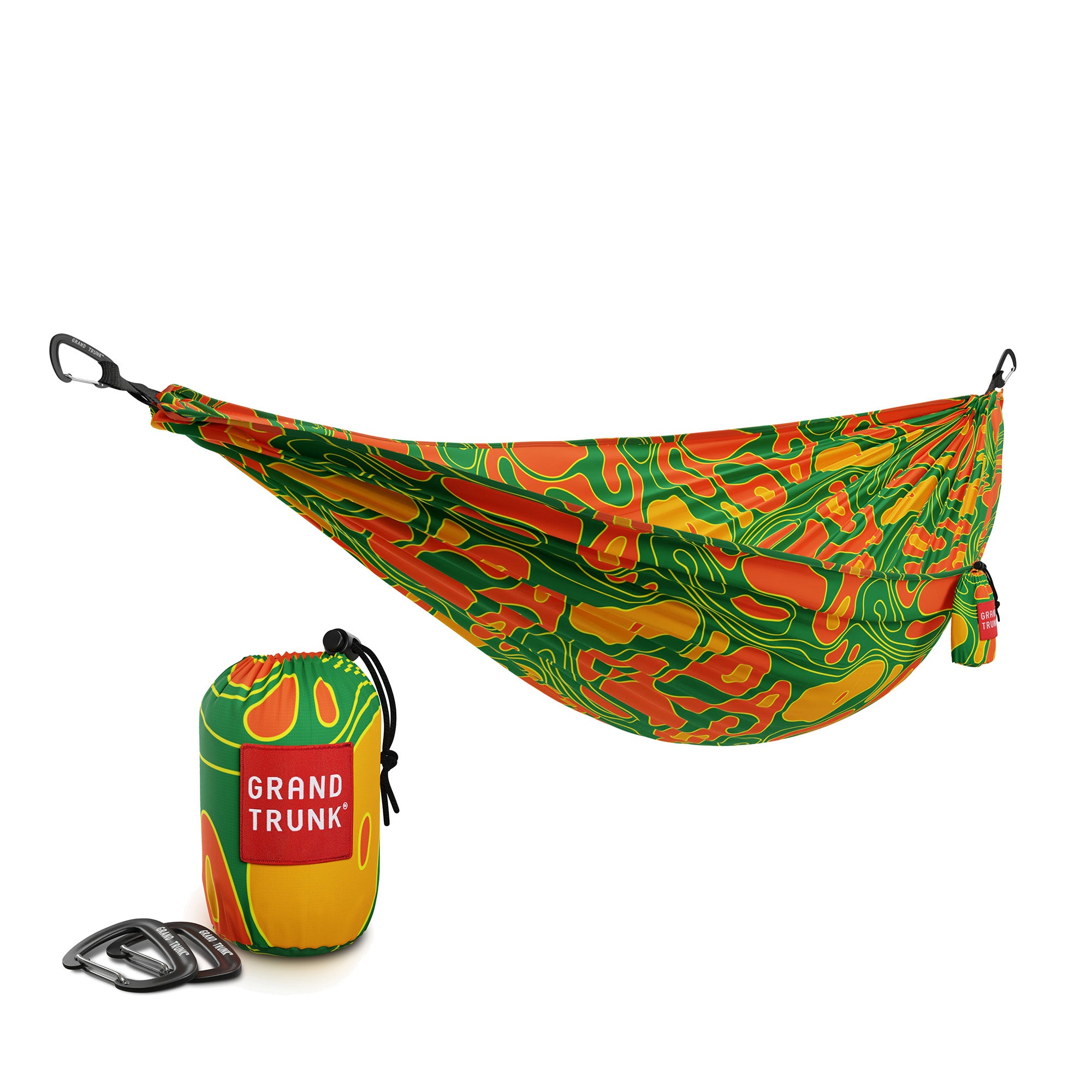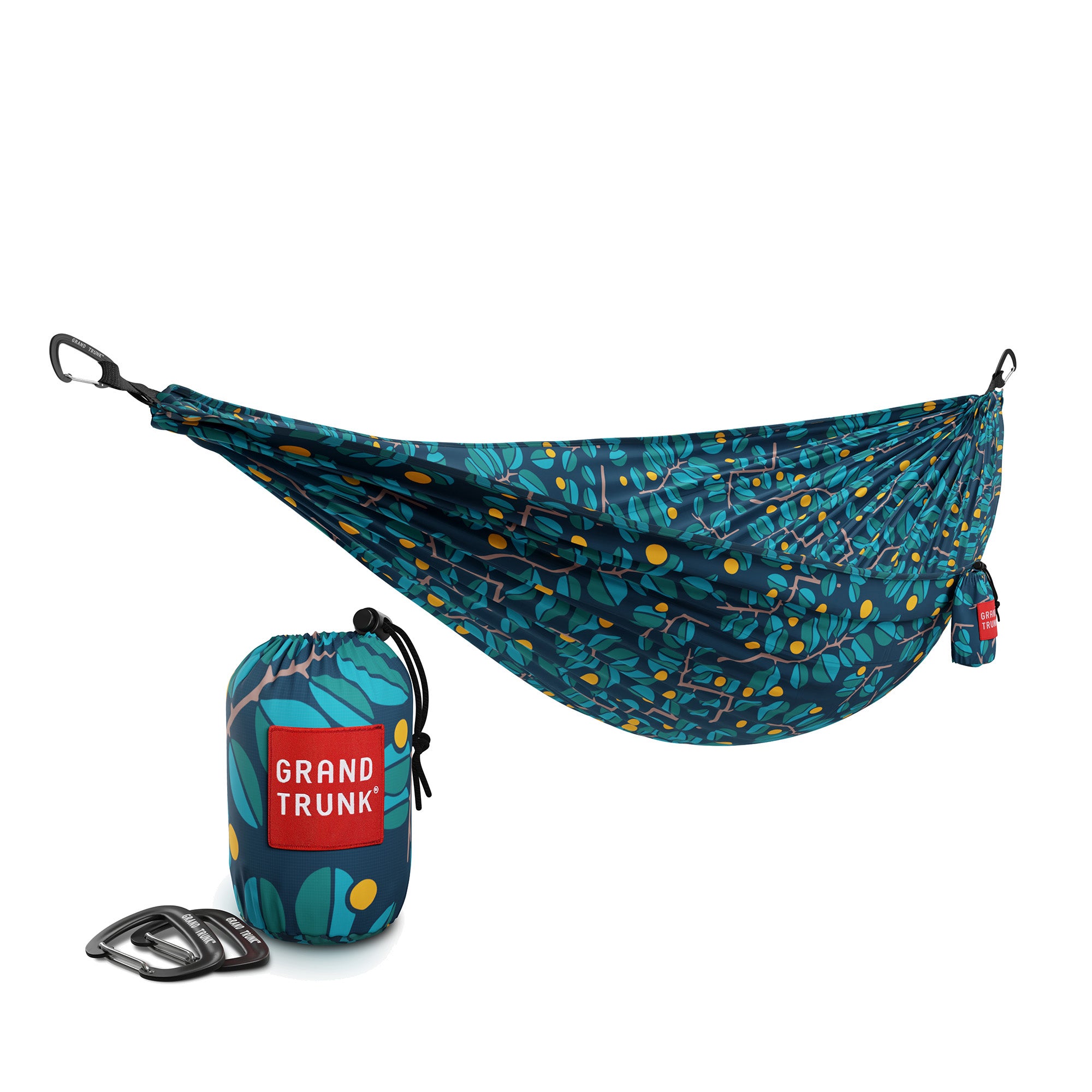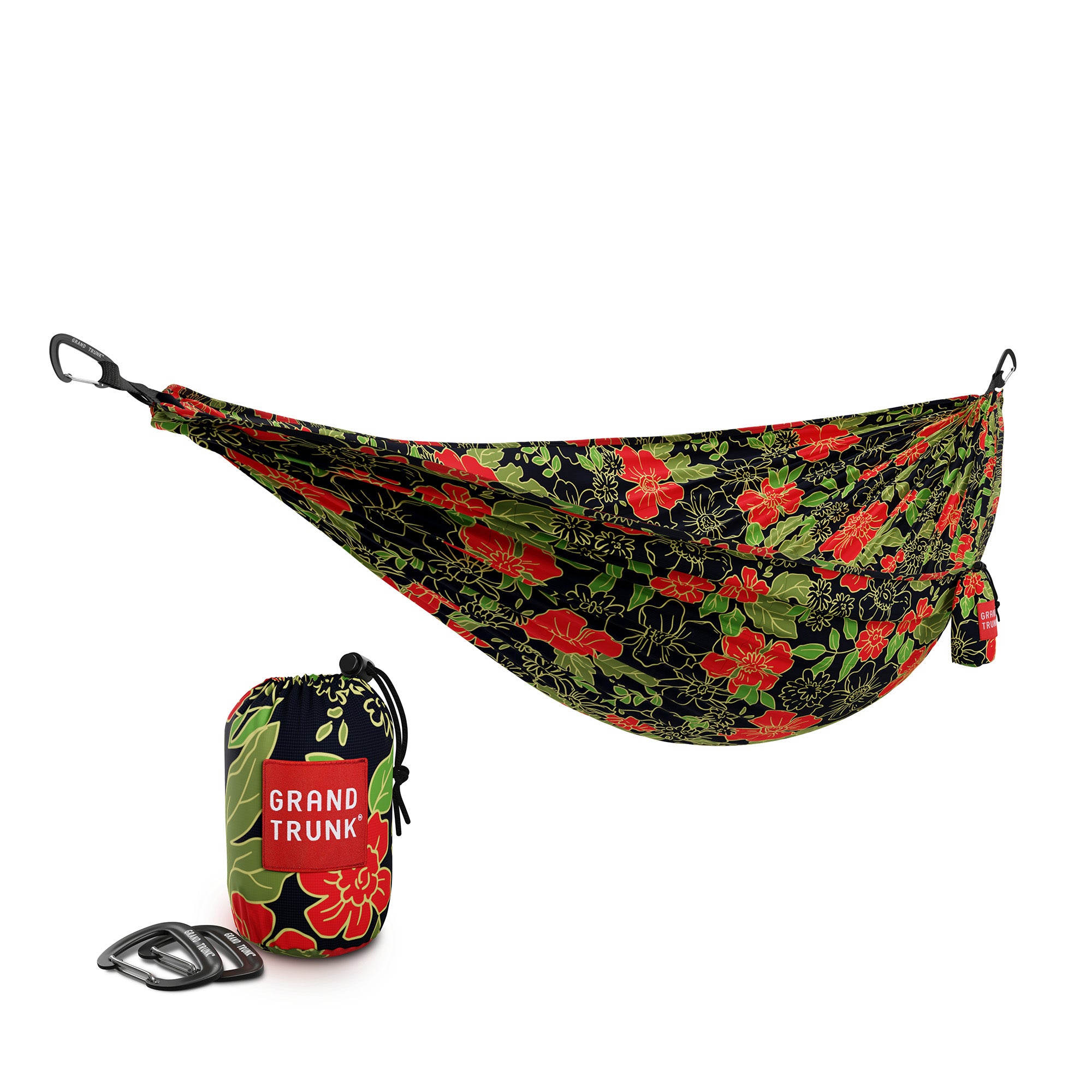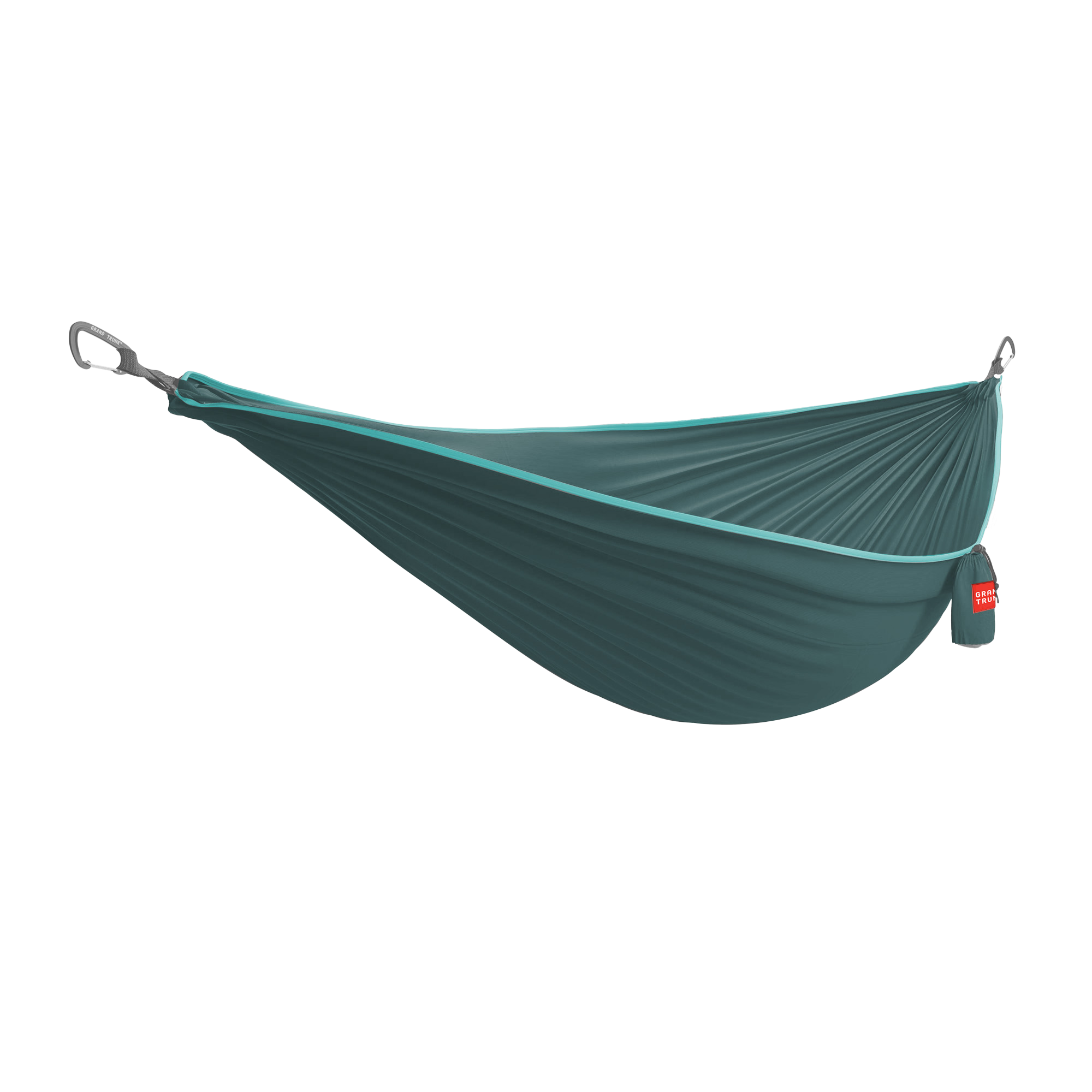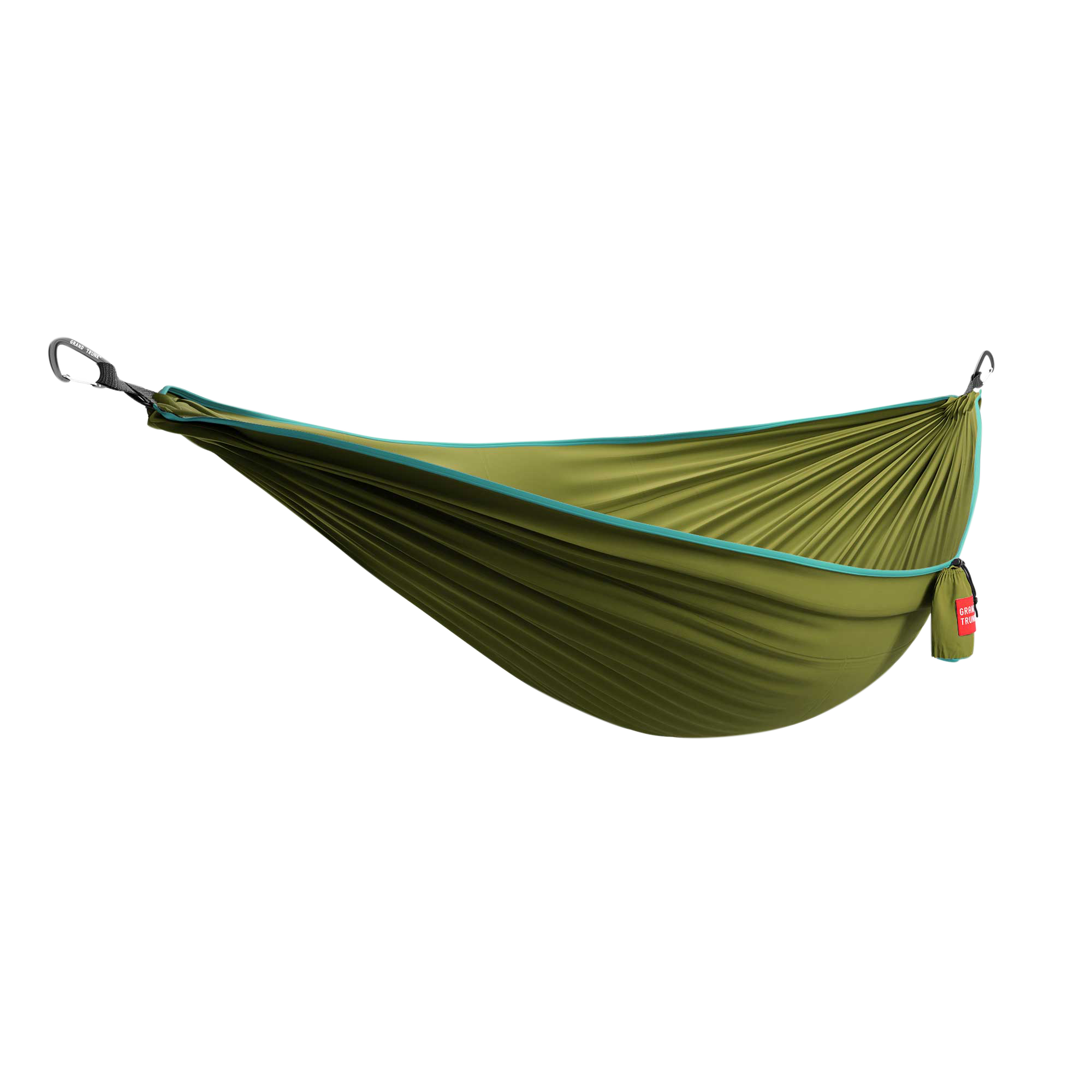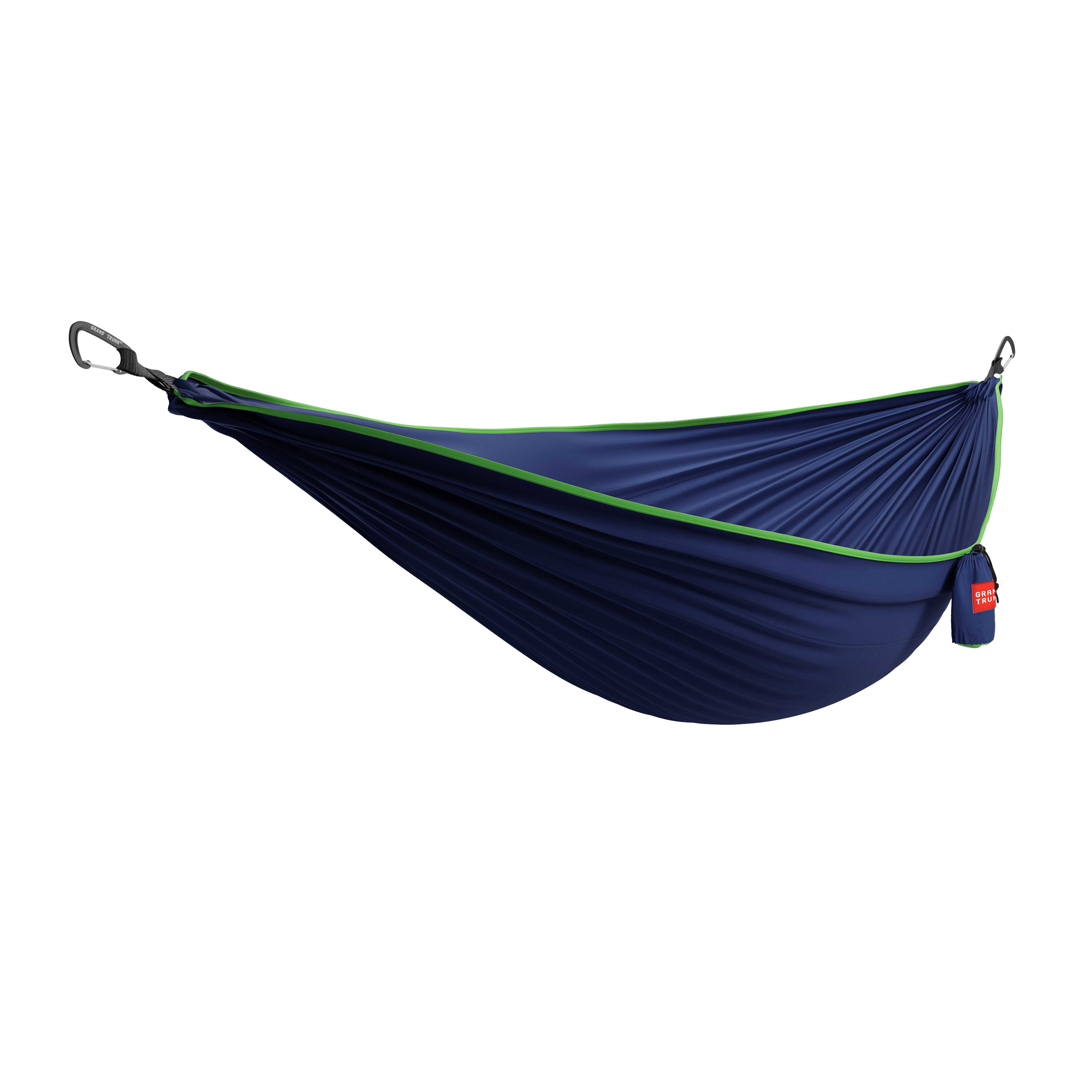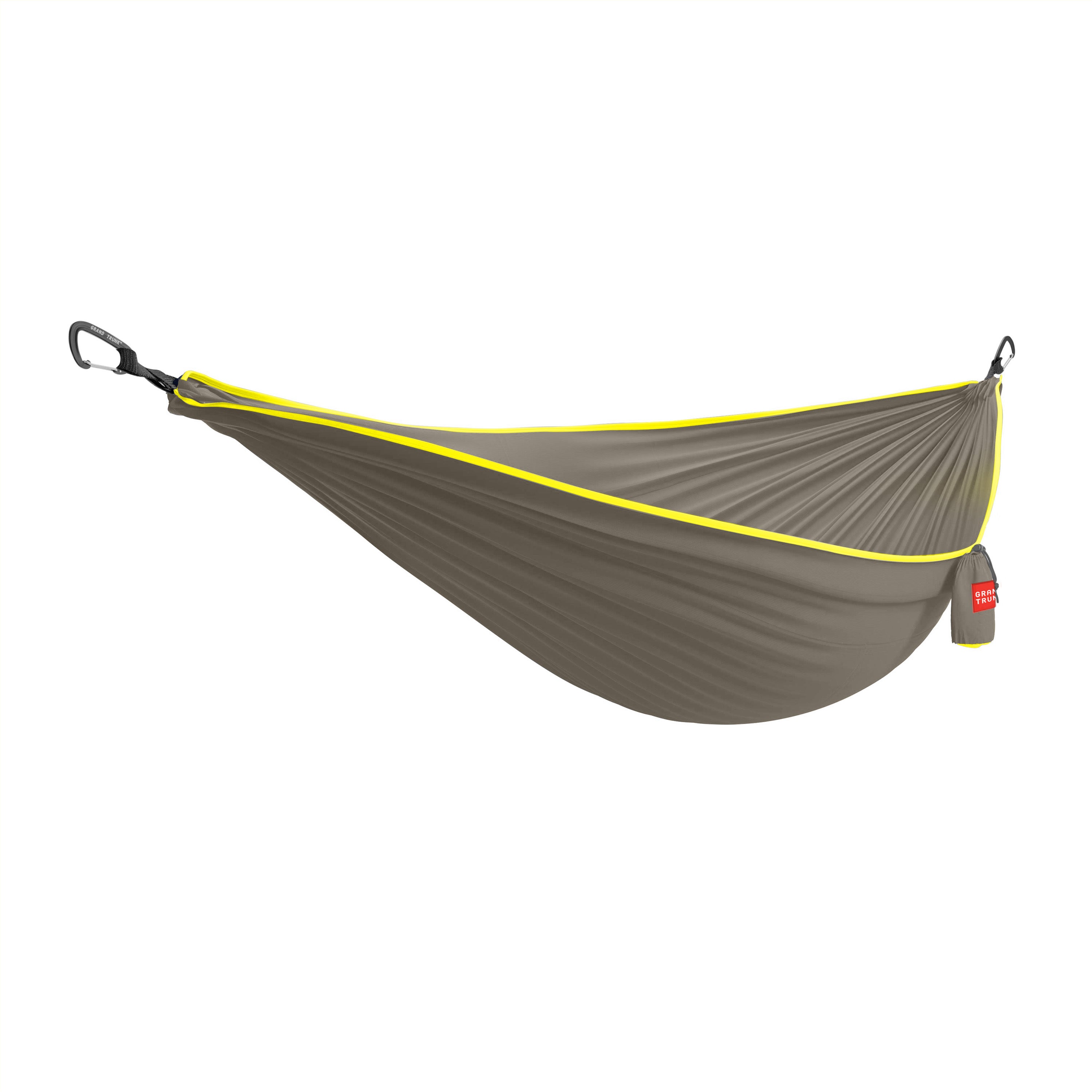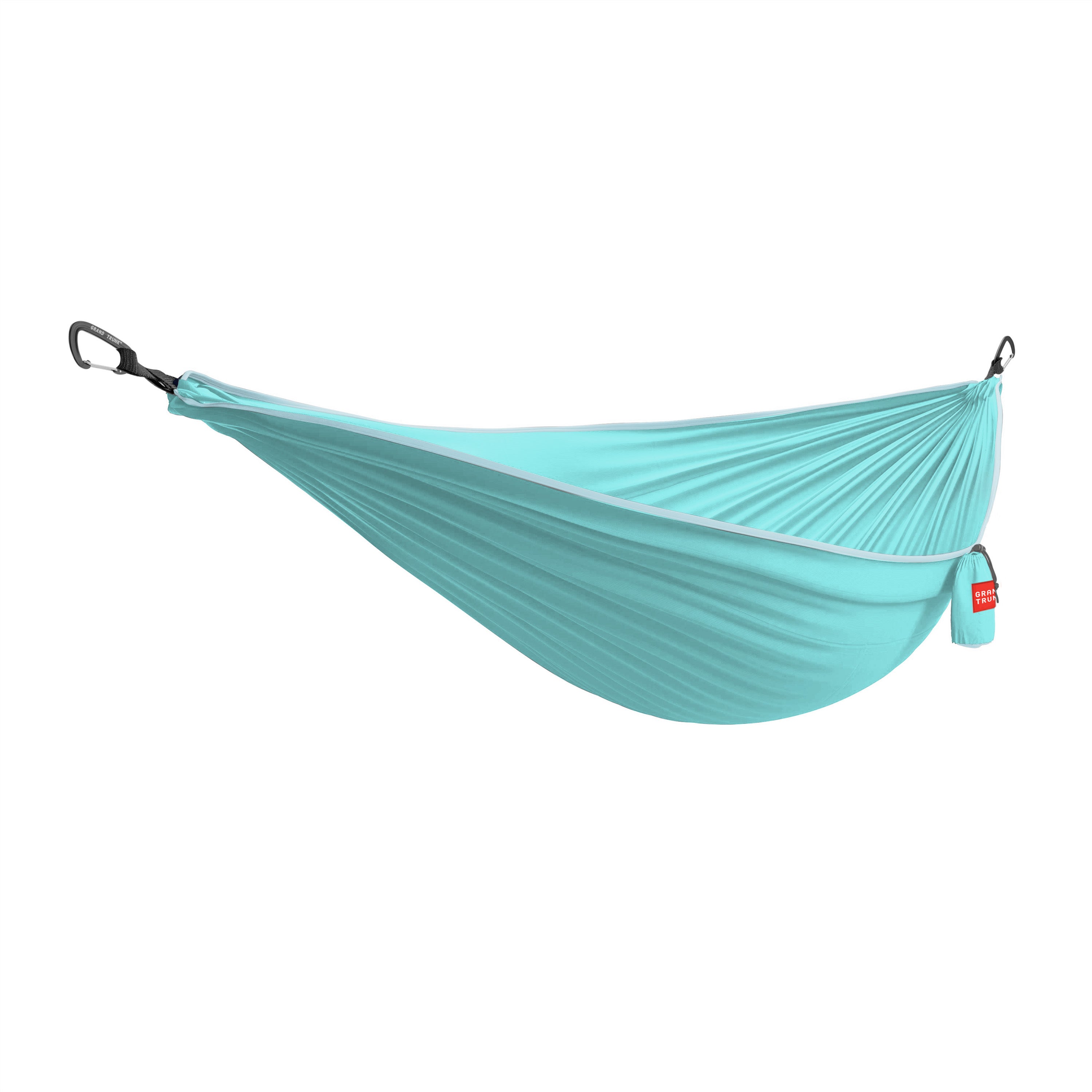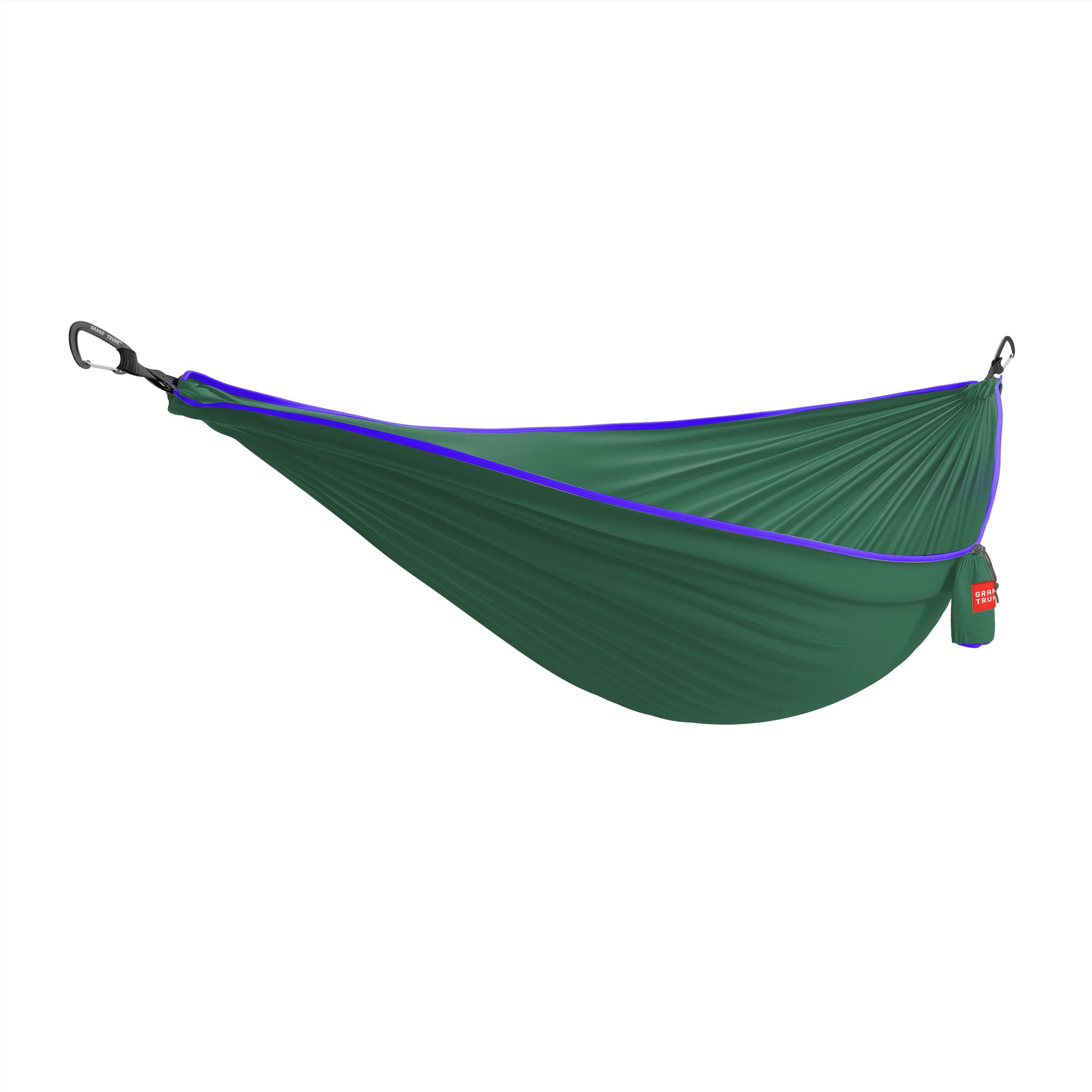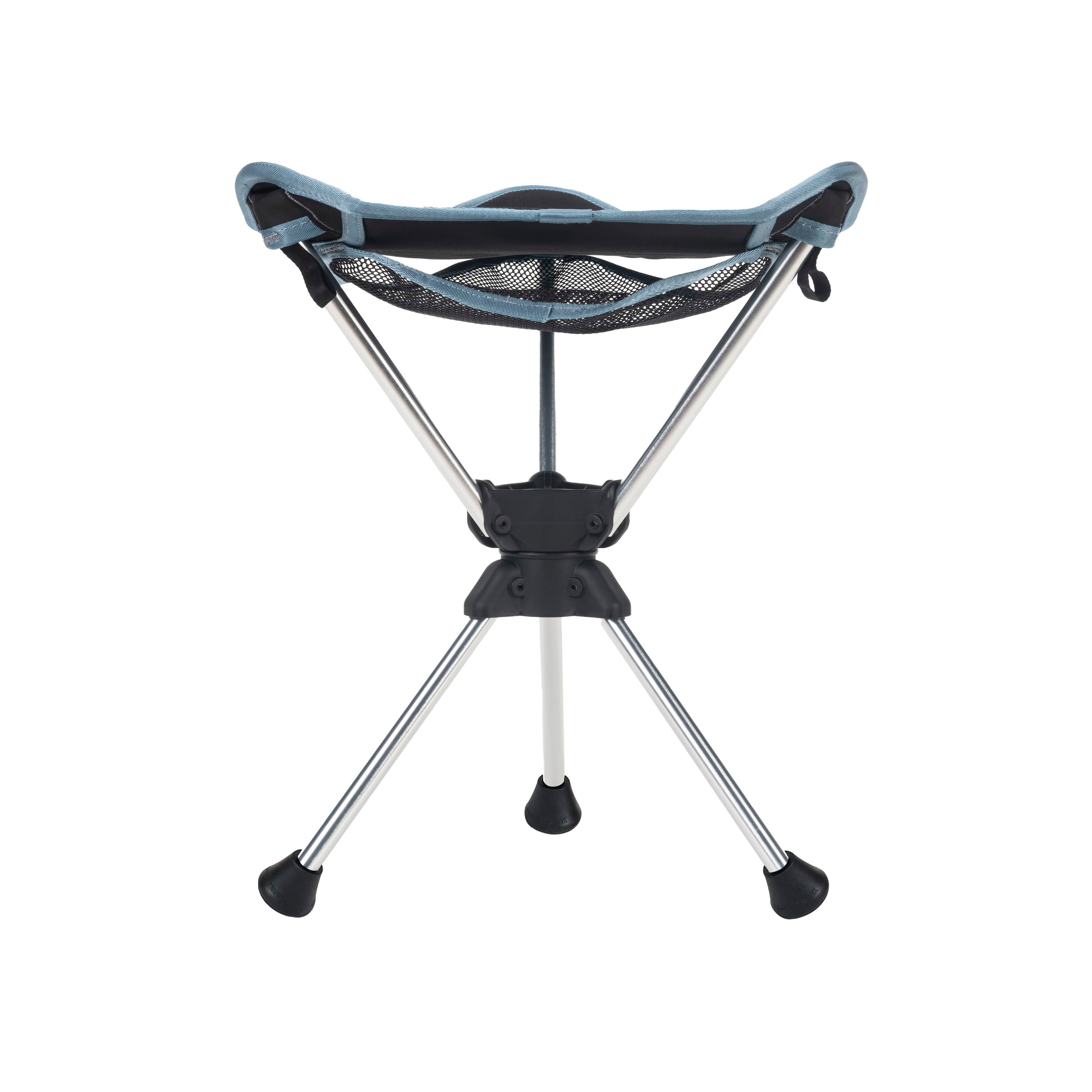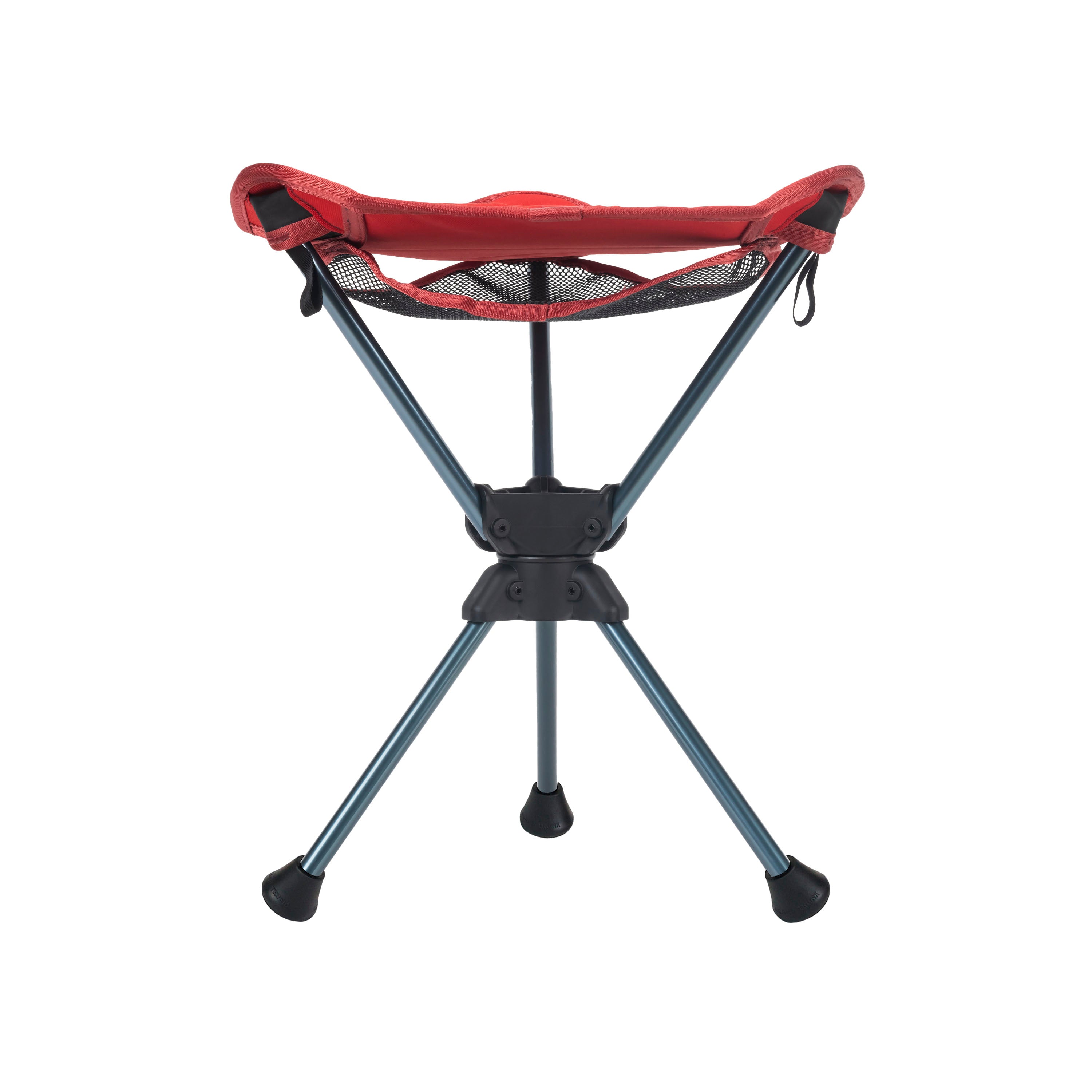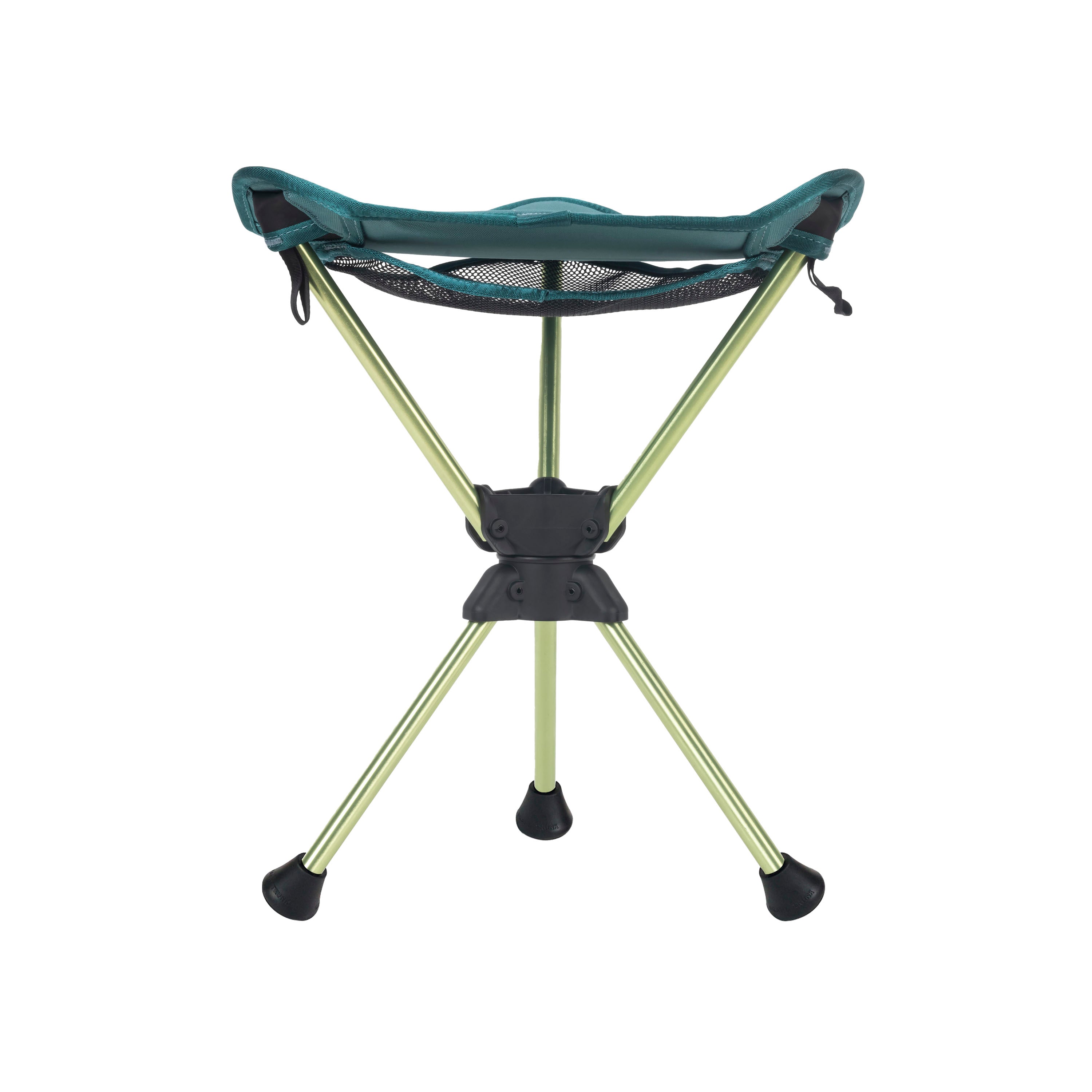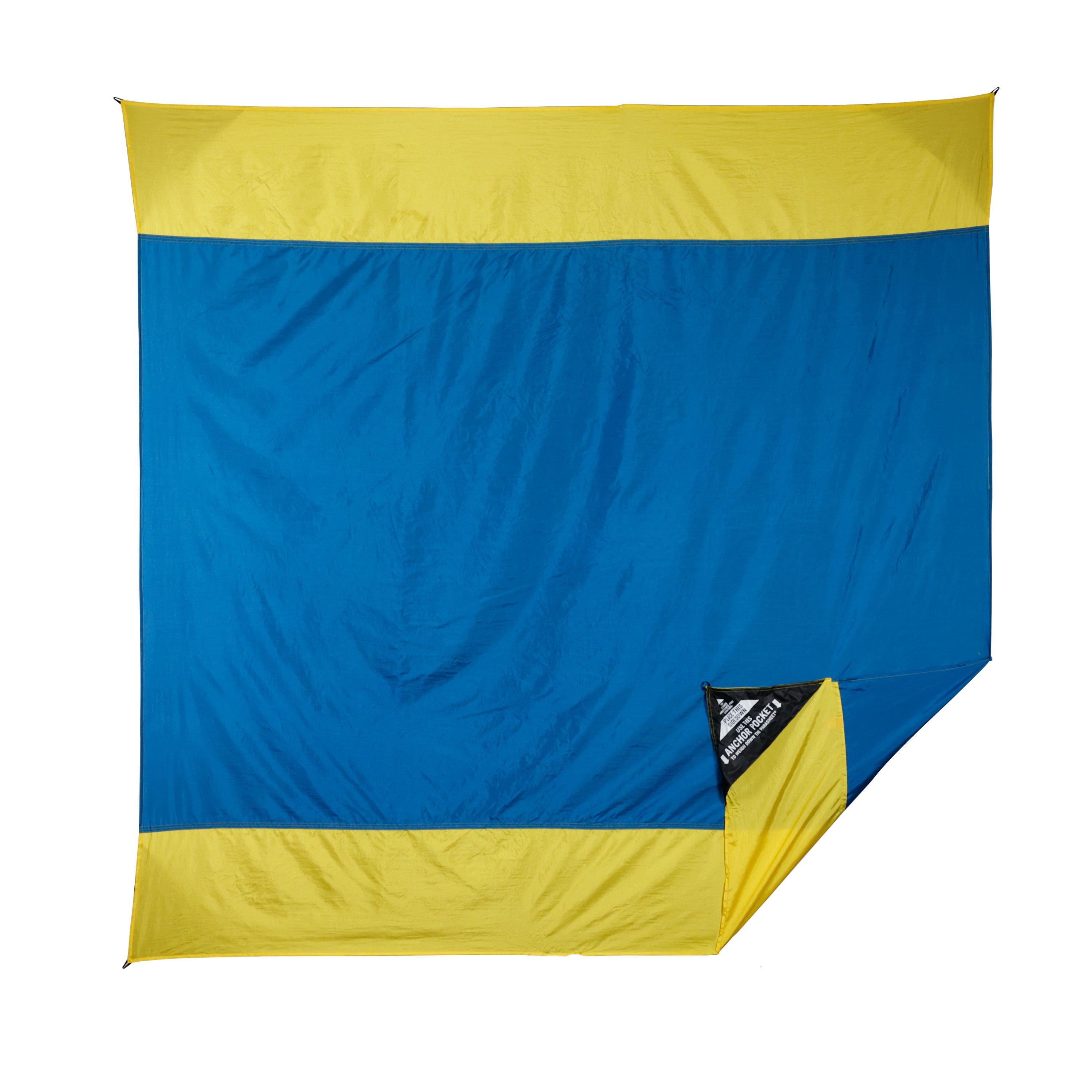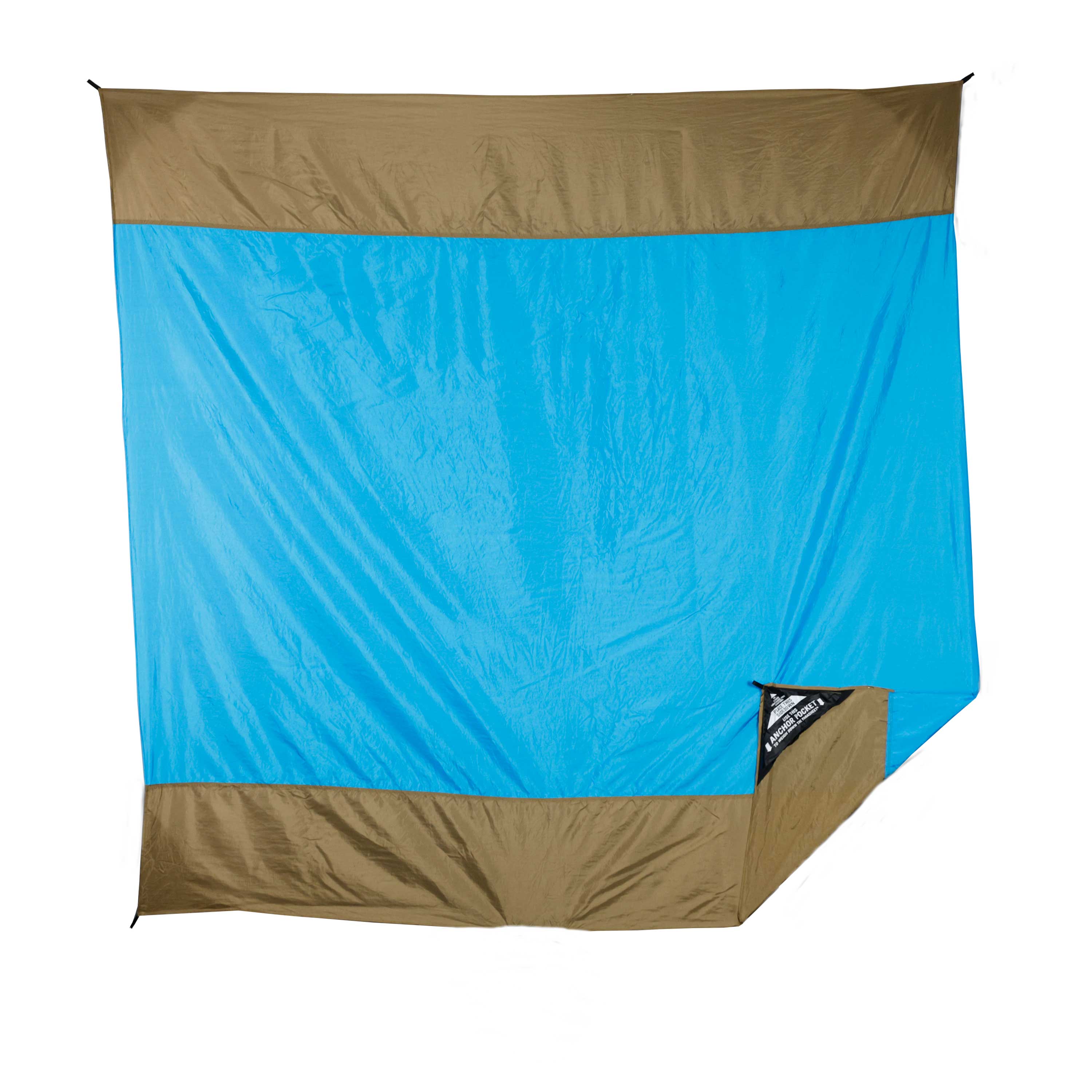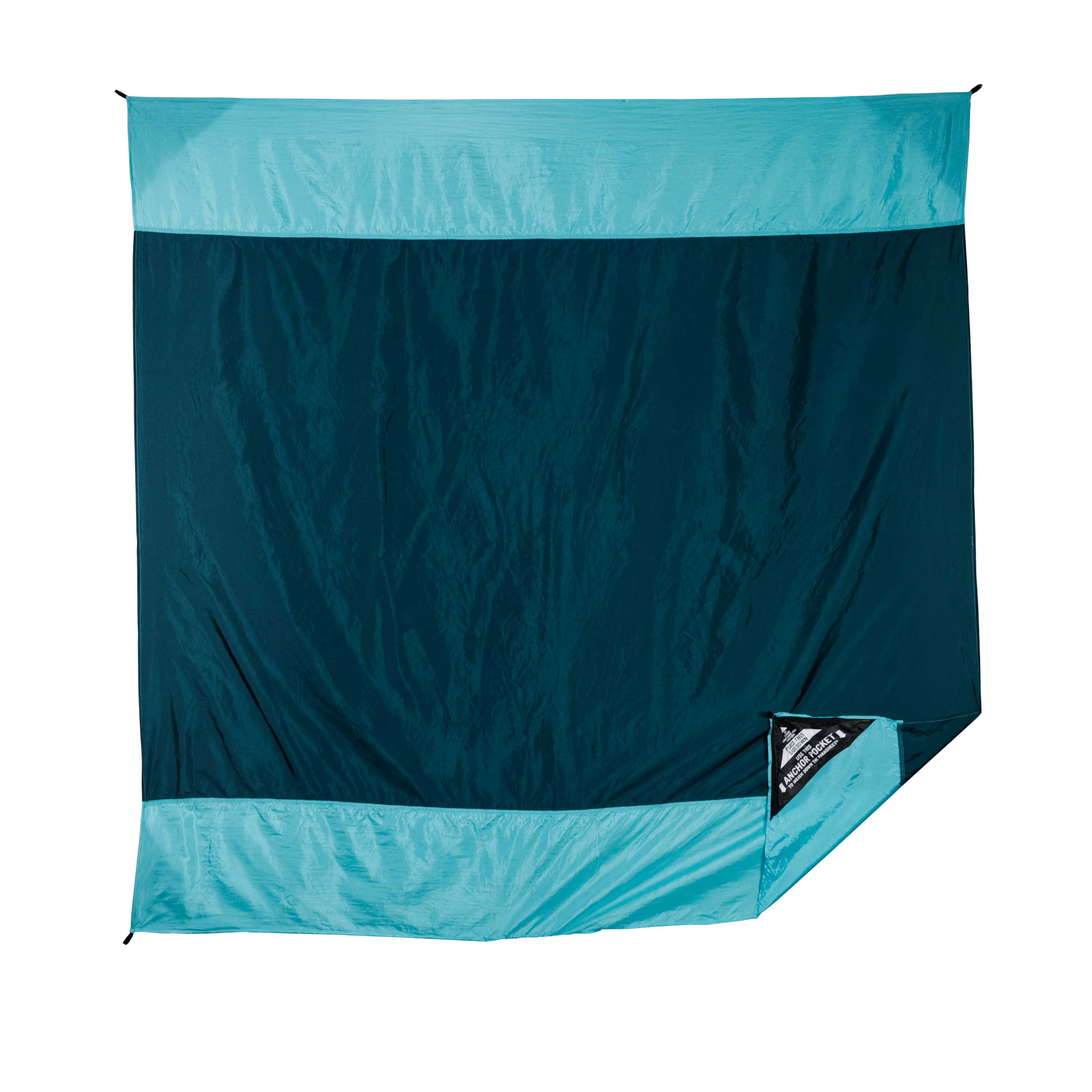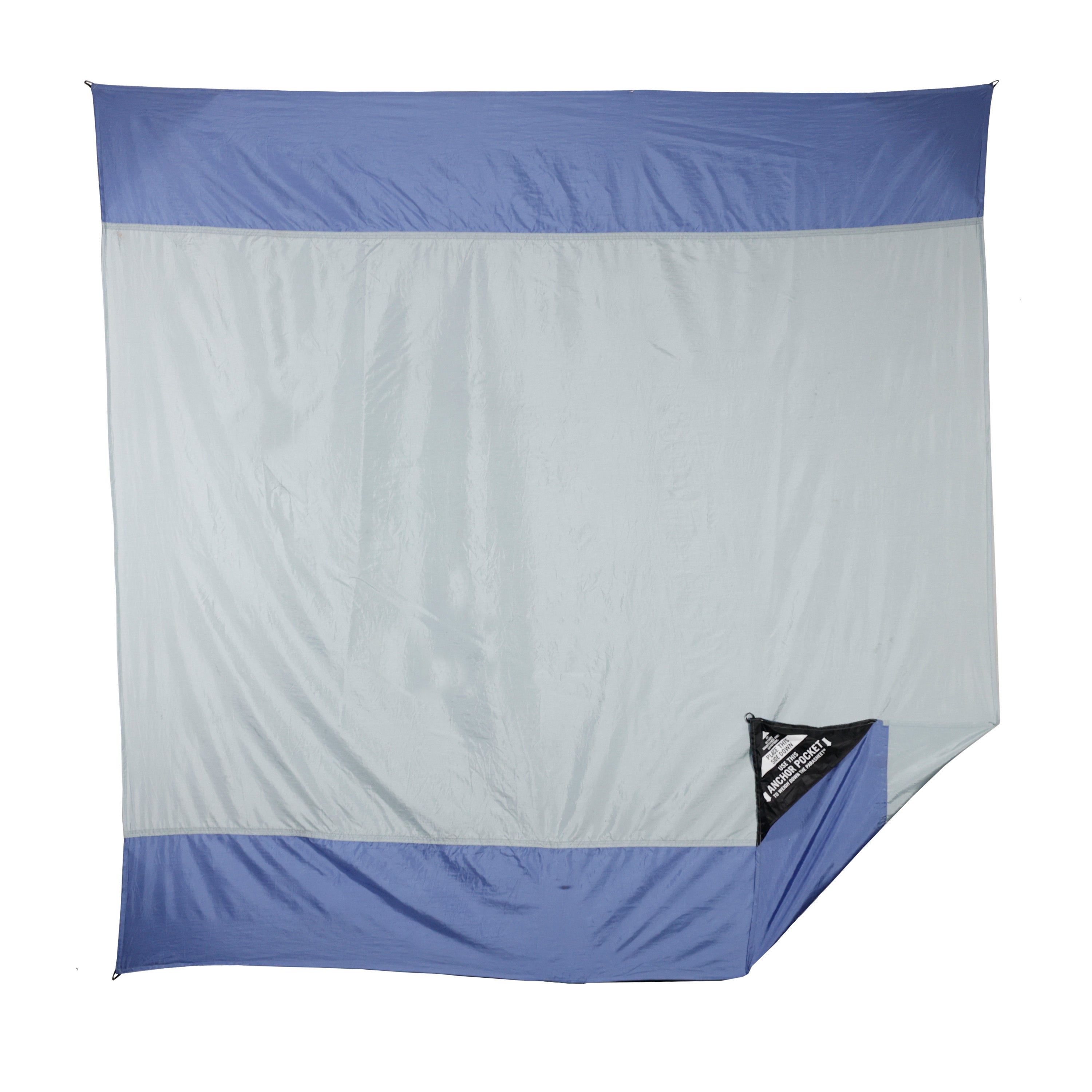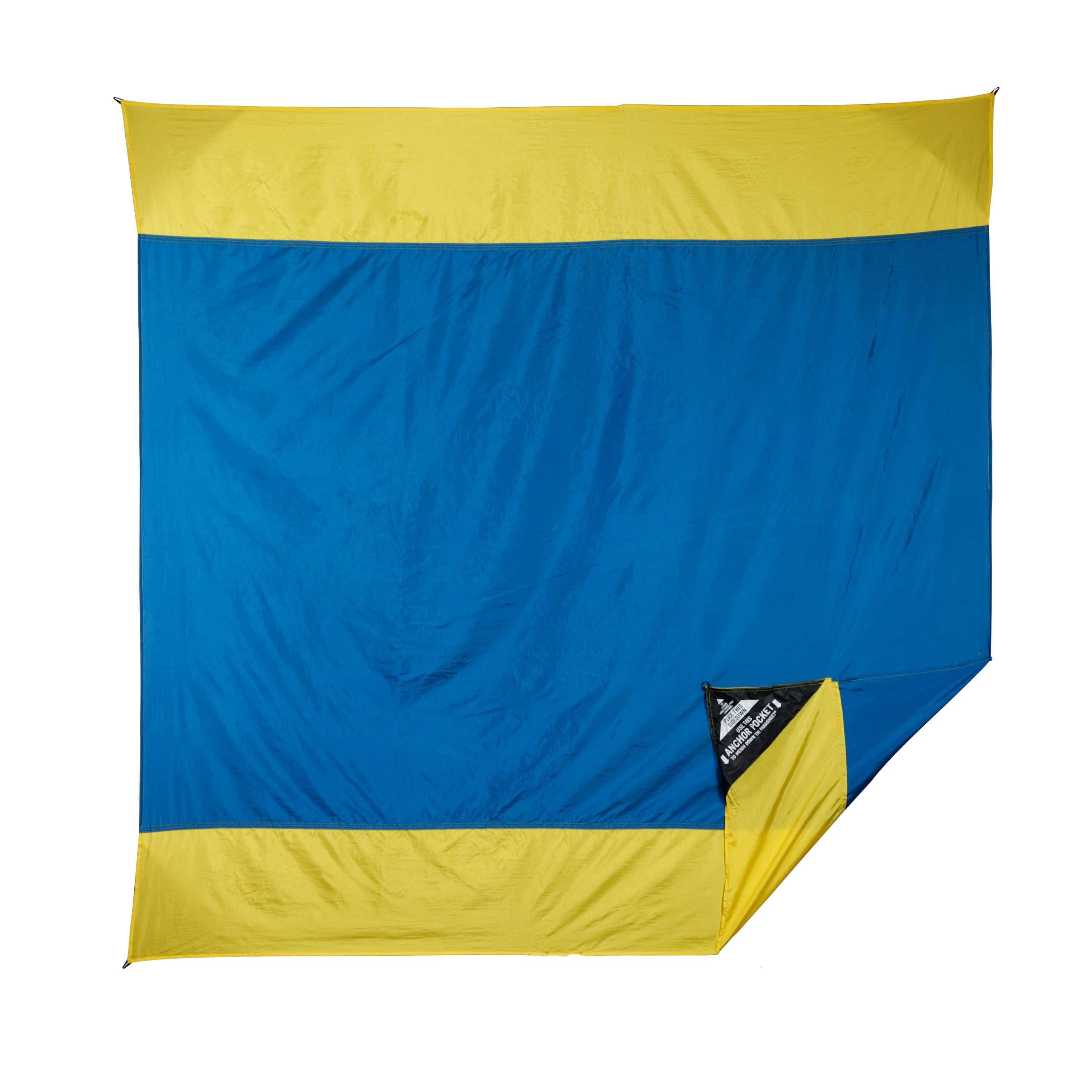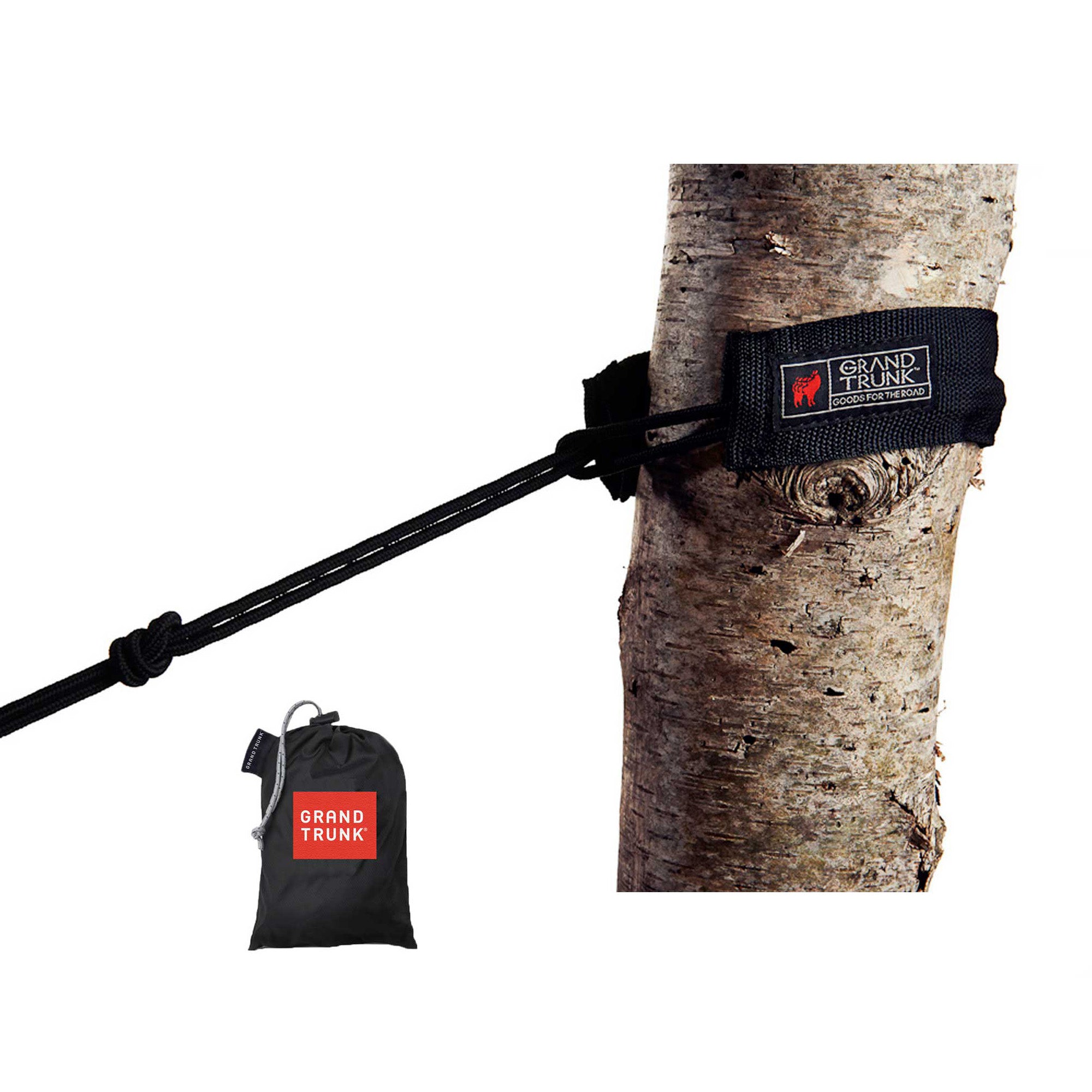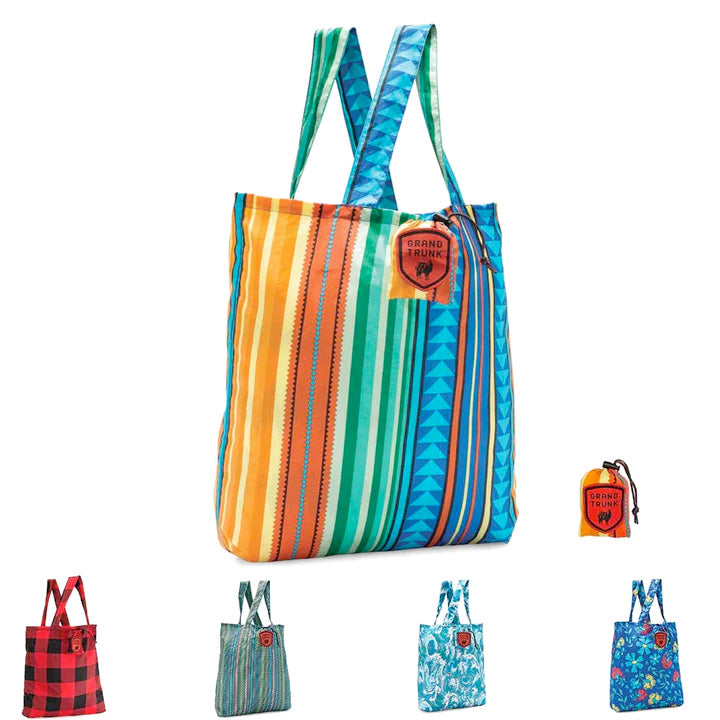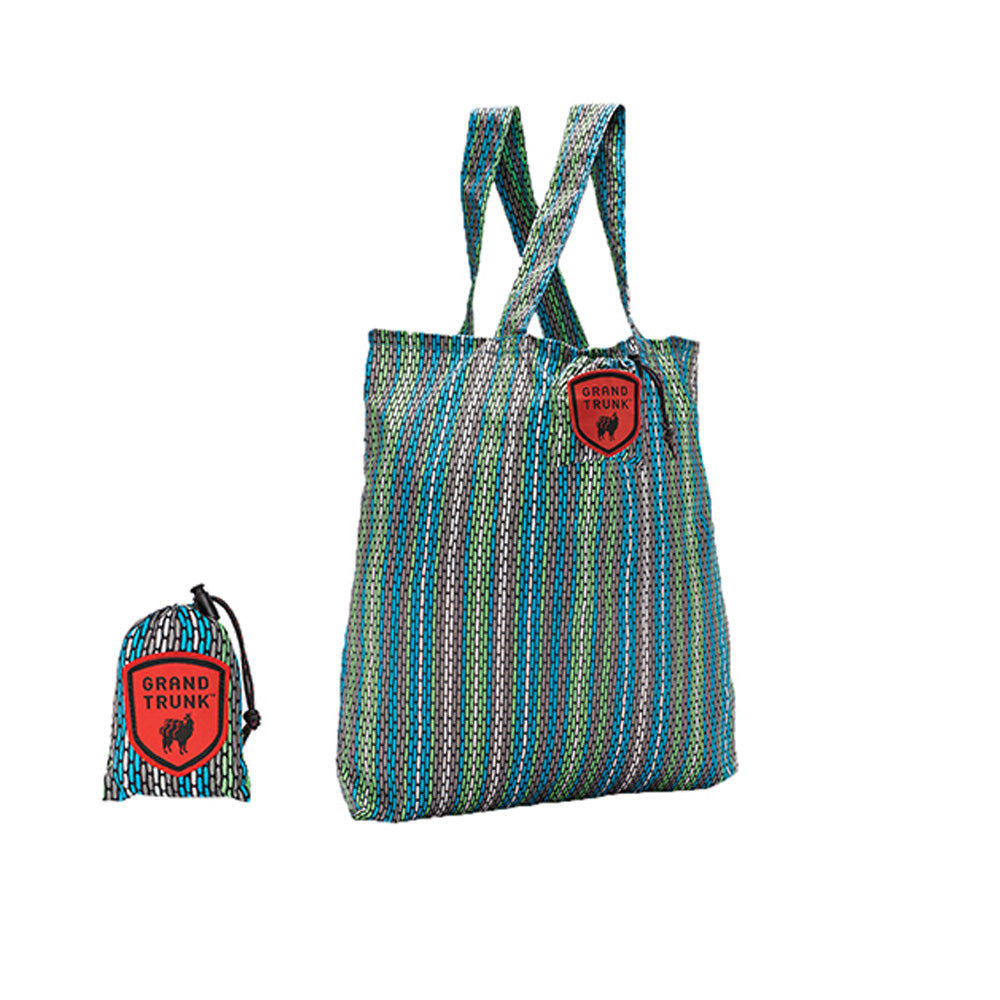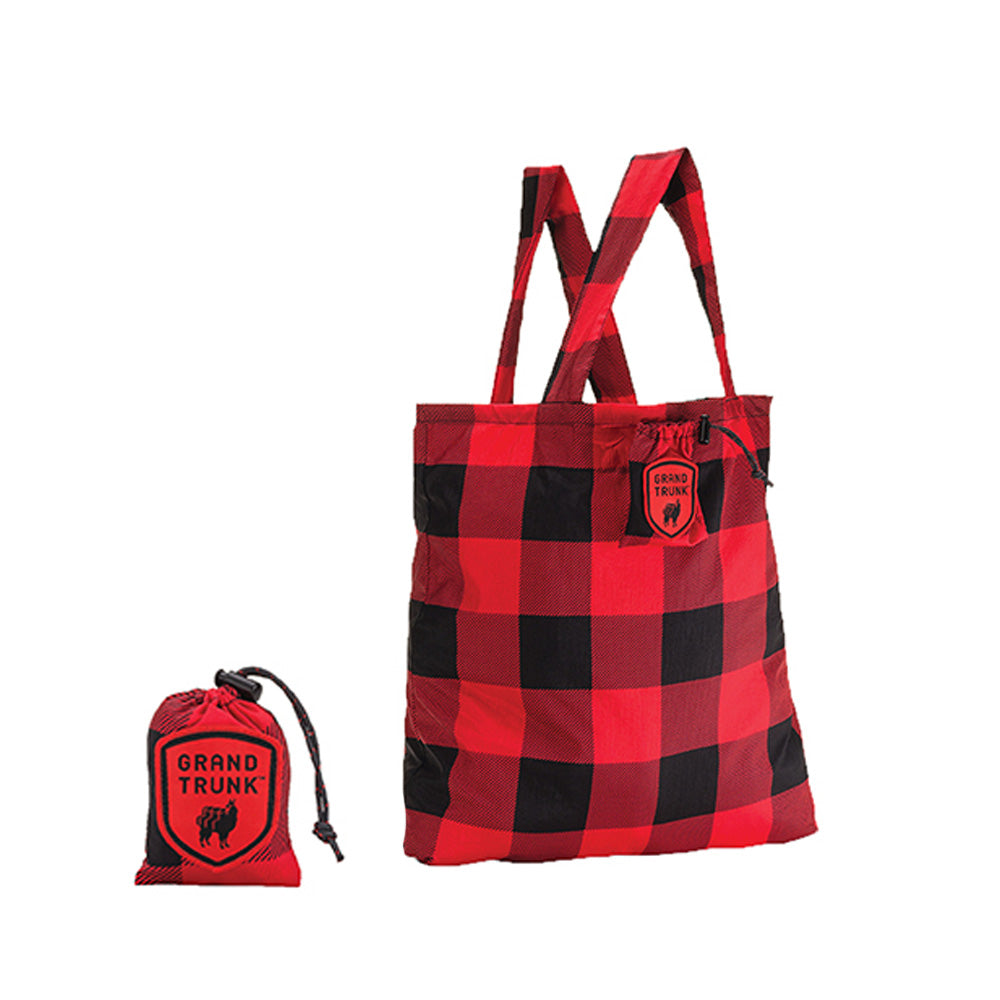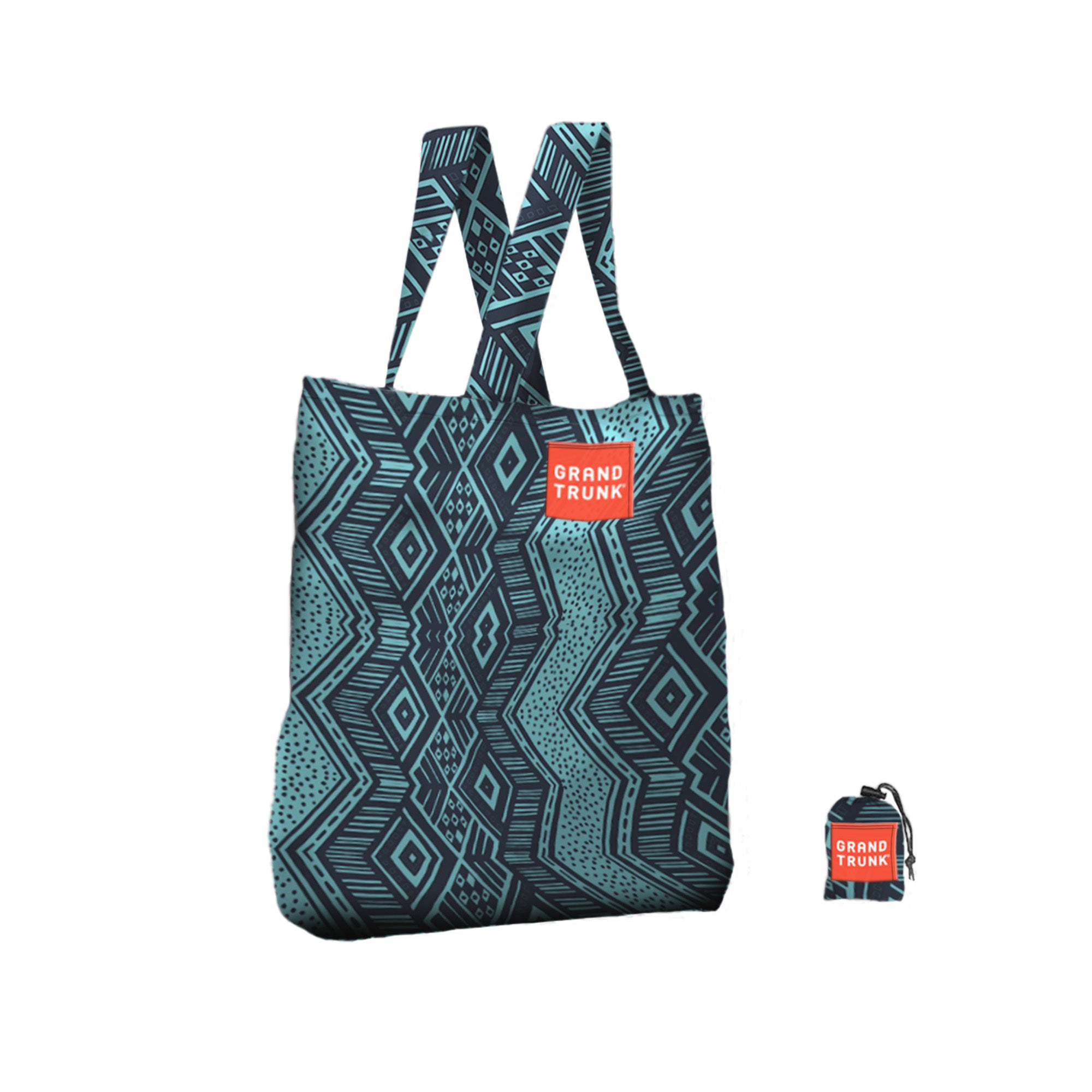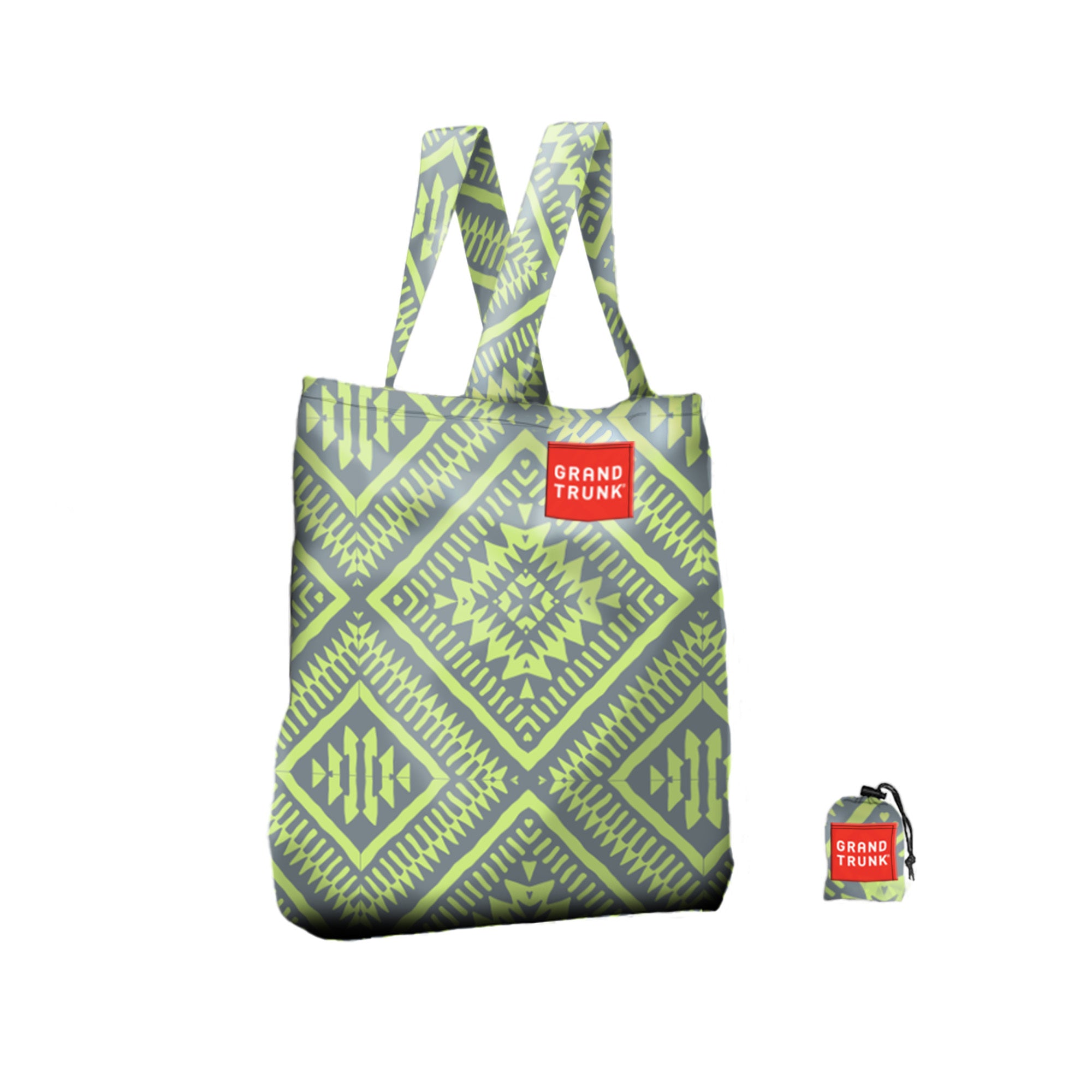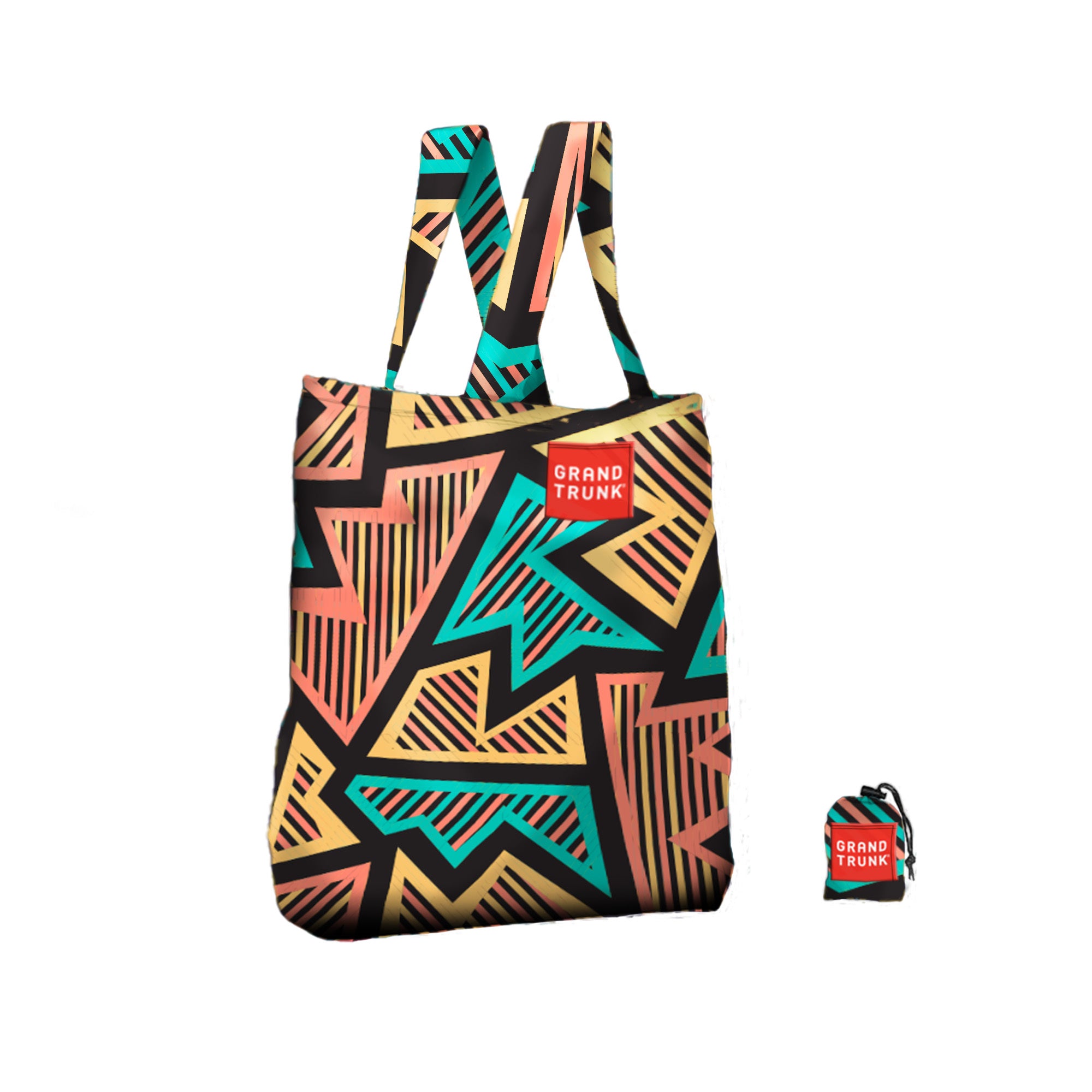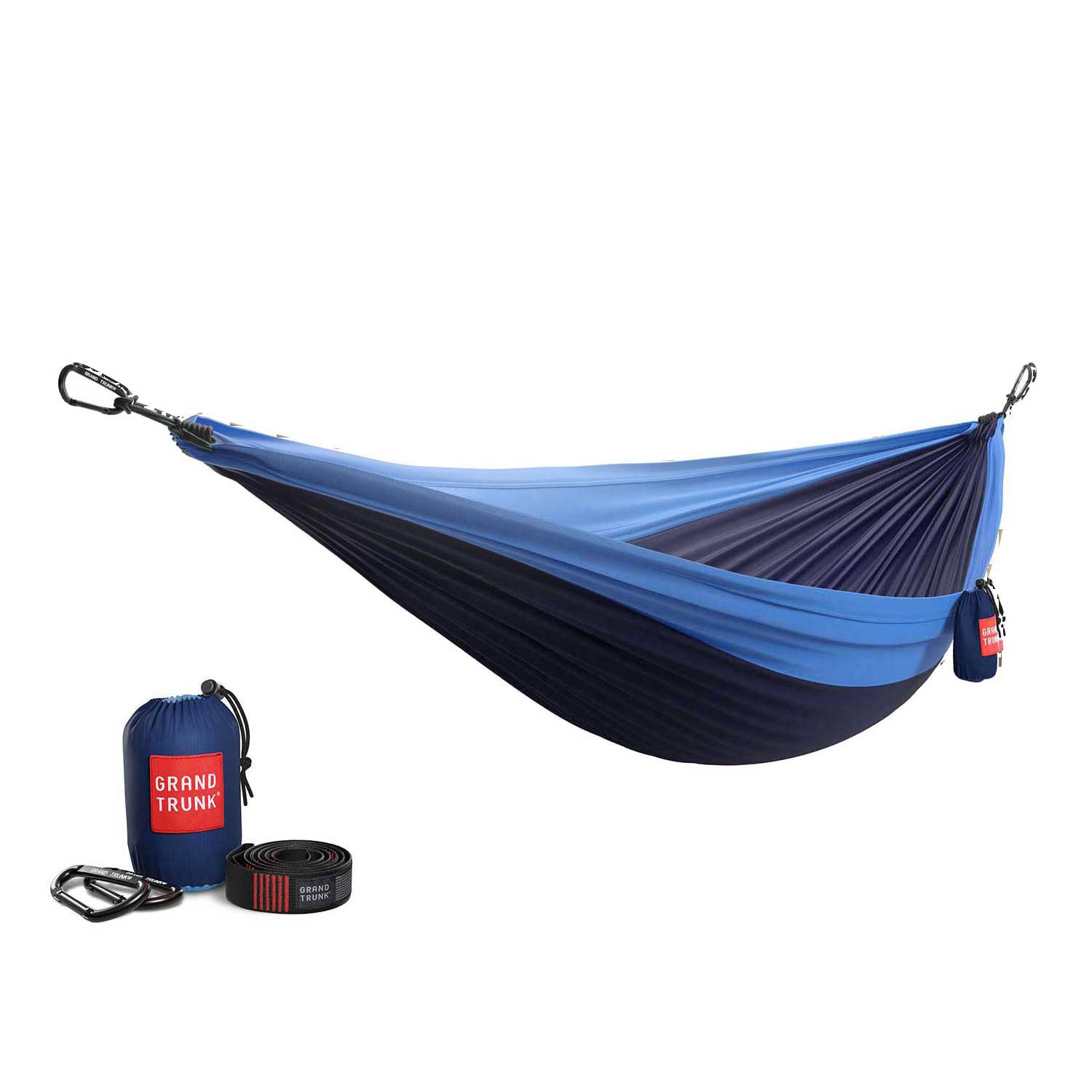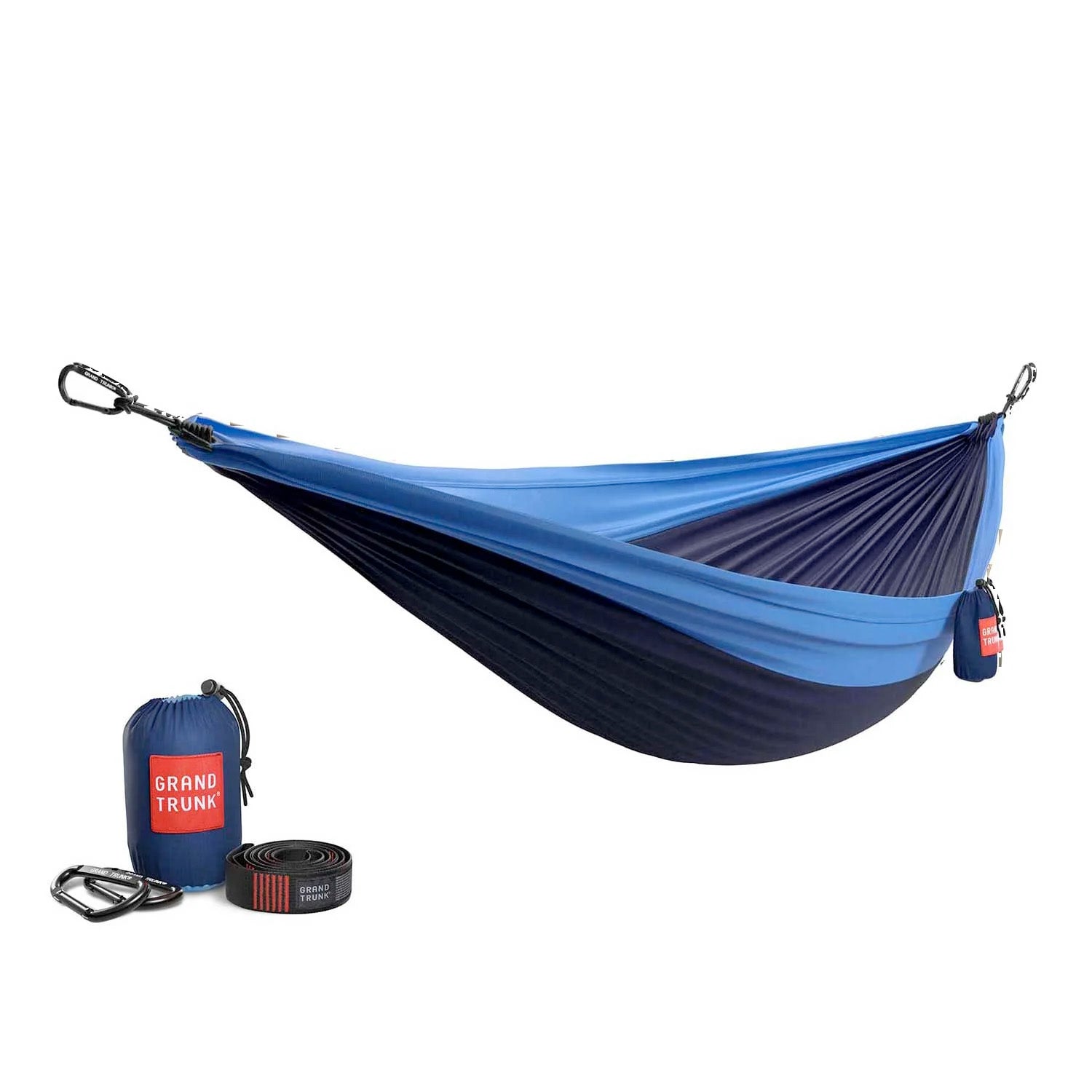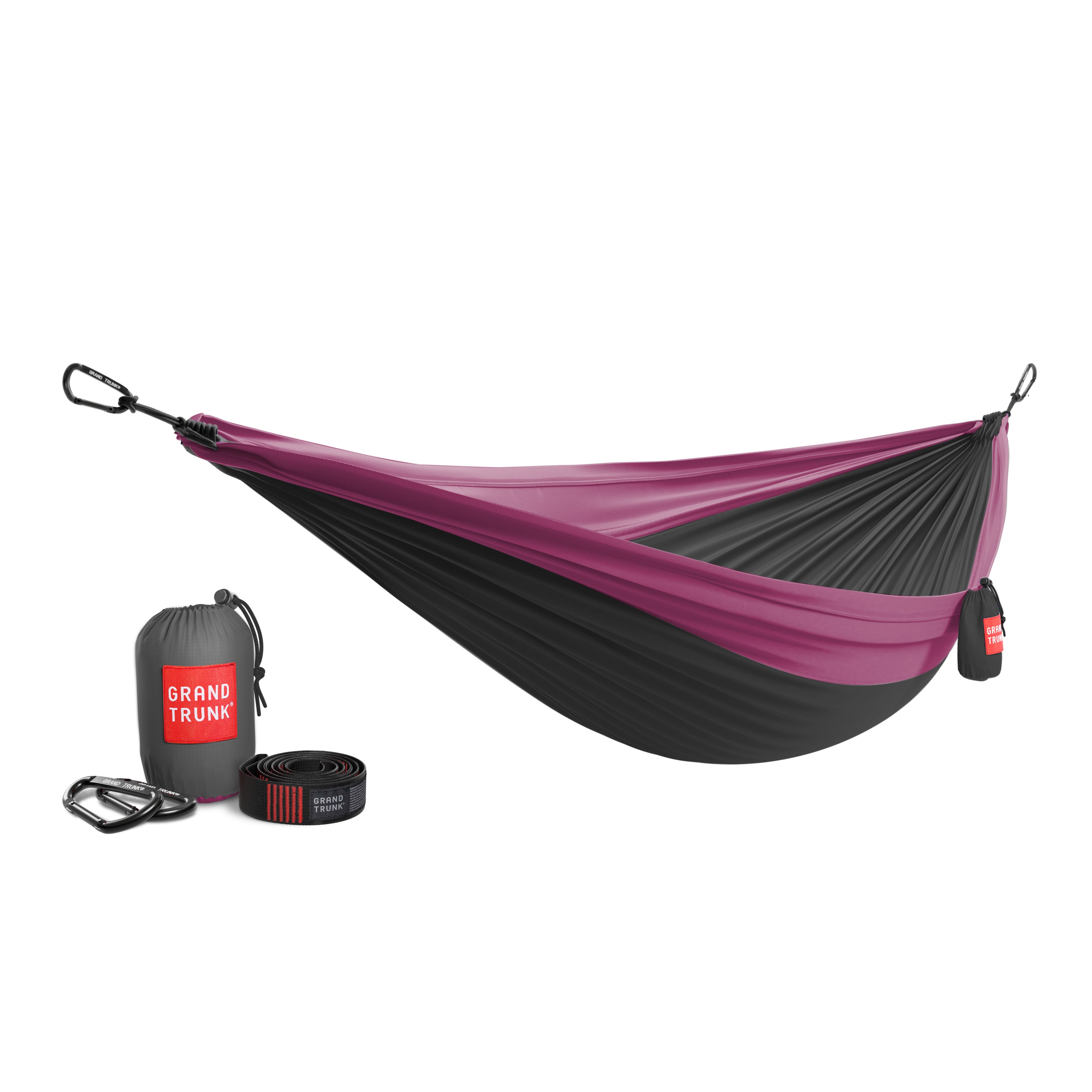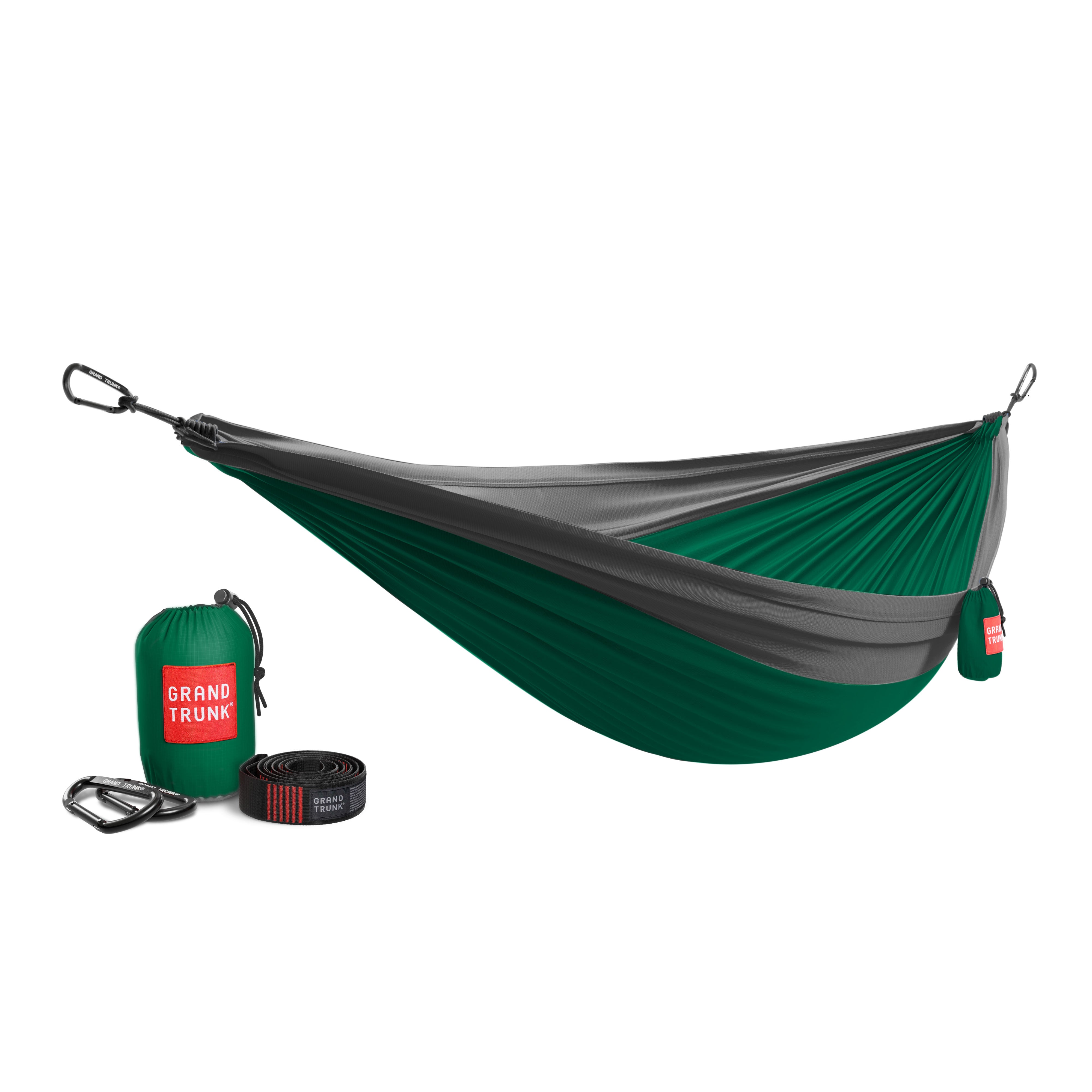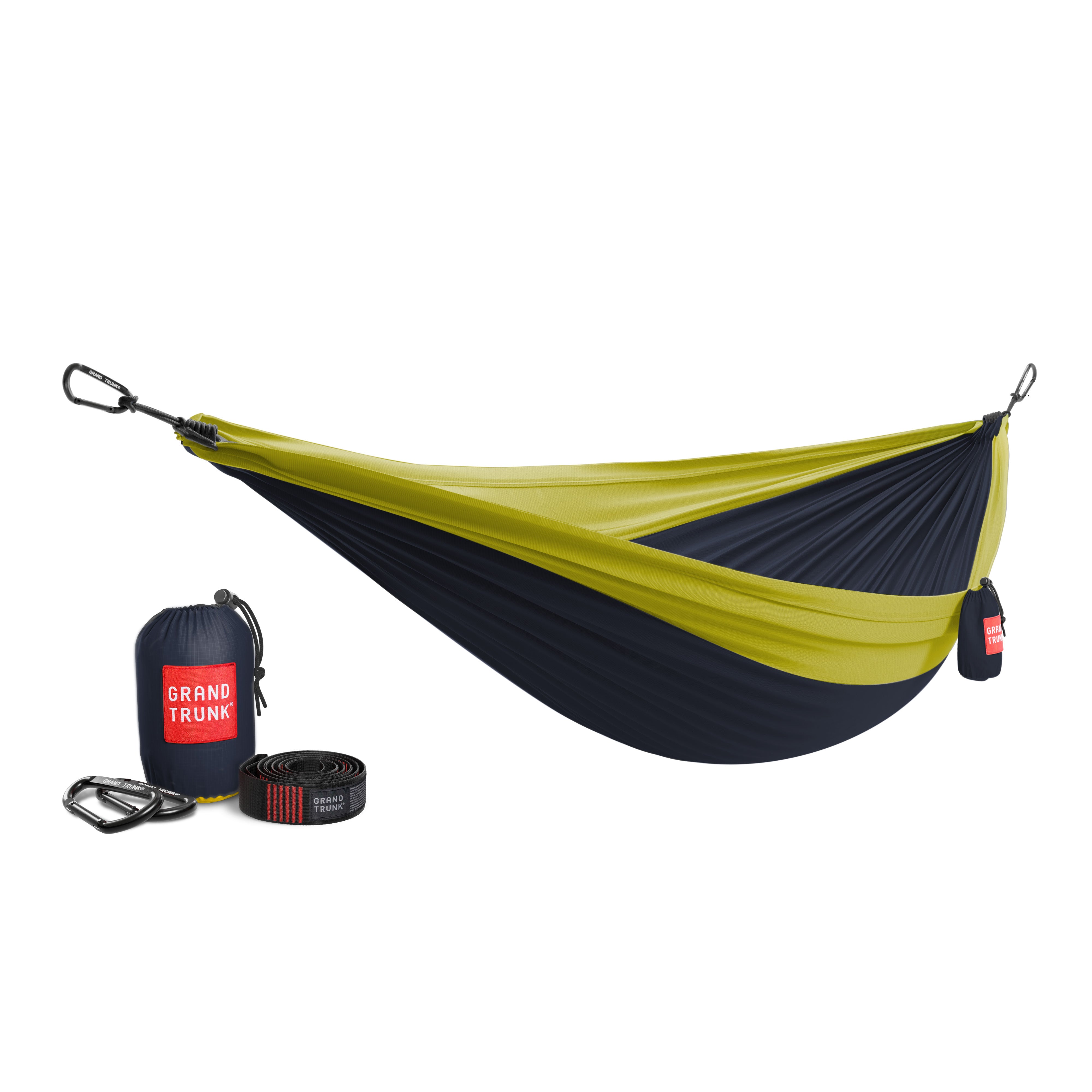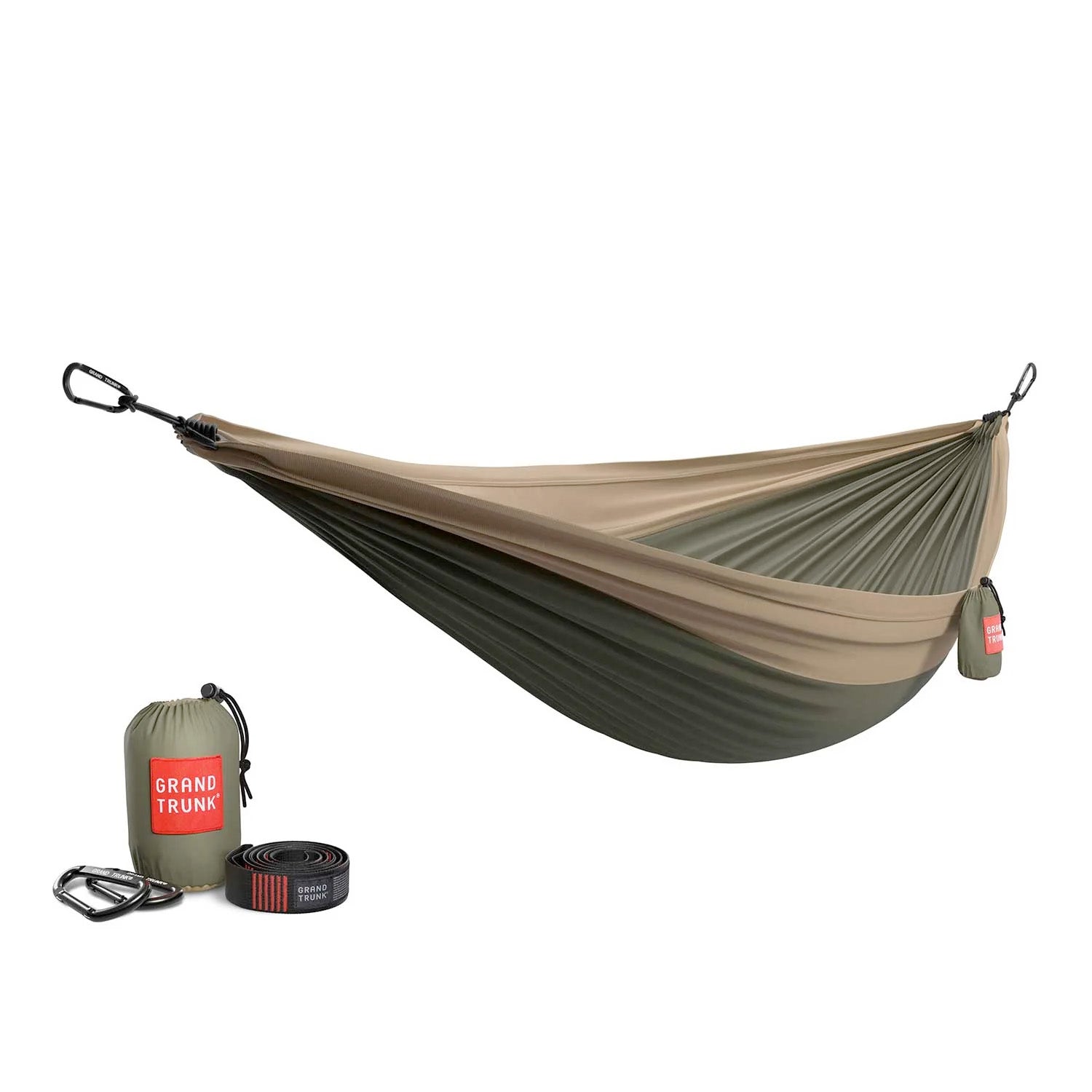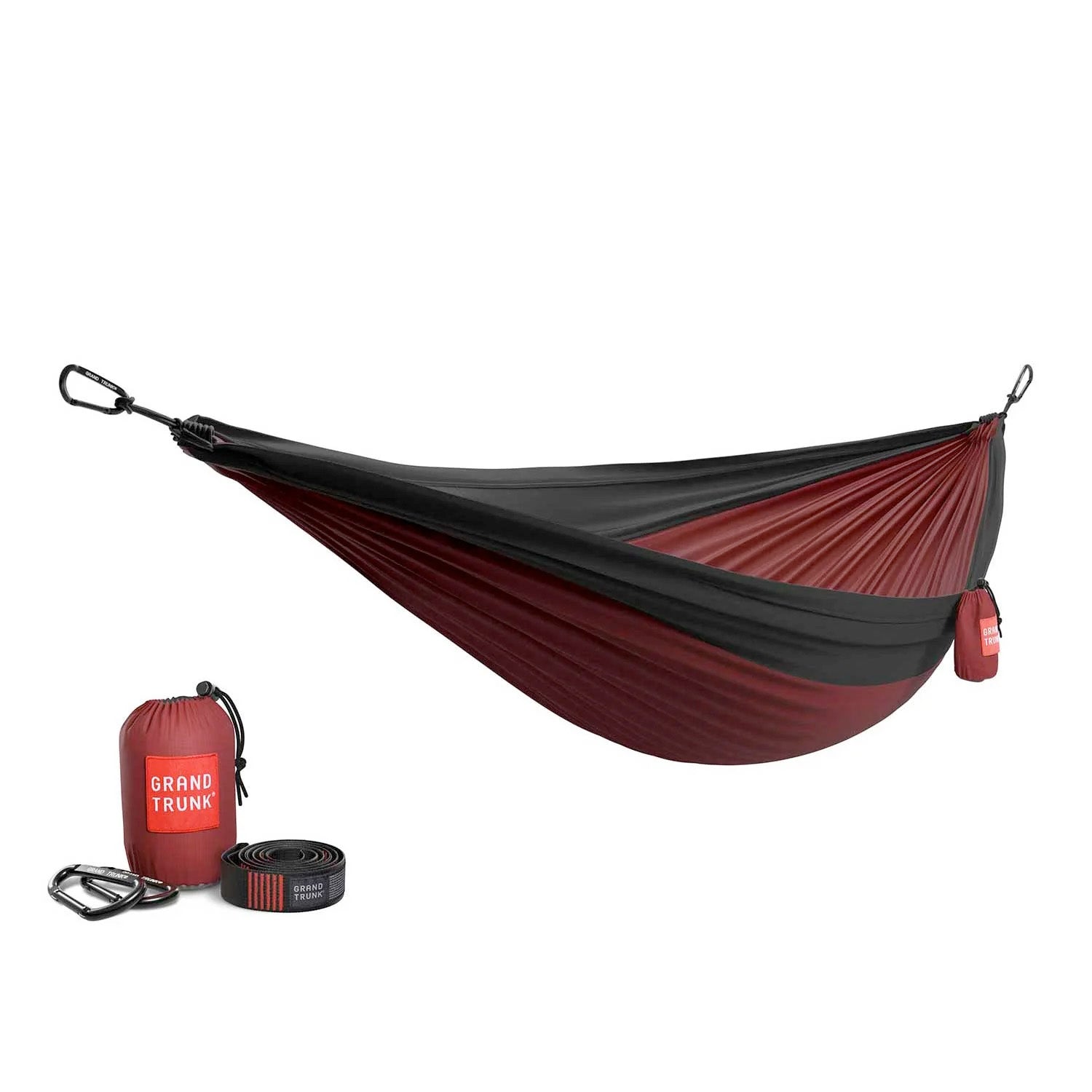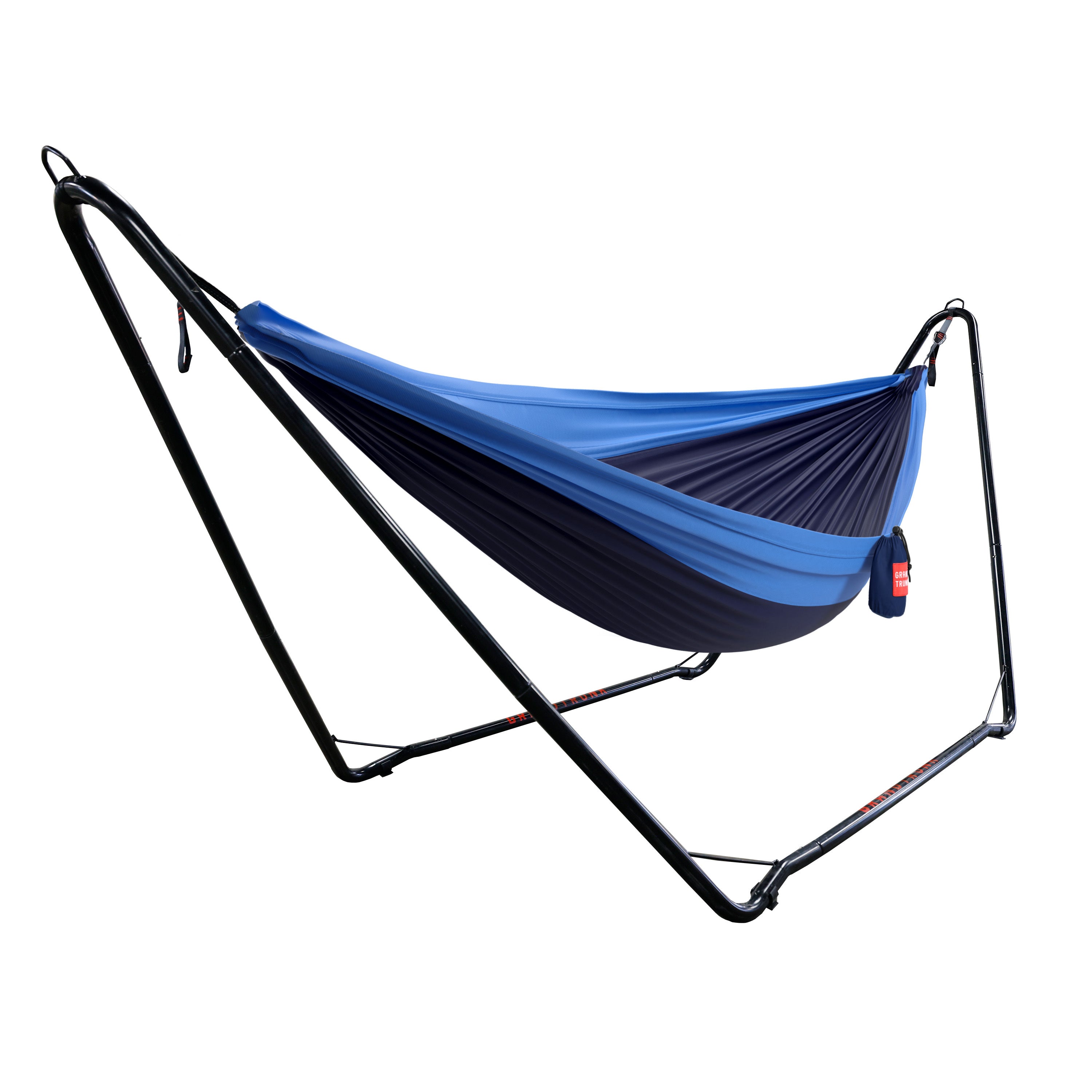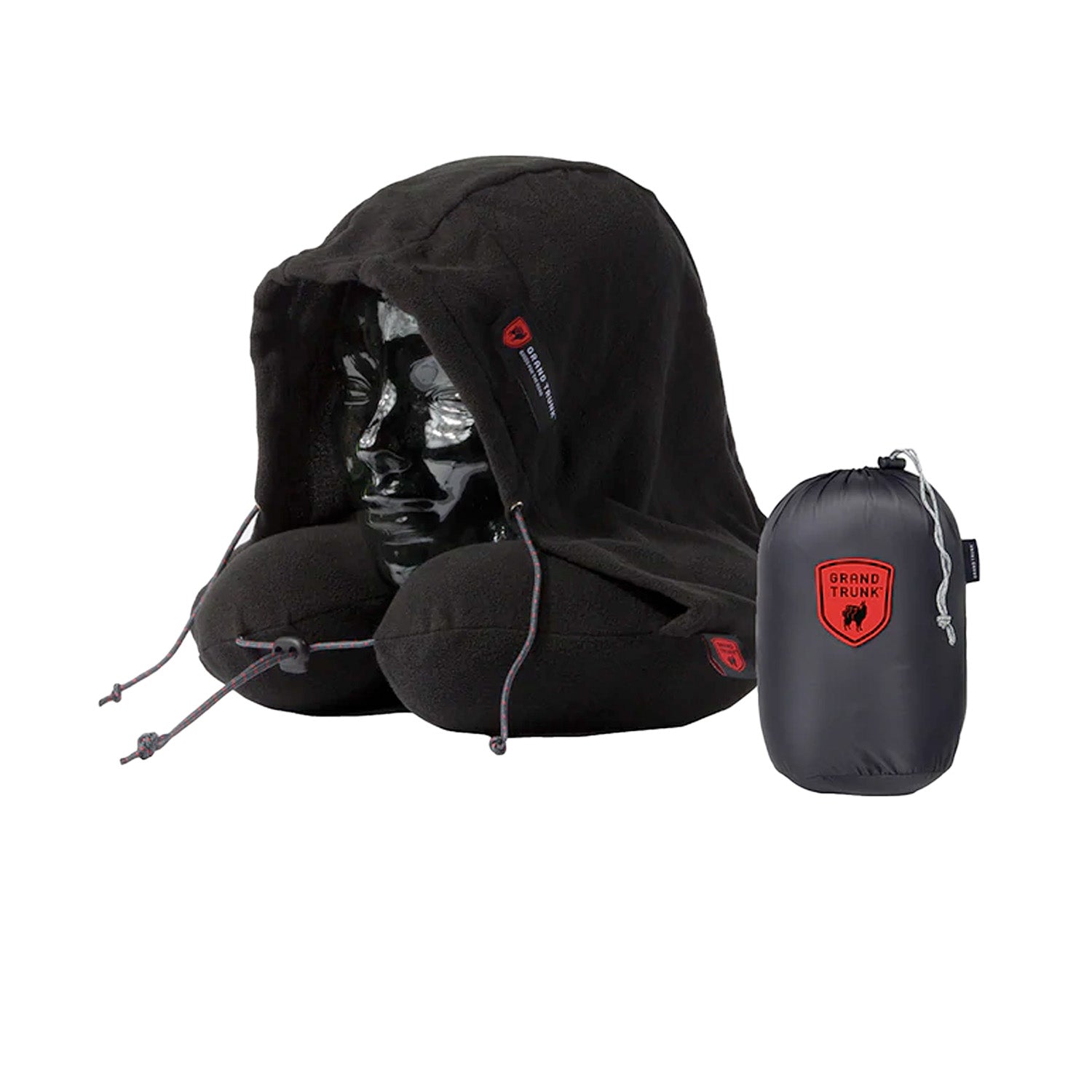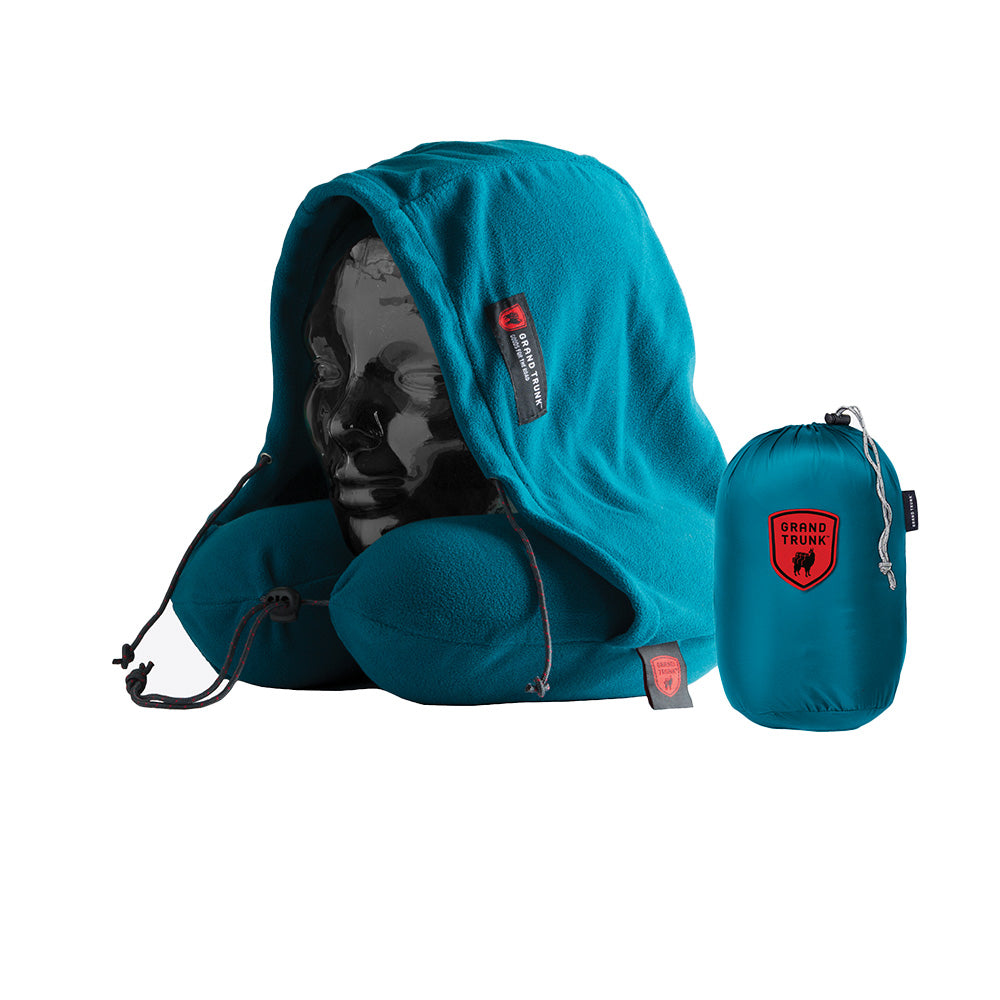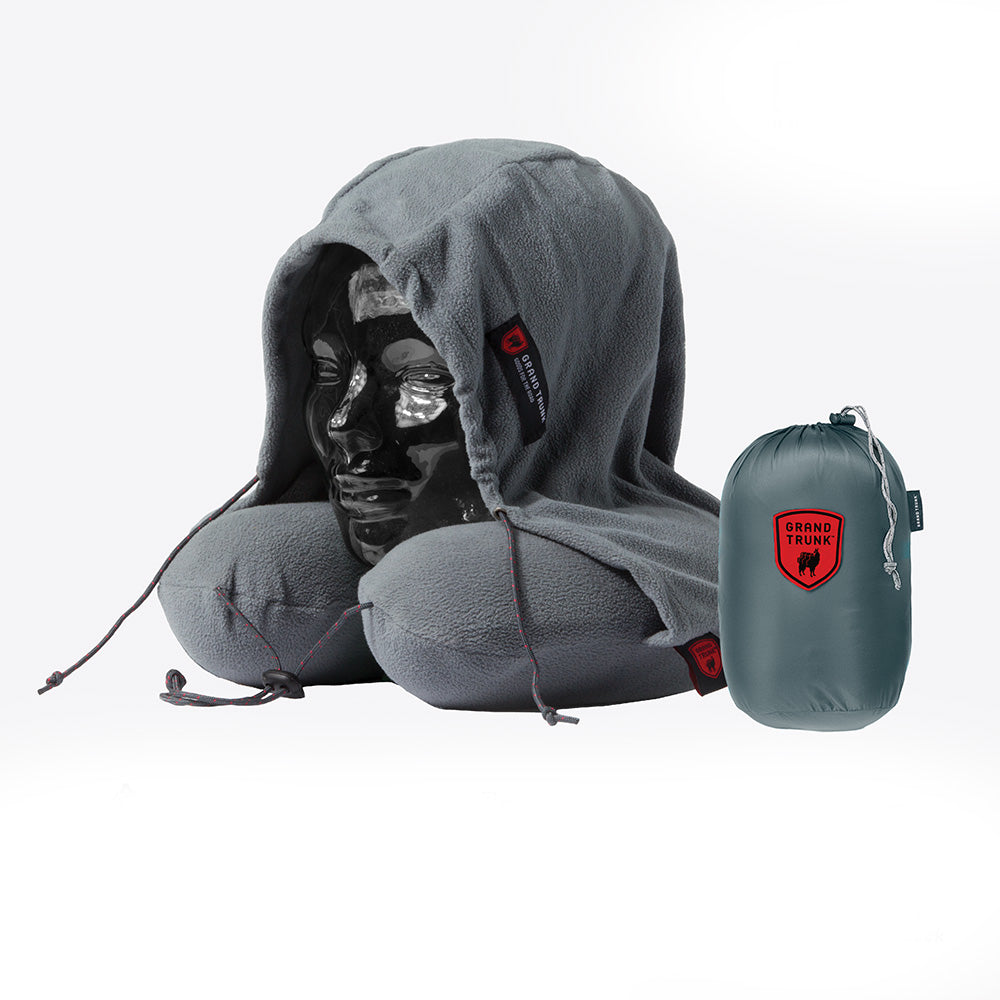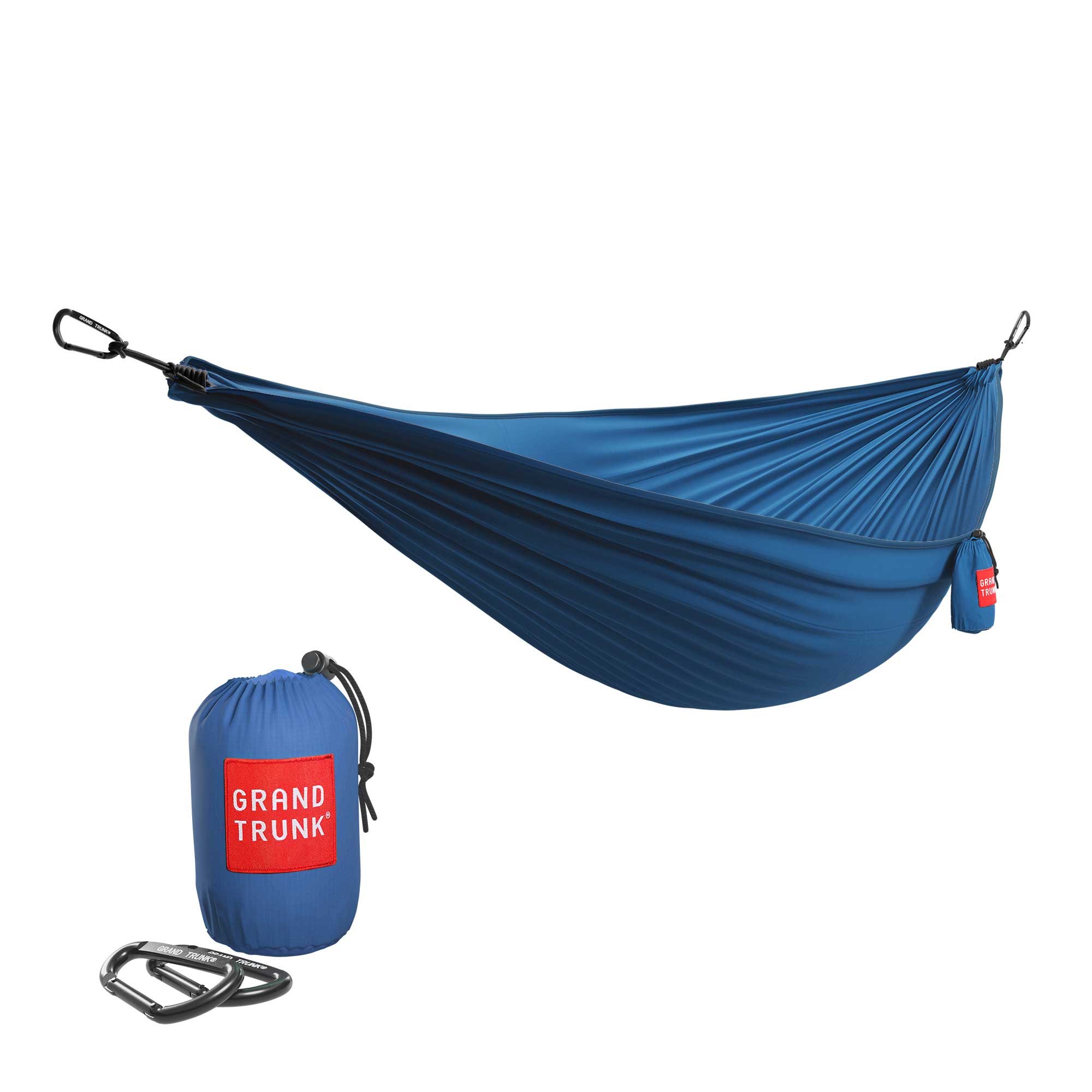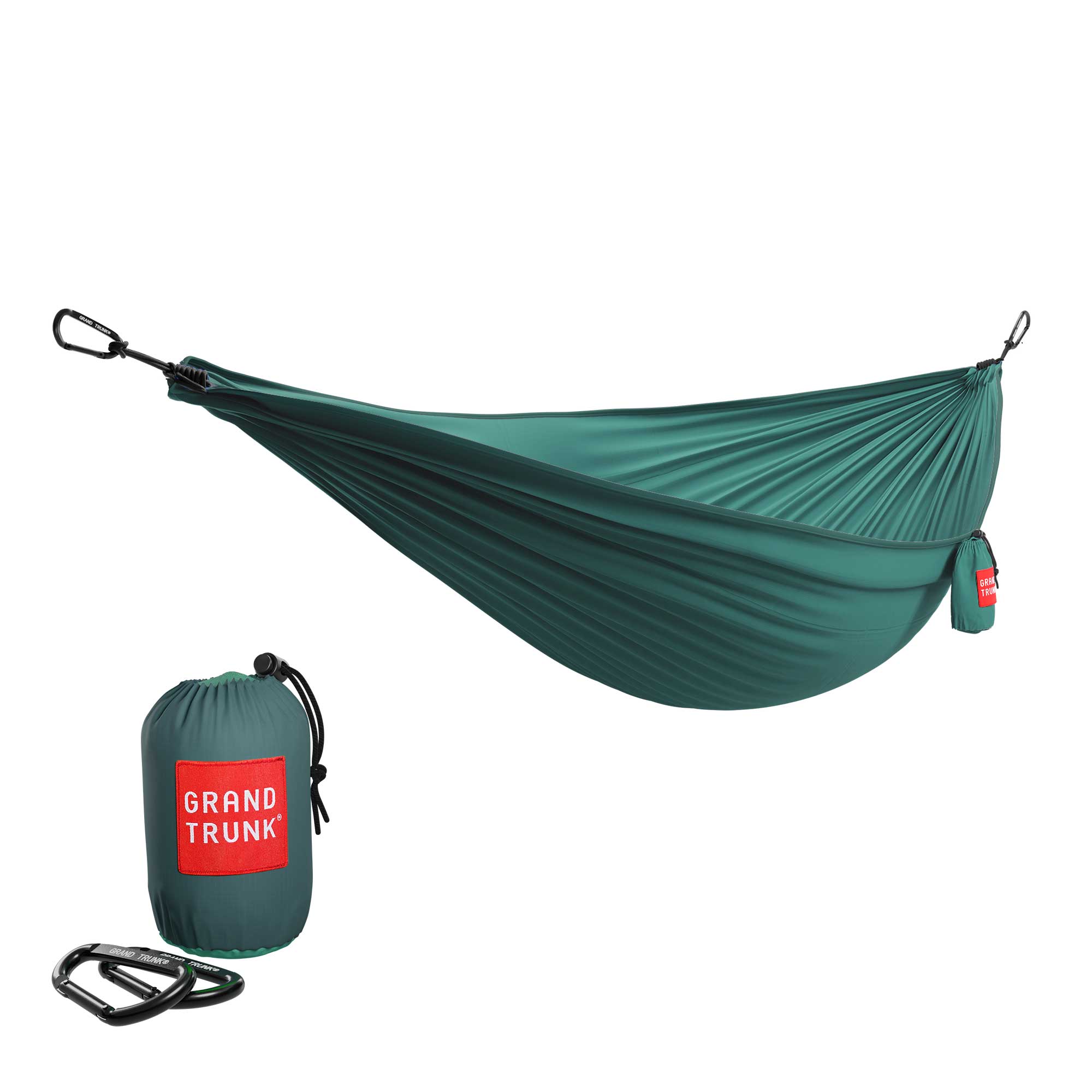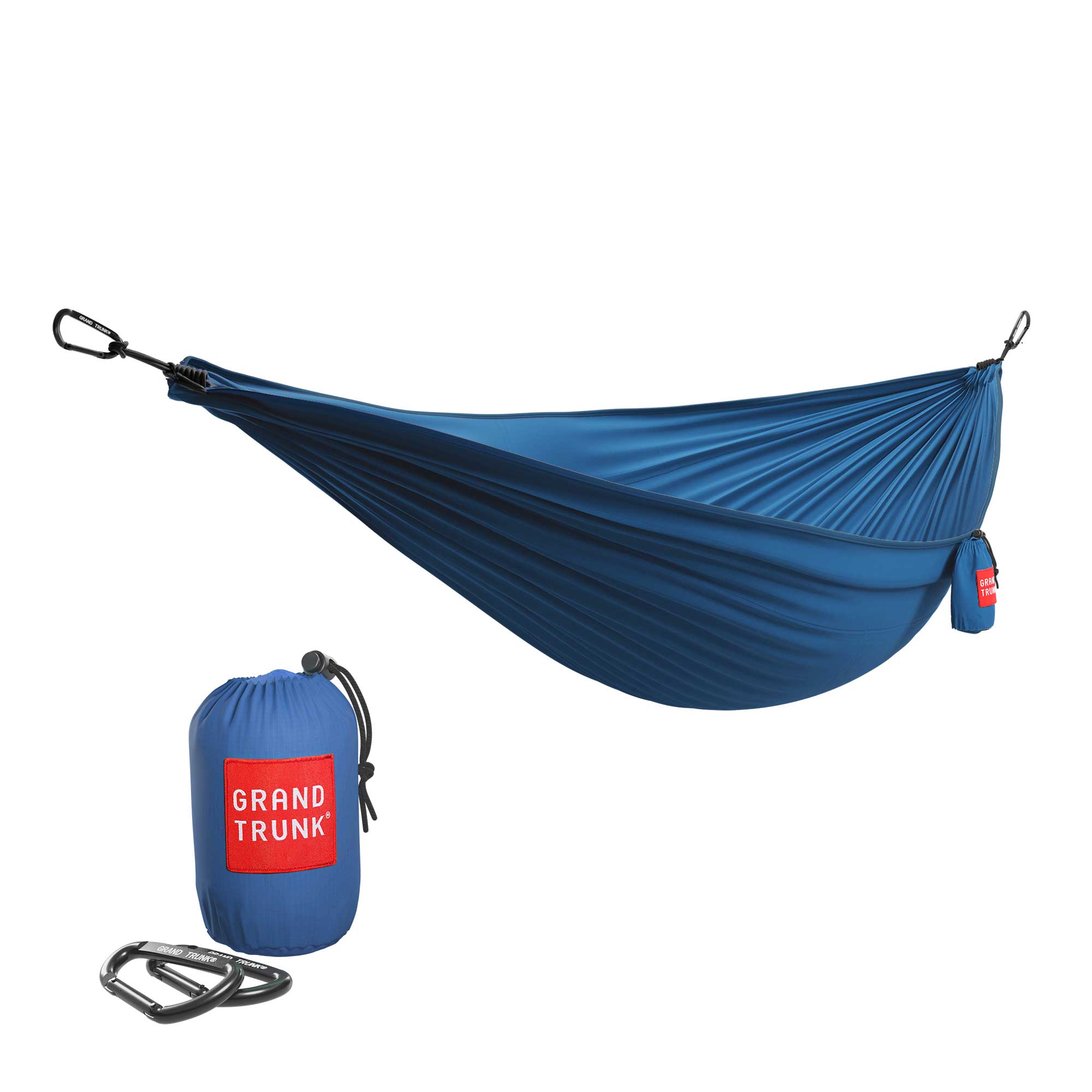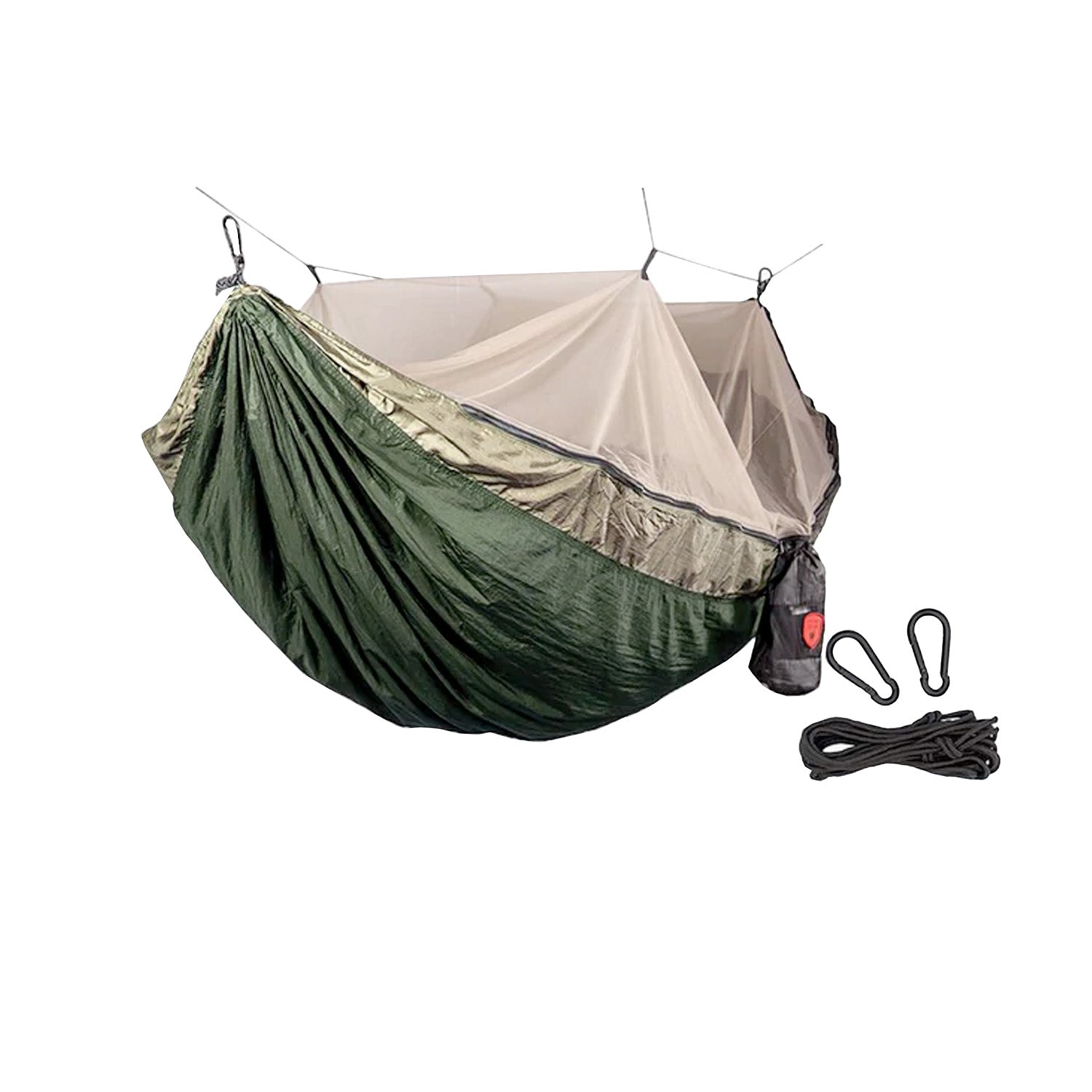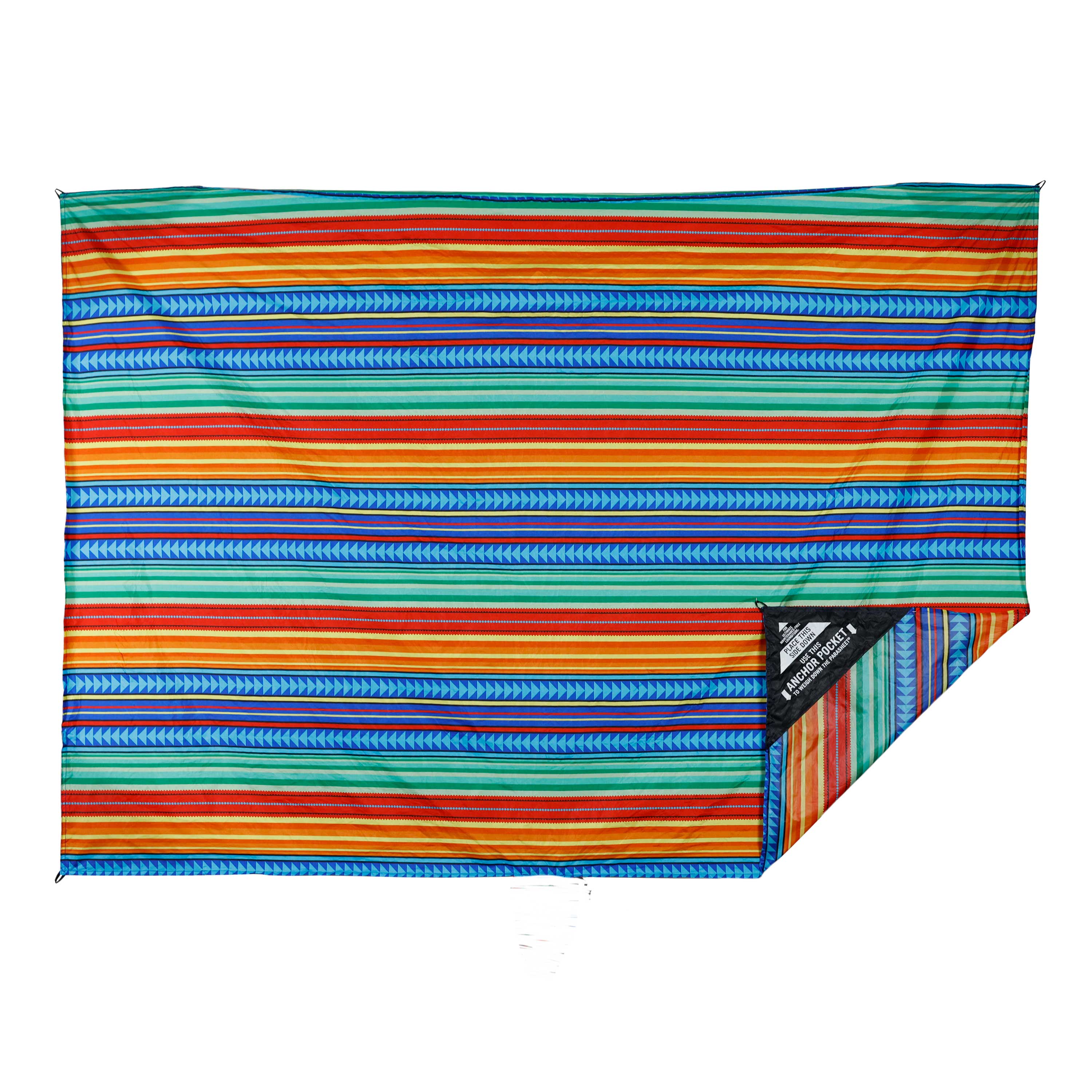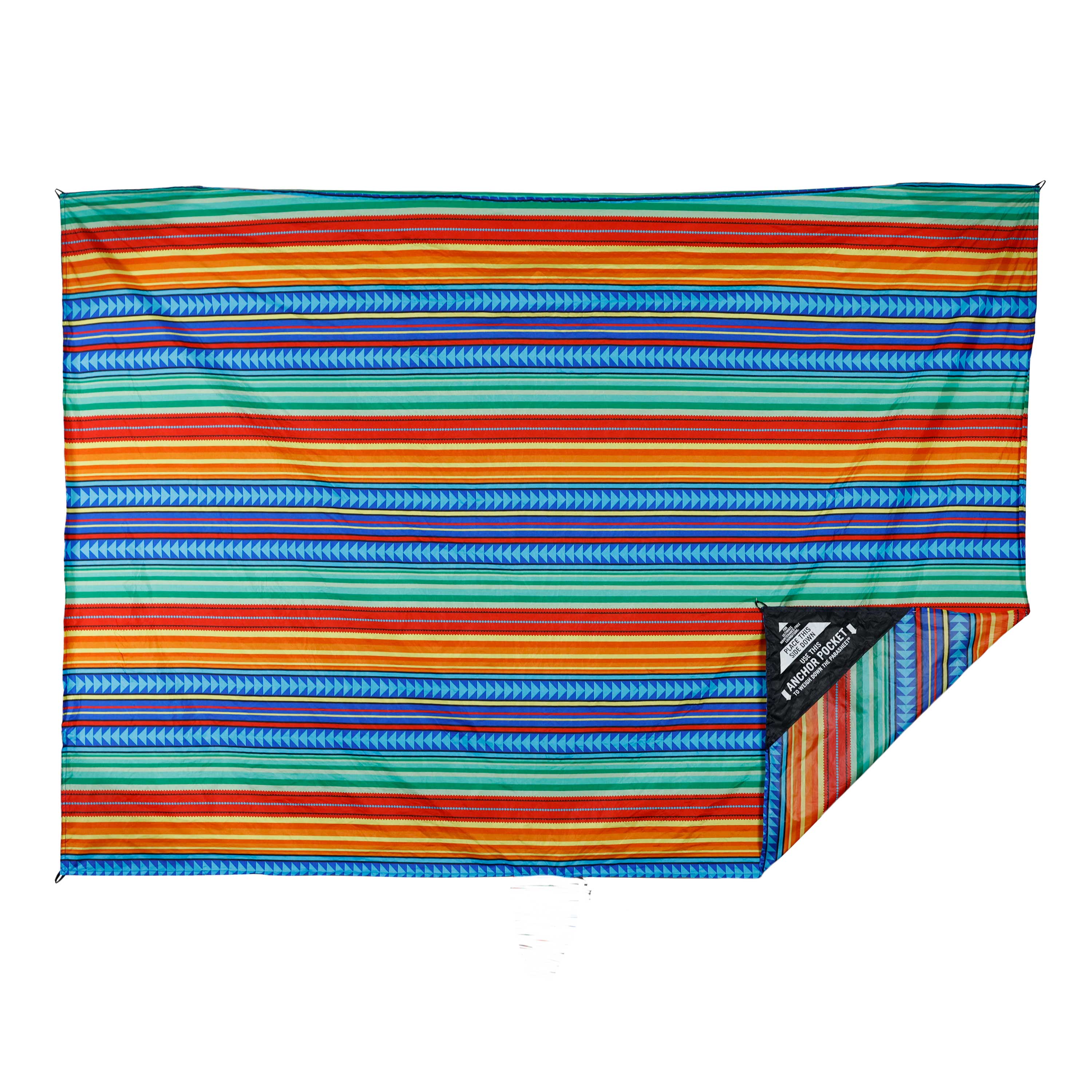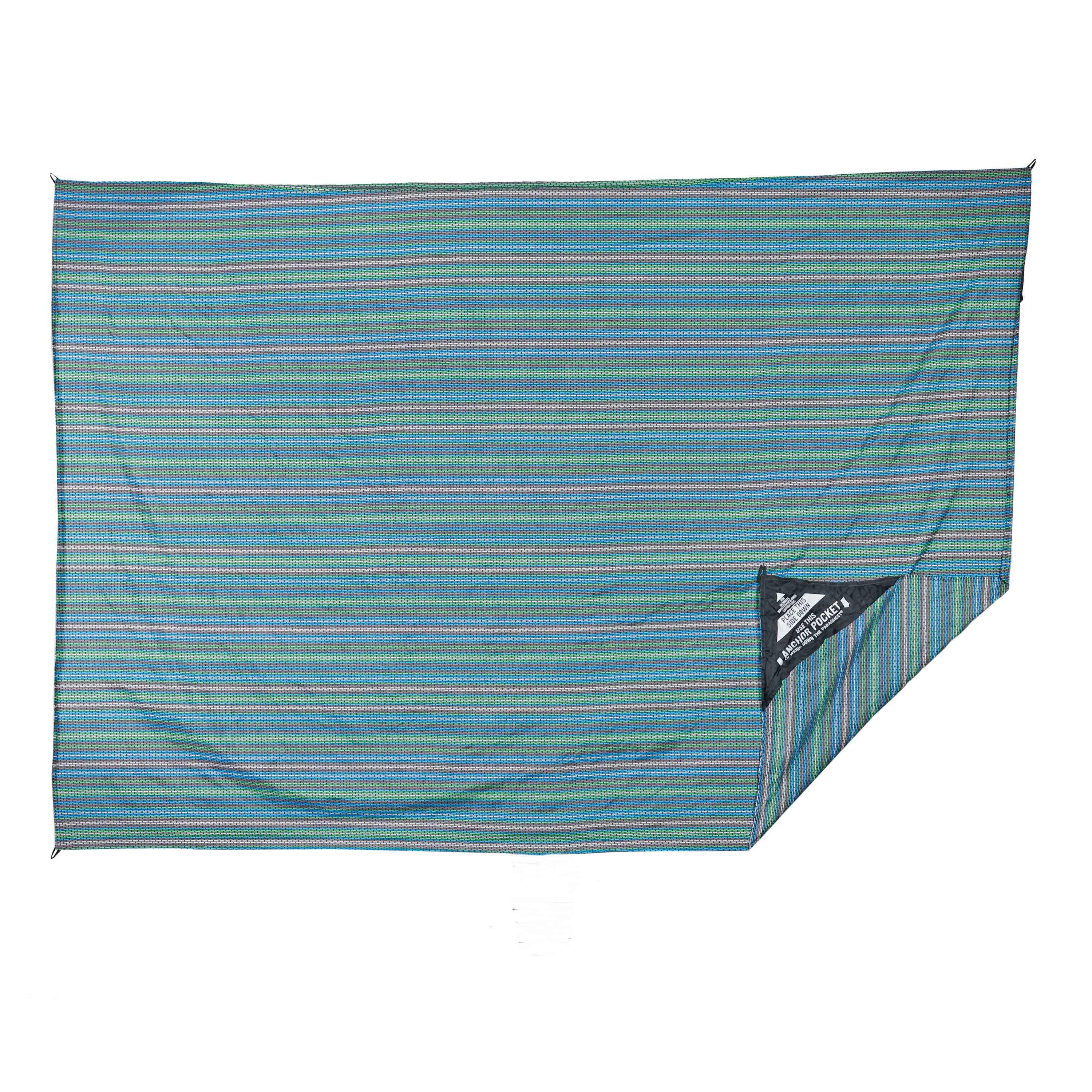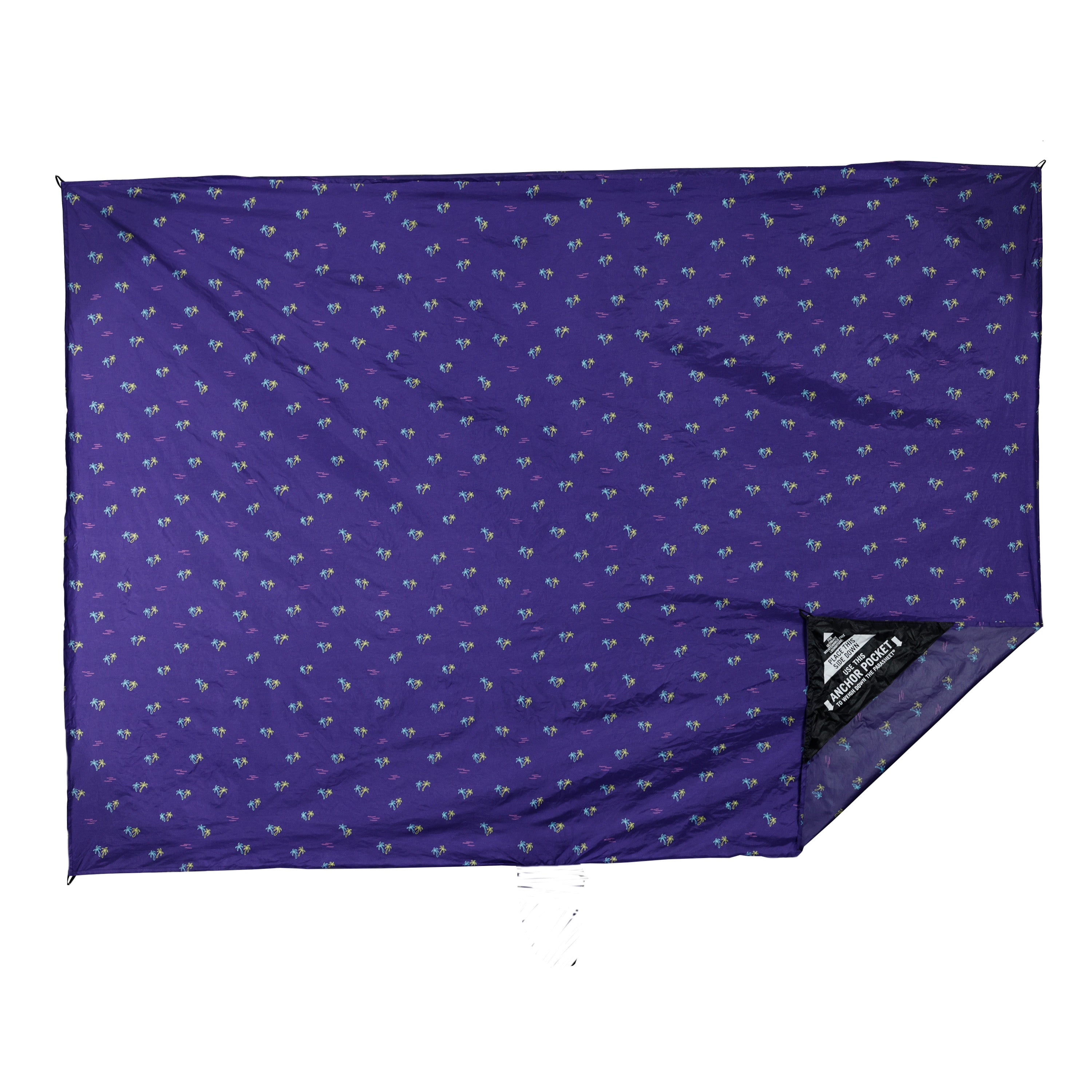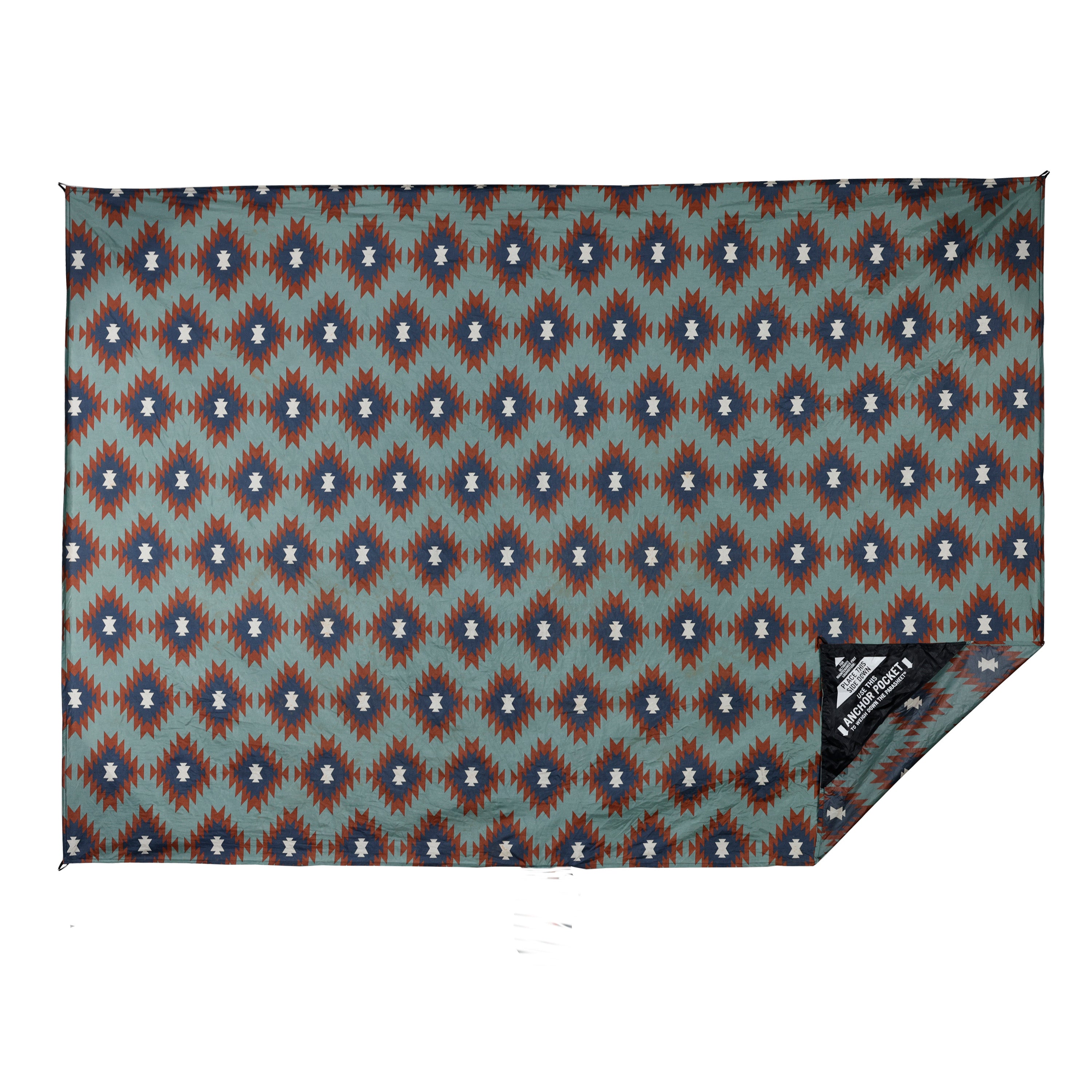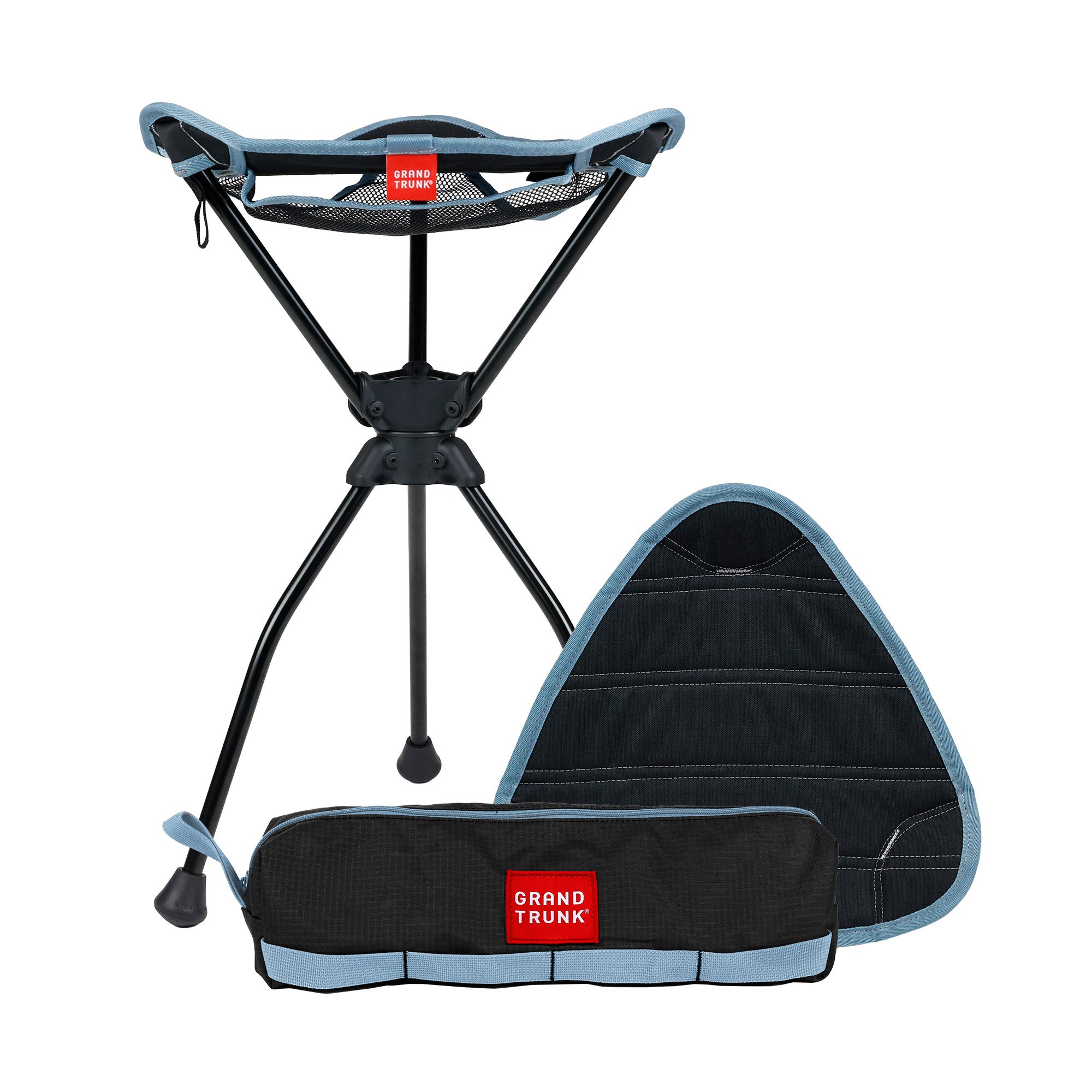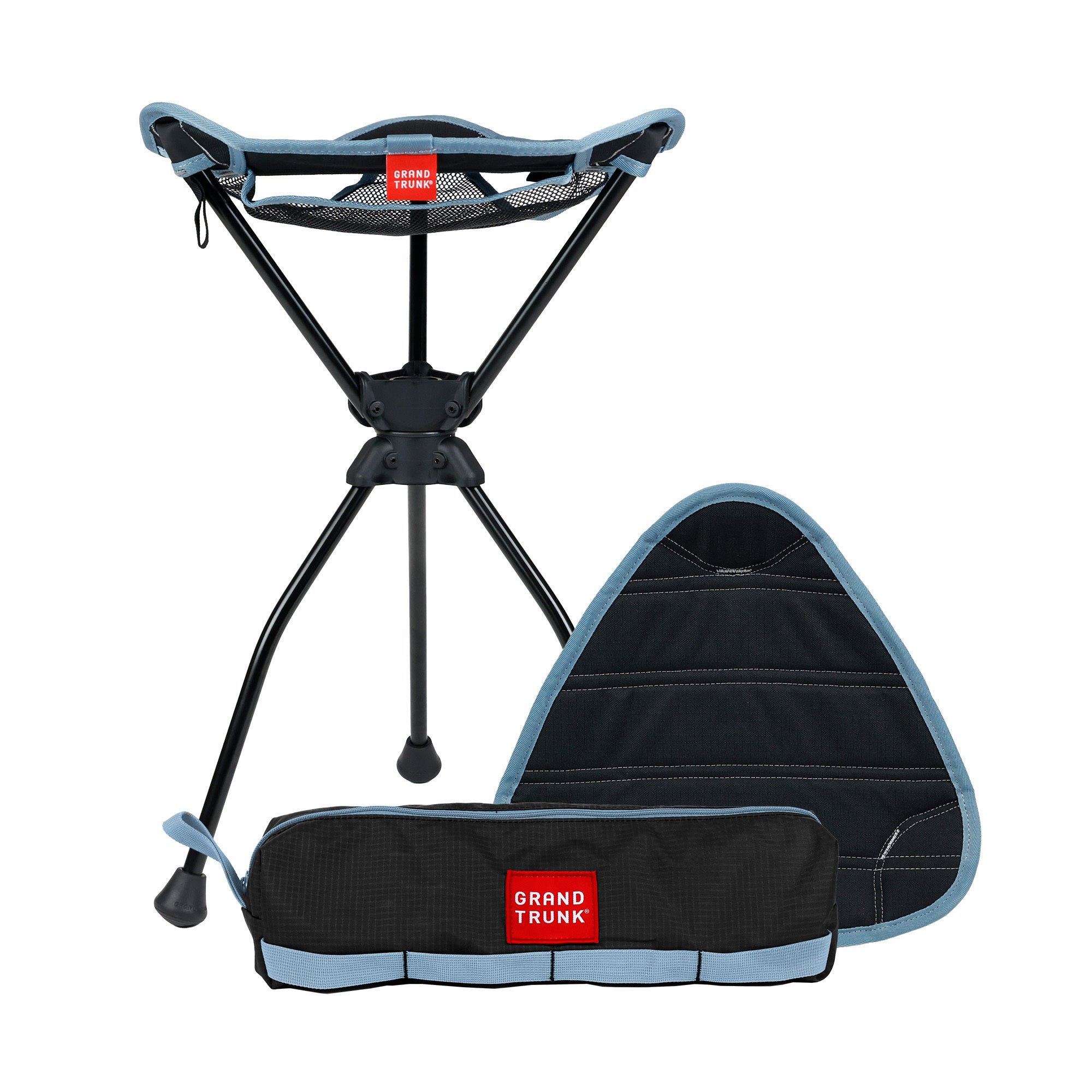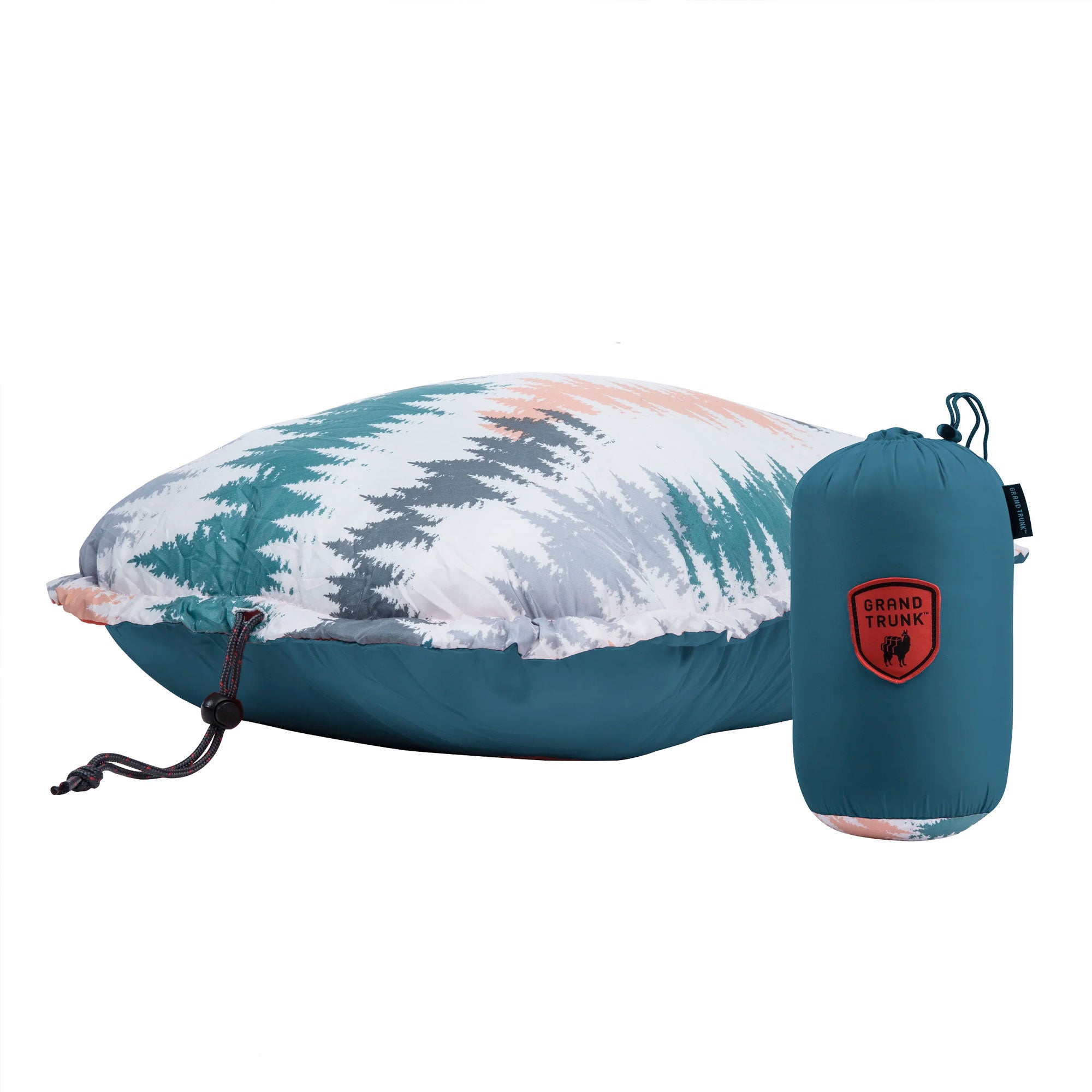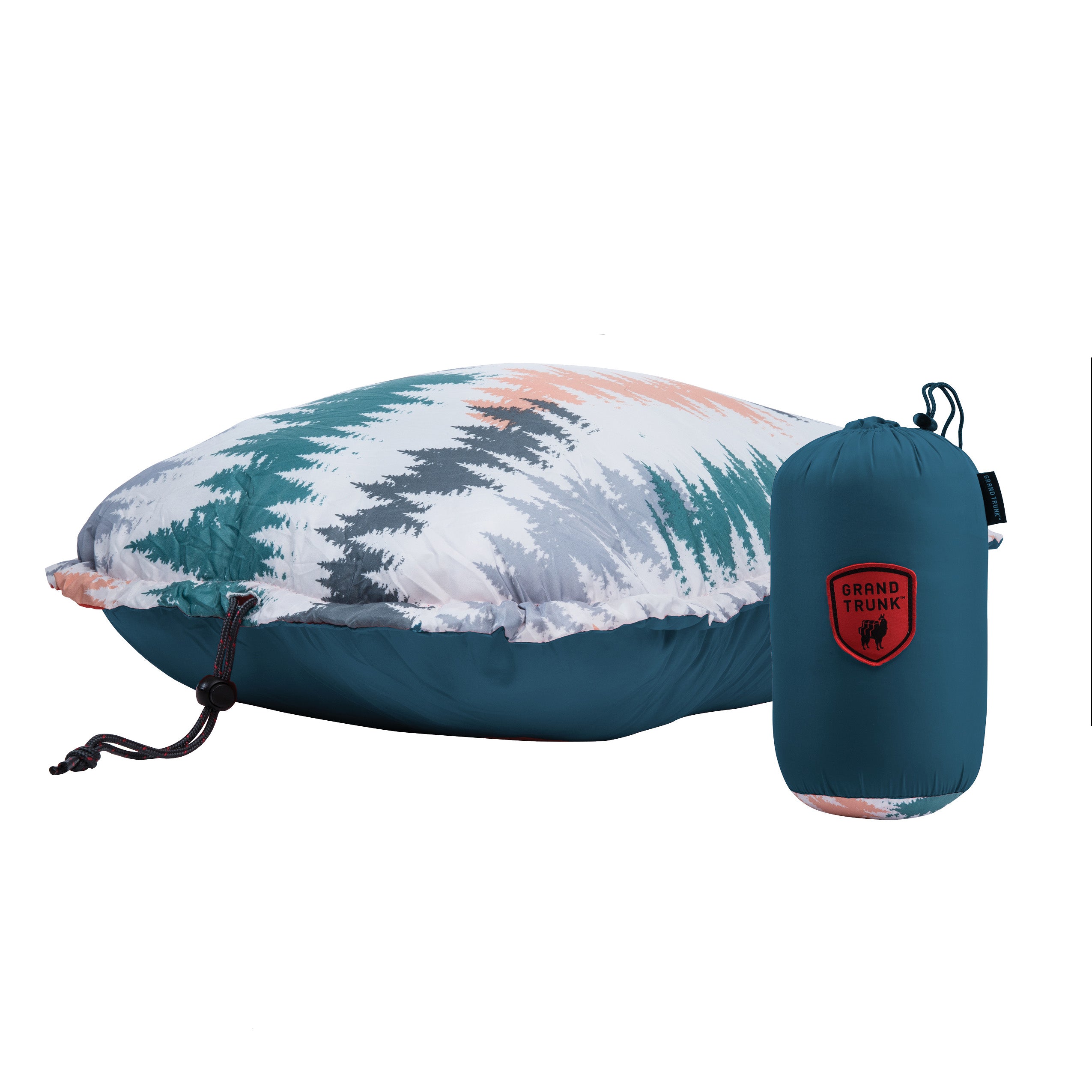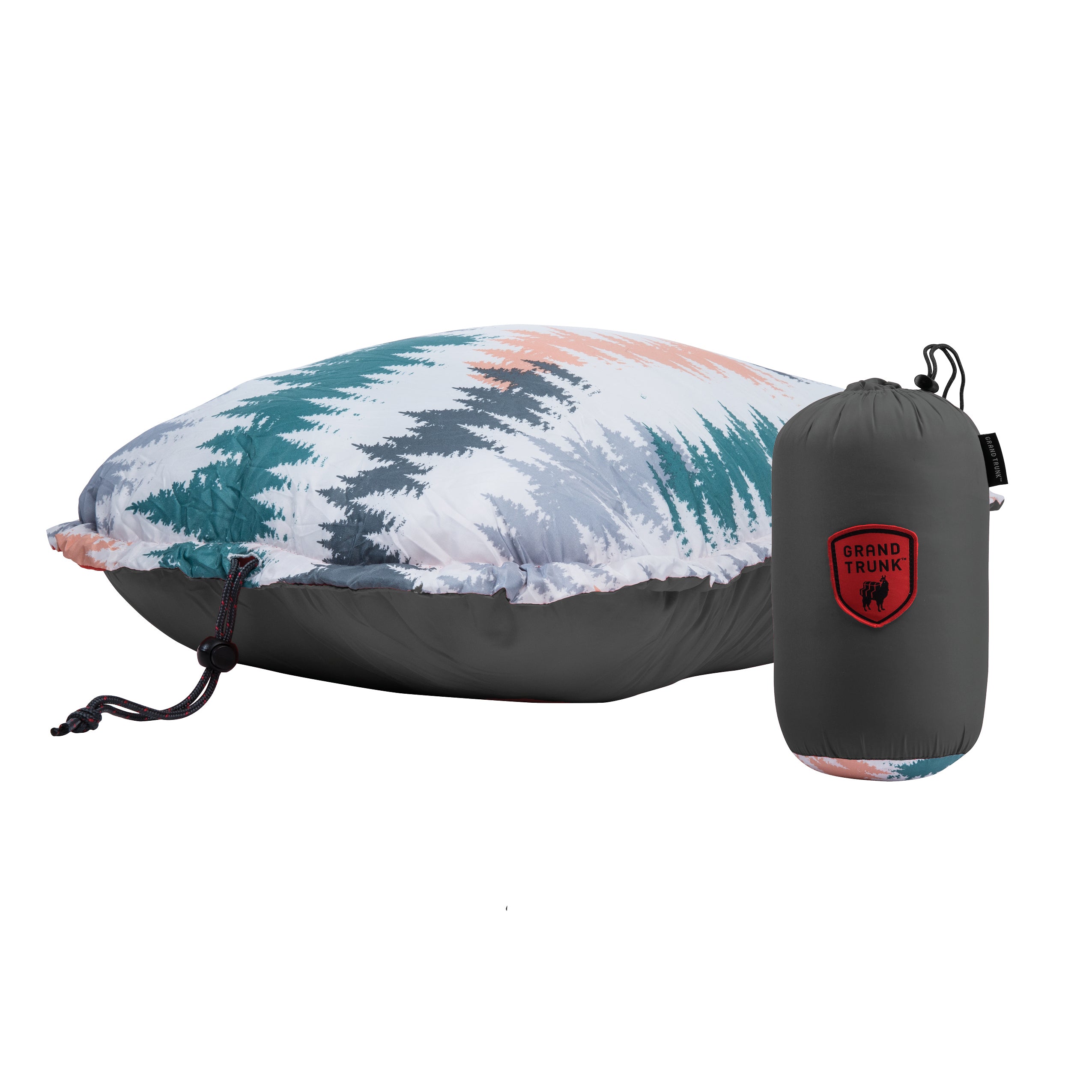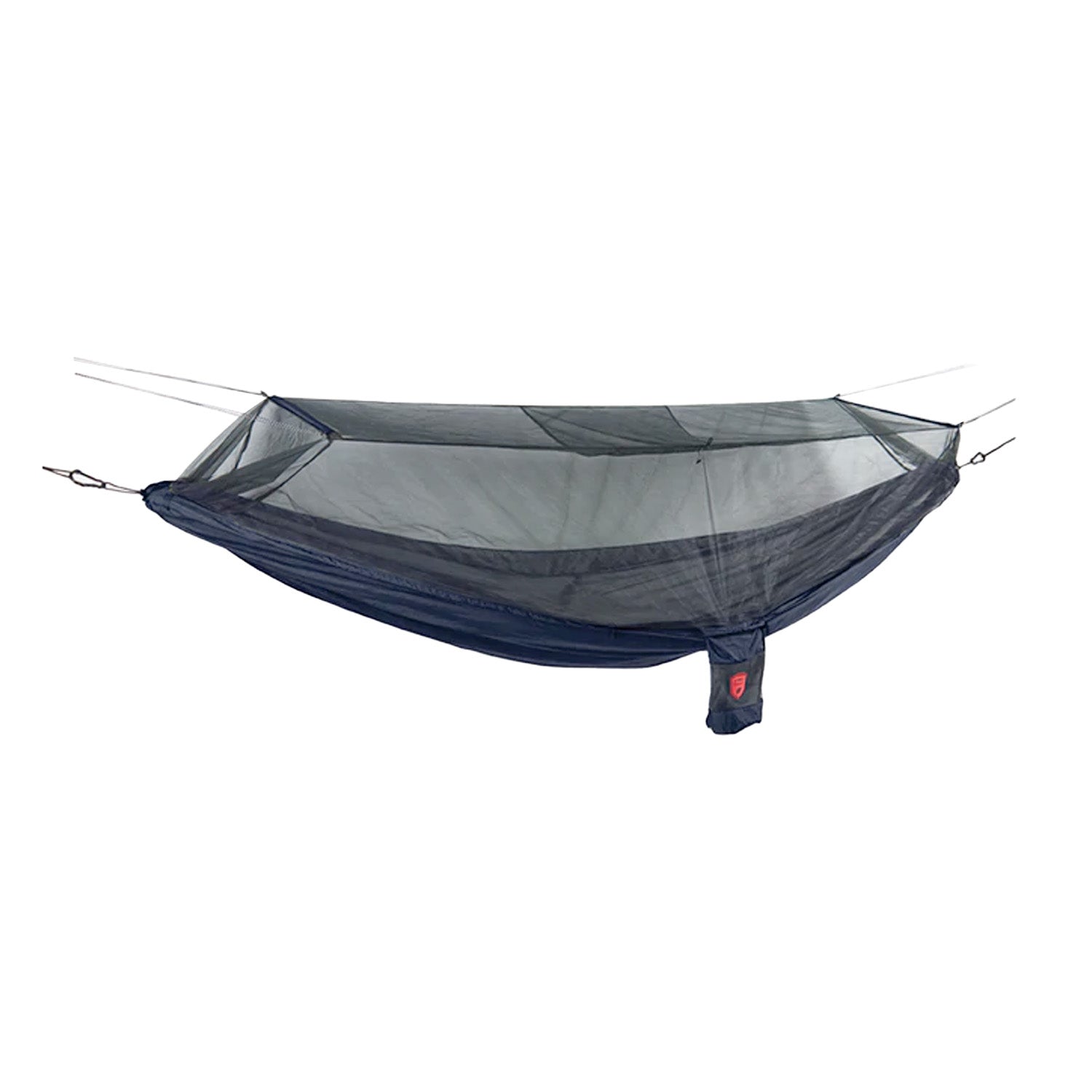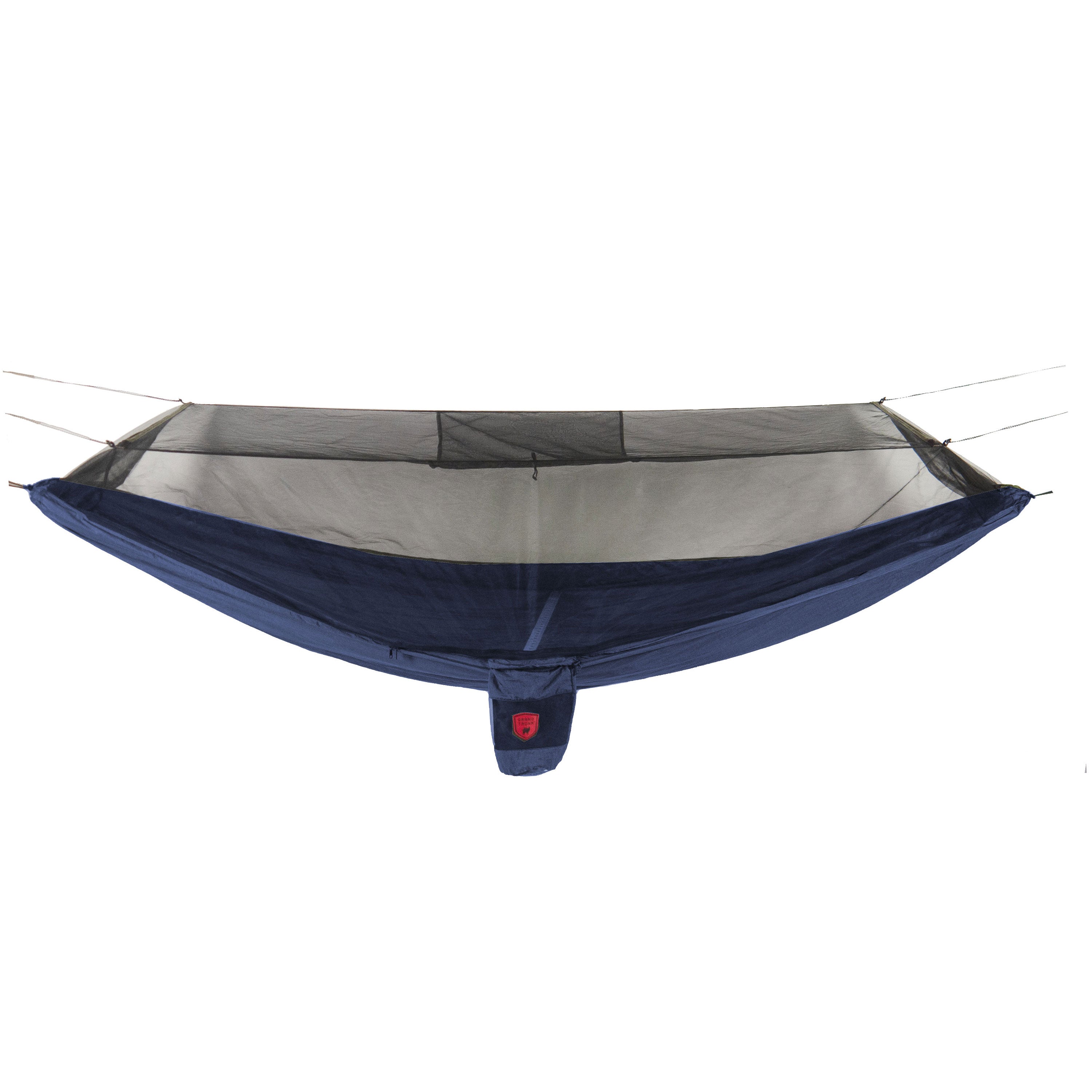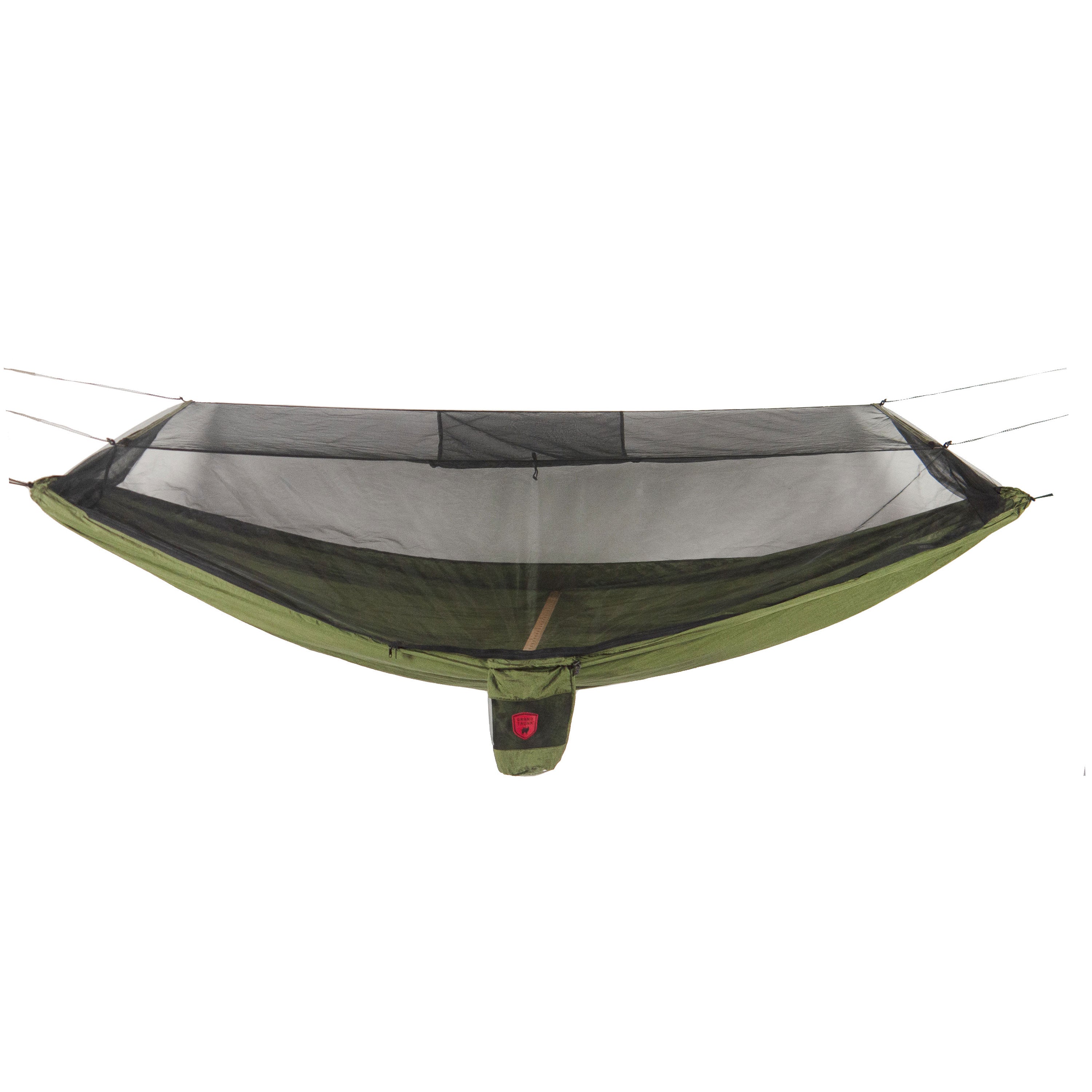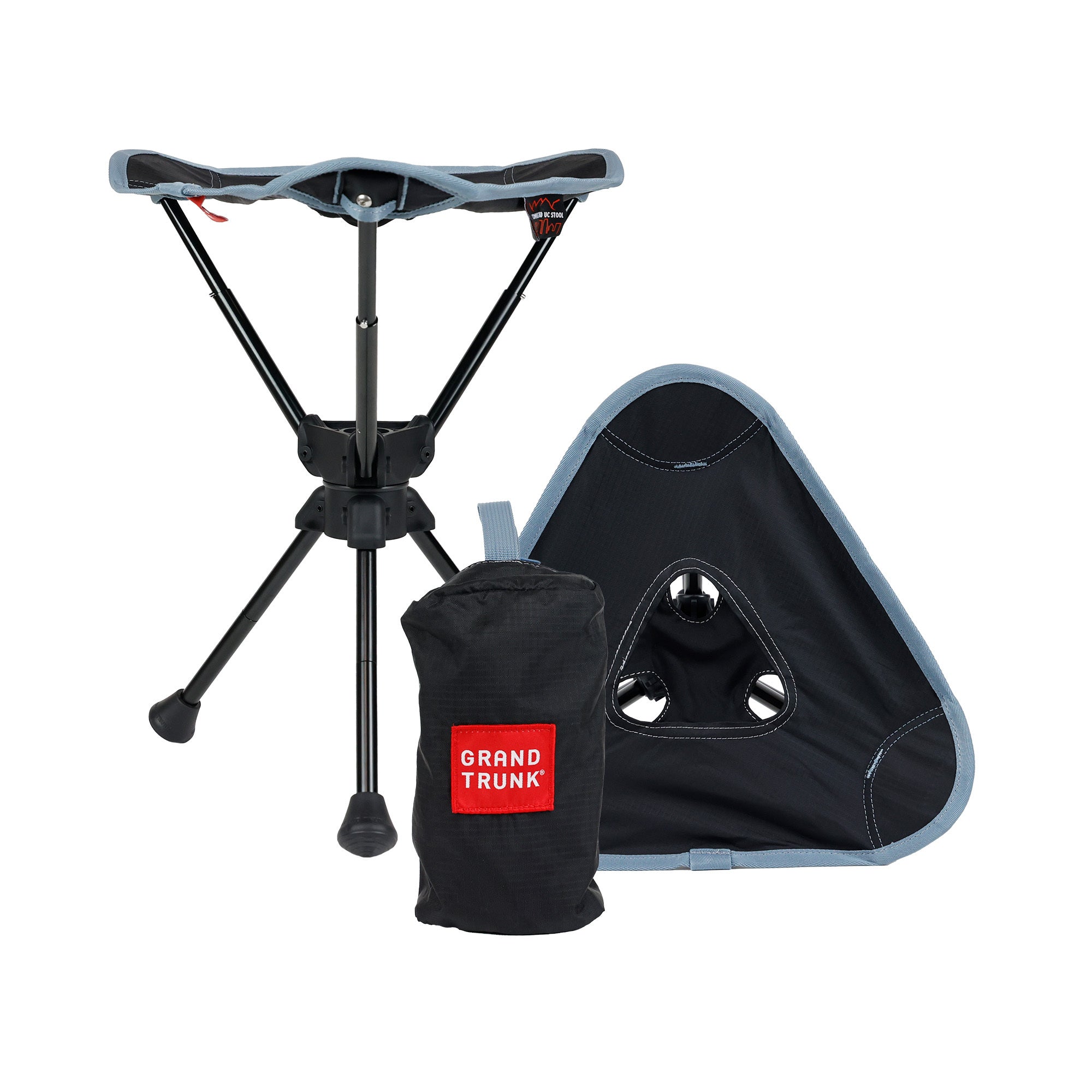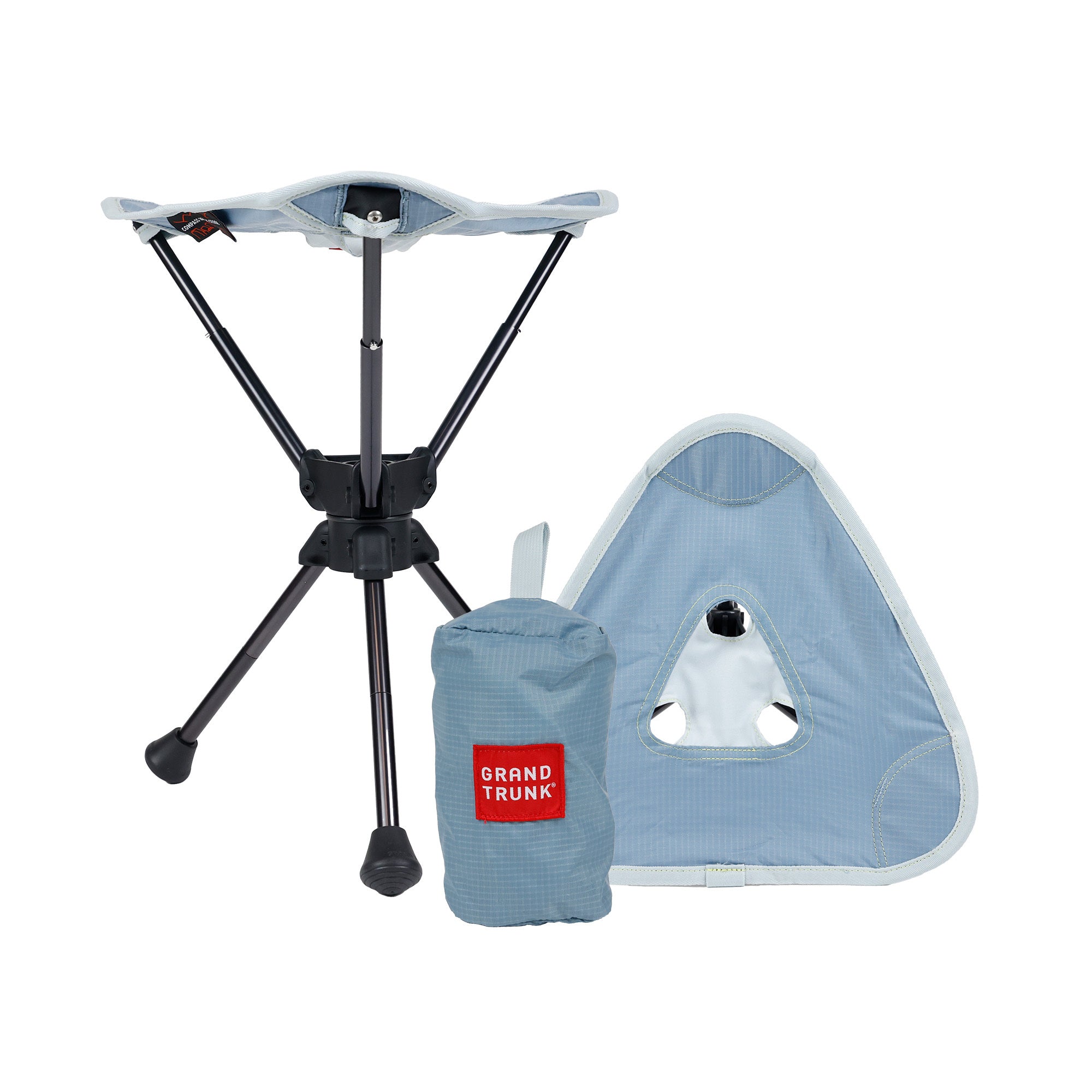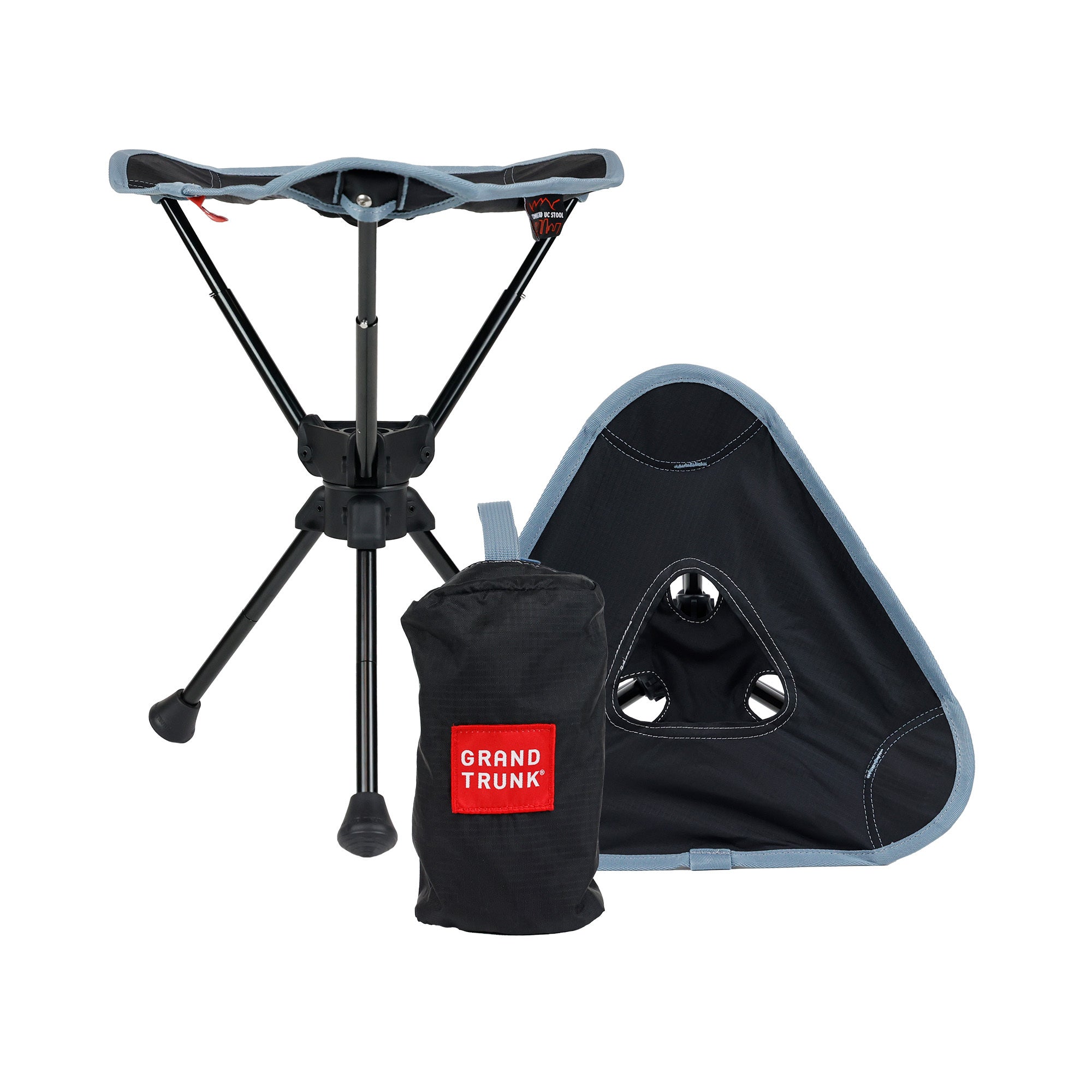Introduction to Hammock Straps
Adventure awaits in the outdoors, and a hammock allows you to explore and spend time in some of the most beautiful places in the world.
Before you go, make sure you have all of the necessary gear to hang a hammock! One of the first things you need to hang a hammock is a set of suspension straps.
Lots of outdoor enthusiasts assume all sets come with one set of straps, but they don't. If some sets do come with straps, they might come with starter rope straps. These are OK to get started but can damage the tree, be less eco conscious and might not be rated for higher weights.
Today, we're sharing the ultimate guide on why the right straps make all the difference while being good to nature. We'll also cover how to use them, what to look for as you shop, and where to find the best hammock straps on the market.
Why Does Hammock Suspension Matter?
Quite simply, suspension straps suspend your hammock in place. In other words, they're the accessories responsible for holding your weight as you comfortably and safely enjoy that swaying motion that makes lying in a hammock so enjoyable and relaxing. In addition to being more secure, the straps are generally a much quicker setup than most ropes.
Some sets come with a rope, but there are disadvantages to them environmentally and to the user experience. Read ahead to find out more.
For the best possible setup, we recommend our Trunk Straps. These are compatible with all the hammocks in our shop, including a variety of parachute nylon hammocks, as well as our legendary TRUNKTECH Hammock.
Spanning 10 feet long on either side, these hammock suspension straps include 36 different adjustment points to guarantee the perfect hang, every time.
Carabiners, or hooks, attach the straps to the hammock to create an all-in-one system that you can take anywhere. Most hammocks come with carabiners.
If you're ready to get outdoors and enjoy the fresh air, the correct straps and carabiners make all the difference in a safe and secure suspension.
How to Find the Right Straps for Your Hammock
Hammocks started in Yucatan Peninsula. They were made by tying makeshift material to a tree using a rope. Thankfully, the market has evolved since then. This evolution has taken place with a variety of factors like comfort, low impact, eco-consciousness, durability, body comfort, safety, versatility, show efficiency, modularity and cleanliness.
Over the last decade, many news flashes have shown injuries associated with ropes used as straps. They have been deemed to be potentially unsafe and not very secure. In addition, they can also damage the tree you're hanging on, cutting into the bark and damaging it. This happens by fostering the tree bark to begin rotting, potentially inflicting diseases to 100-1000-year-old trees. Eco-consciousness with world guardianship responsibility has been huge and trunk strap evolution began taking shape.
For this reason, many state parks will actually mandate that anyone using a hammock have the right straps. If this is the case, you'll usually be required to use ones that are at least one inch wide. This ensures enough surface area contact to distribute the weight and prevent tree damage. In some cases, you will need a two inch strap, like the ones included with our Double Deluxe Hammock.
That said, if you're investing in a new nylon hammock, quality straps are a must-have. Makeshift suspension systems are never a guarantee, and it's time to take a closer look at quality. You should also consider safety, least-damage eco-footprint, situational adjustability, wash ability, setup ease score and longevity.
As you begin your research, it helps to know the key features to look for in your next pair of hammock straps. Let's take a look at the main ones to keep in mind.
Length of Straps
Notice the different lengths of different straps. In most cases, longer straps are more preferable. This way, you can rest assured that you'll be able to use your hammock even if the tree trunks are larger or farther apart than you expected.
As mentioned, our Trunk Straps at 10 feet long on either side. That's plenty of room to adjust to your needs. Most national parks have a high density of trees, so 10 feet is an industry standard. This satisfies the highest requirements requests from outdoor enthusiasts.
Weight Capacity
Of course, you need hammock straps that can hold as much weight as you plan to put on them -- and then some! Be sure to compare the capacity of each option so there are no surprises. Please note the weight capacity of your hammock, as well as the angle that the straps make with the ground. You should aim to get an approximate 30-degree angle while adjusting your hammock sag height 18” from the ground. Typically, this means the straps are placed around six feet from the ground on the tree. Tip: Use a small bag or pack in the hammock to give you an idea on where to adjust the strap height.
The weight capacity of our straps is 400 pounds total. This means that both of your anchor points should be able to hold up to 200 pounds. Although this suspension system is extra strong, it's surprisingly lightweight. This makes it easy to transport on even the longest hikes.
Surface-Friendly Design
If possible, look for hammock straps that feature a tree-friendly webbing design that you can feel good about using for years. At one inch wide, our Trunk Straps are designed to protect the integrity of any anchor point you're hanging from, including trees. Thinner straps can cause the majority of your weight to be concentrated in a small area. This can cause the straps to dig deeper into the tree and inflict unnecessary damage to the bark. This could result in visible compression marks and exposure to insects and disease.
In addition to Trunk Straps, we also offer our Tree Slings hammock hanging kit. Offering the same amount of length and the same weight capacity as Trunk Straps, the Tree Slings include 24 inches of nylon webbing for essential tree protection. These wide slings will help to preserve the integrity of the tree while ensuring recreational areas are eco-preserved for years to come. Compatible with most hammocks on the market, these straps feature a special tree protector that meets the width requirements established by most state parks!
Adjustability
A hammock that hangs just right for you might not be the best fit for someone else. That's why your hammock straps need multiple adjustment points.
Using these points, you can reposition the hammocks just slightly, tweaking them until you find the perfect fit. Our Trunk Straps contain 36 separate points, so you can make as many micro-adjustments as you need to, while ensuring safety. Likewise, our Tree Slings are pre-knotted and include five adjustable suspension points.
Colors That Coordinate
No, the colors of your hammock straps don't have an impact on their quality or function. Still, it's fun to find straps that coordinate with your hammock, or contrast it beautifully! Our Trunk Straps come in a variety of colors, so you're sure to find a pair that looks great with your whole hammock setup. In addition to looking great, bold and bright straps also make your hammock more visible. This makes it easier for others in your party to see the location of your campsite or chill spot.
Travel Accessories
Yes, there will be plenty of times when you just want to set up your hammock under your backyard shade trees. In this case, travel accessories don't exactly matter. However, you'll be thankful for them when you're packing for an overnight backpacking trip and you have to haul your gear on your back the entire time. In those moments, you'll want straps that are not only lightweight but that travel well, too. Look for ones that fold easily into a small sack. These take up little real estate in your pack, enable you to make room for other essentials and make it easy to keep all of your items contained.
Hammock stands are a great addition to go with your portable hammock. If you are car camping and go to relax in an open area, you can quickly get up and running, watching the view with no anchor point concerns with the hammock stand setup.
Lifetime Warranty
You aren't buying hammock straps to last you one season, or a few overnight camping trips. Rather, you're investing in the best pair you can buy so they'll last you for years. You've got lots of miles to traverse and stunning sights to see, and you need straps that can keep up! That's why it's best to look for a brand that will offer a lifetime guarantee on their products. This way, if anything happens to your straps, they should quickly replace them and you can move onto your next adventure.
How Far Apart Should Your Trees Be?
Eyeballing a few trees and trying to figure out if they're an ideal width apart to accommodate your straps? Before you assume, go ahead and do a few quick calculations. Before you set out, you should know the width of your anchor points. You should also measure the total length of your hammock plus the combined length of both of the straps.
For instance, our Trunk Straps are 20 feet long in total (10 feet each). Say you pair these with our Double Deluxe Parachute Nylon Hammock, which measures 10’6” in length. It can be helpful to use a good hammock hang calculator as there can be a lot of variables between sag, depth, stretch, tree distance etc. Combined, your hammock setup can be variable depending on how you set it up for comfort. In this example, you have just over 25-28 feet in length to play with. However, it's important to remember that each strap has to wrap around each anchor point. Safety Note: It is critical you use the hammock hang calculator to ensure you are imposing the right stresses and staying within the recommended weight limit. See our Hammock Hang Calculator page for more safety rules and proper setup variations.
If you're using tree trunks, for instance, you'll need to measure the width of each one to make sure you have enough strap length to create a tight and secure loop around it.
To ensure you have proper sag in your hammock, a general rule is to set up your straps higher on the tree as you move further apart. Be sure your hammock doesn’t sit higher than 18 inches off the ground once you’re in it. Induce a sag: You can throw a duffel bag or some kind of small 2 lb+ weight to emulate an occupied hammock.
Work backward from your maximum length and take into account how much strap you'll need to loop around the anchor point. This can help make sure you're properly positioned. Again, using the calculator is the best way and it is easily accessible on your mobile or laptop.

How To Use Your Hammock Straps
You did your homework and found the best straps on the market. Now, it's time to use them! While hanging a hammock properly can come naturally after a couple of uses, you want to make sure you're doing it the right way.
One of the most important things to remember? Don't attach your hammock until the very last step.
Trying to hook everything up at the same time can make it difficult to ensure the correct placement for your straps. Knowing this, let's walk through how to use your straps the right way.
Step 1: Find the Anchor Point
First, find your anchor point. This can be a variety of sturdy hang points on different trees (We only recommend strong trees), but it needs to be secure and capable of holding the weight you plan to put onto it. We recommend trees or posts be a minimum of 6" (15 cm) or more in diameter. Note: Using any other anchor point other than trees is not recommended but hang users have reported using other anchor points, this again is strongly not recommended keeping safety in mind.
Hammocks can put a lot of pressure on tie points, this is why hooking it on things can continually spark a major safety concern. News articles are filled with collapsed patios, property damage and bodily injury due to unstable anchor points usage. This is Grand Trunk does not recommend any other anchor points other than trees found in national parks and nature, or on a hammock stand.
Hanging in irresponsible or high-risk places can be cool for pictures but can cause you to get hurt or injured. Hammocks can be hung safely to proper anchor points to achieve good camping and versatile outcomes. Tying anchor points too far can cause the hammock to be birthed with small tears. Being safe will ensure you are continuing to enjoy time with your family exploring and going places many have not ventured out to.
Make sure the weight capacity of the anchor point exceeds the cumulative weight capacity of the straps you're using. A little misunderstood part of hammocking is the physics behind the weight-bearing load you’re putting on each of your straps.
Hammocks should be hung at about a 30-degree angle. When a hammock dips at an angle it’s called “sag”. The less sag that you have in your hammock, the more pressure on your hammock, suspension, and anchor points.
Again, feel free to use the hammock hang calculator from The Ultimate Hang.
Step 2: Wrap the Straps
Next, you're ready to wrap your hammock straps around the point. Remember, in order to achieve the right angle and sag in your hammock, hang the straps higher on the tree if your anchor points are further apart.
Remember that for your safety, the lowest portion of your hammock should never hang more than 18 inches above the ground. Use the built-in adjustment points integrated into your straps to make sure this is the case.
Step 3: Loop Each Strap
From there, you can loop the strap for a tight fit. Many strap manufacturers will have a specific marking on the strap that helps you gauge where to make your end loop.
On our Trunk Straps, you'll see a logo patch near the main loop point. Make sure the loop closest to that logo patch is nearest to the tree or anchor point. Then, swoop the opposite end of the strap with all the adjustment points through that end loop.
Step 4: Ensure a Snug Fit
With the strap loops in place, pull tightly on each strap. This helps to ensure against any slippage and allows you to easily identify if there's a part out of place.
Also, be sure the strap won’t be rubbing against anything else that could slowly cause damage to the straps as you move in your hammock.
Step 5: Attach Your Hammock
Finally, you're ready to attach your hammock! Before you do so, take the time to thoroughly inspect it for any holes, rips, tears or other defects.
Use the carabiners or clips included with your straps or hammock to hook it to the straps. Next, ensure your hammock isn’t hanging over anything dangerous and is no more than 18 inches off the ground when sitting in it like a chair. (Safety Note: The carabiners need to be rated for hammocks or stronger, so be sure to purchase these from the hammock specialty sites or stores, in case you need extra)
Now, you're ready to hang!
Get Your Hammock Straps Today!
Whether you're gearing up for an epic hike or you simply want to relax in the yard, you need the right hammock straps for the job. This is an investment that you can research once and enjoy for years to come!
Ultimately, the best straps are those that you're comfortable using over and over again.
Look for ones that match your personal style, as well as those that meet the weight capacity and length requirements that you need. In addition, prioritize any that offer a tree-friendly design, so you can use them consciously.
Our Tree Straps and Tree Slings meet every requirement on this list, and then some. Feel free to browse our full collection of hammock suspension products, as well as nylon hammocks, bug shelters, and hammock stands. If you have any questions, feel free to reach out to our team.


